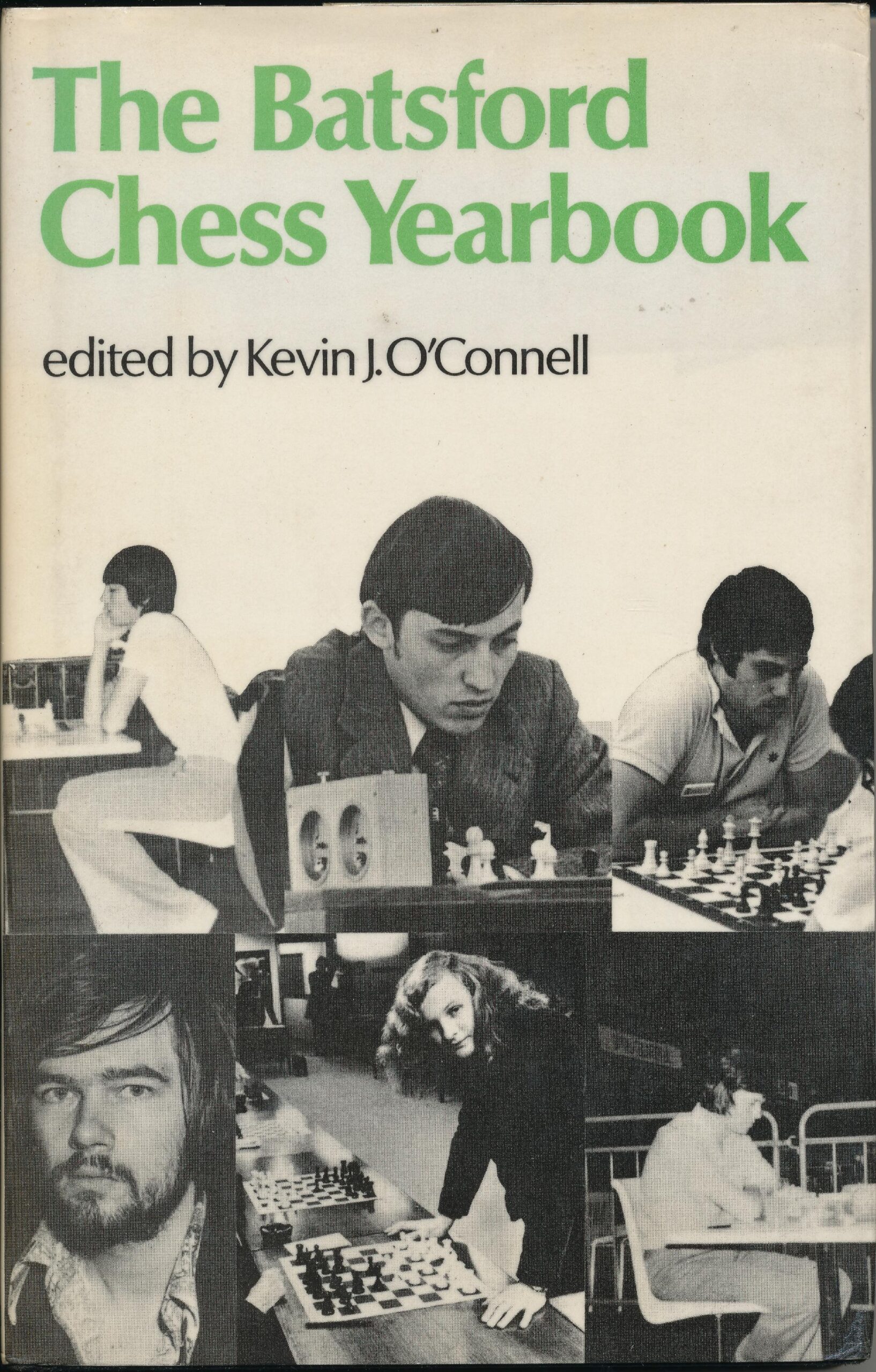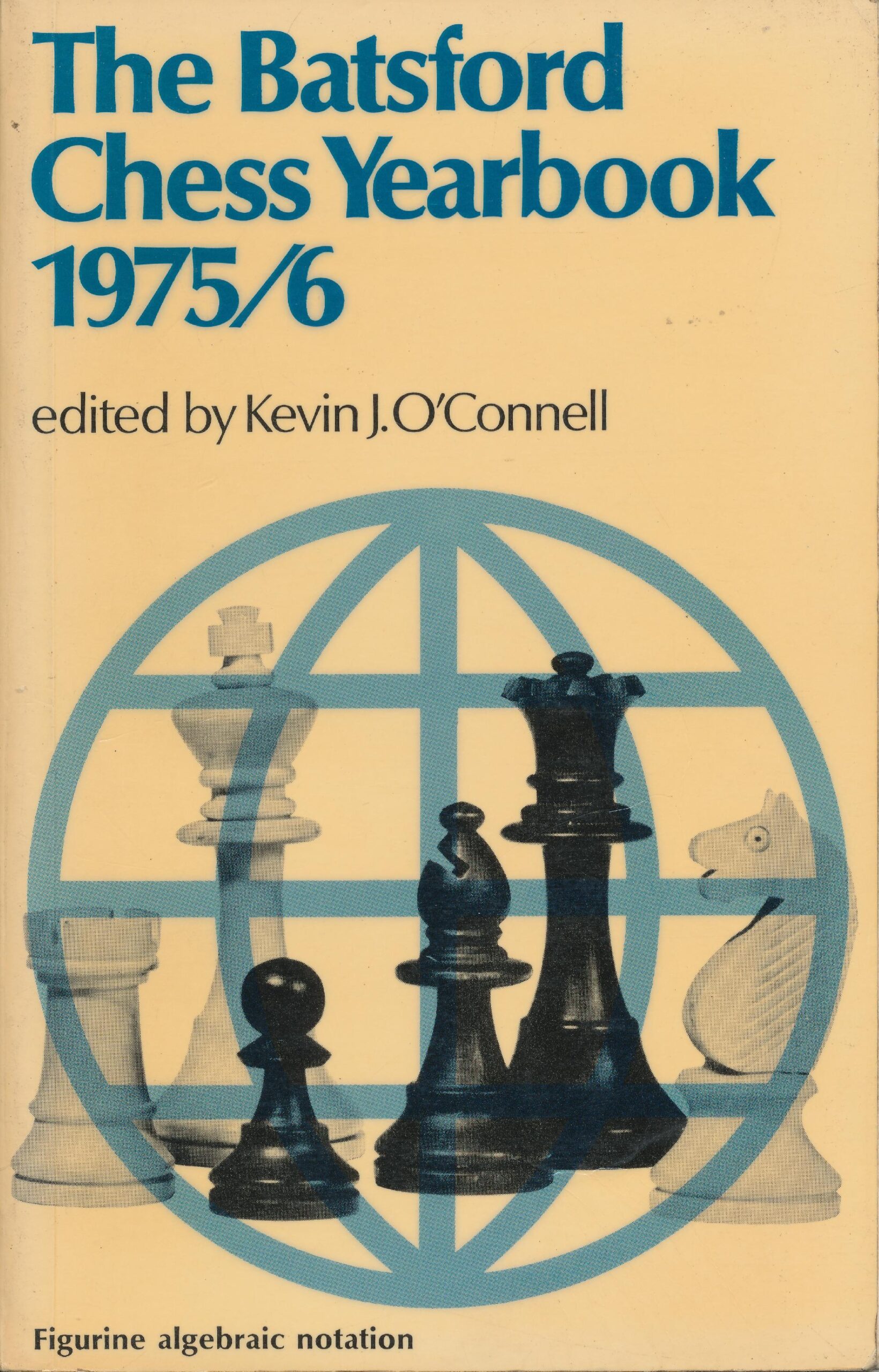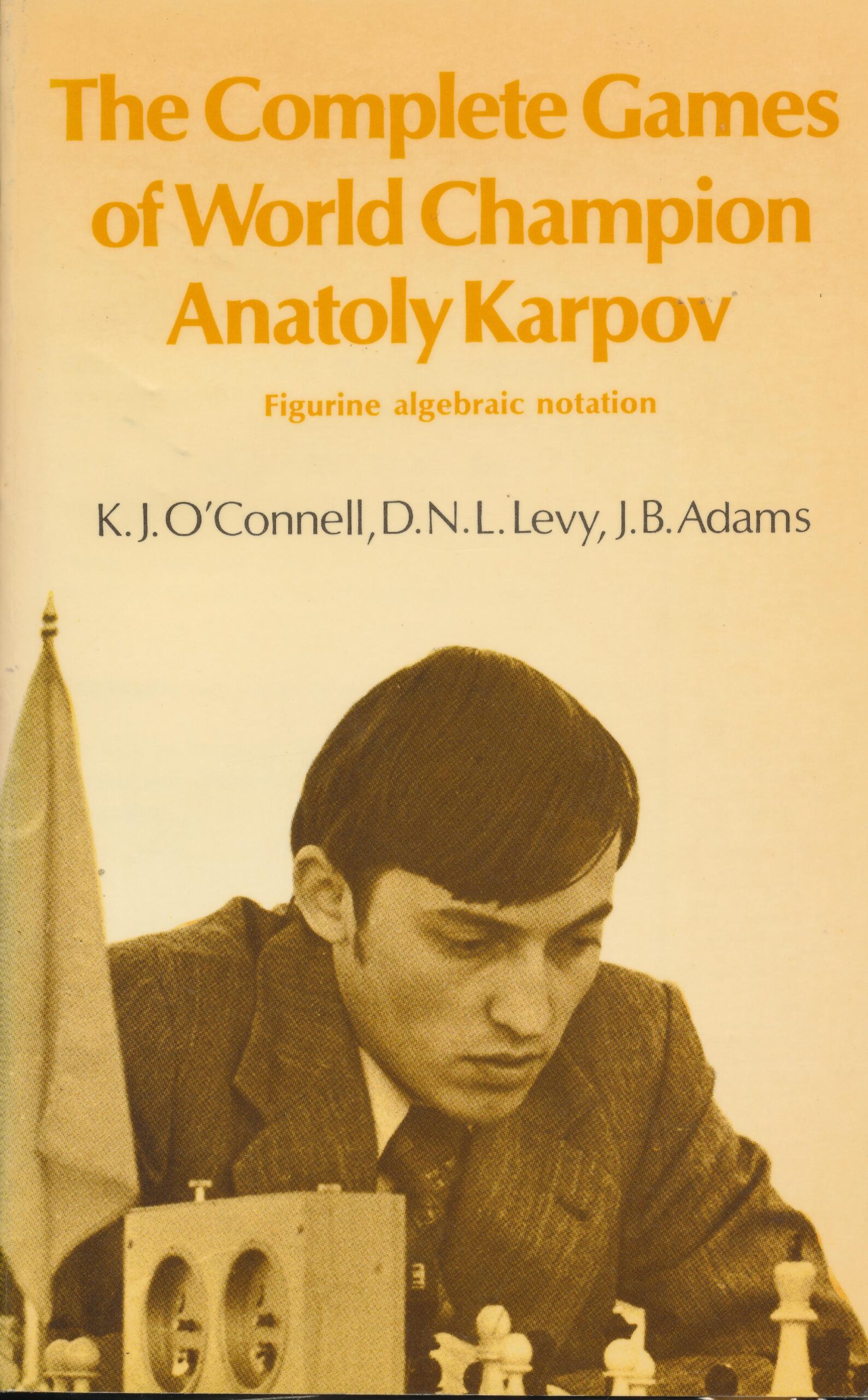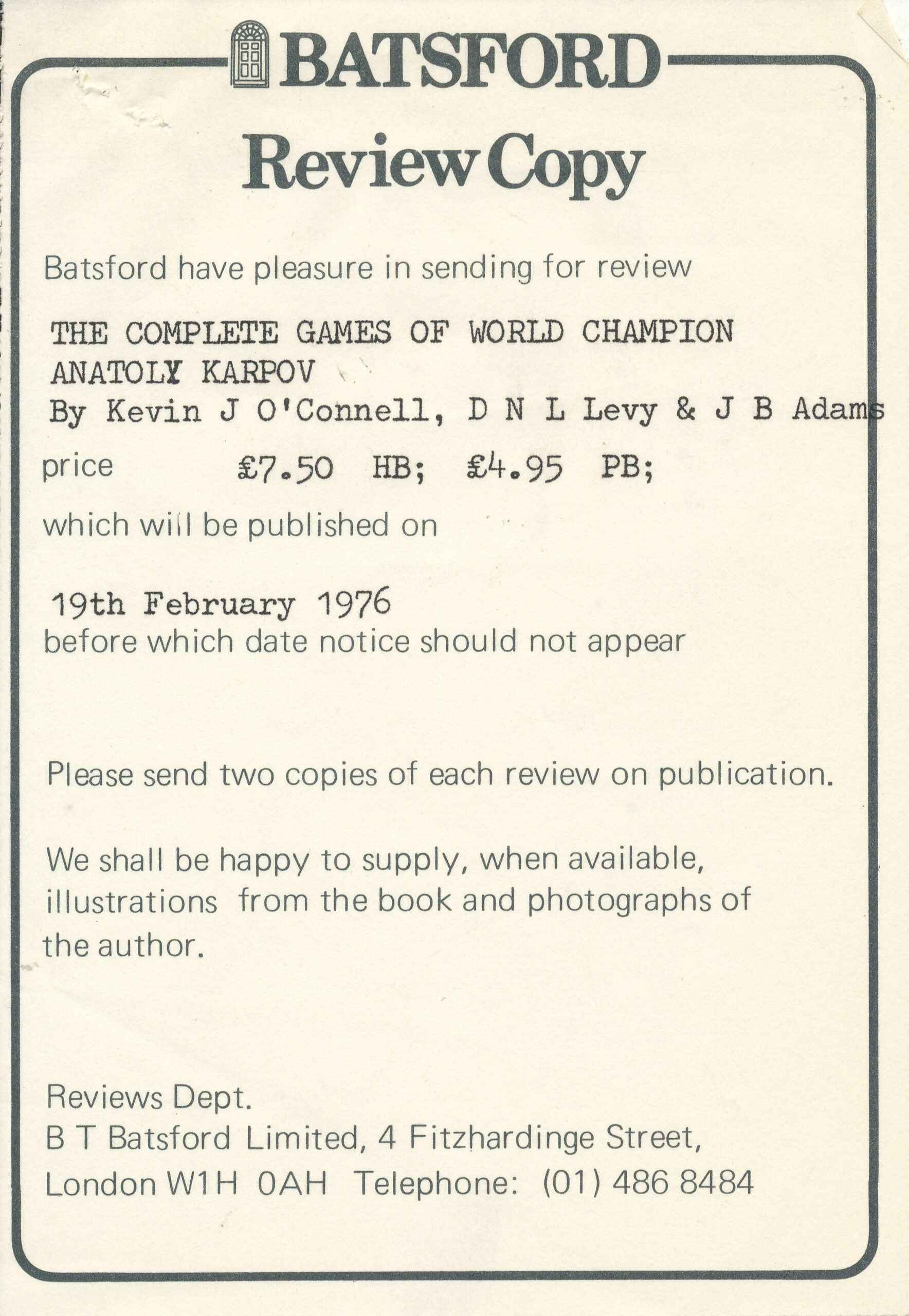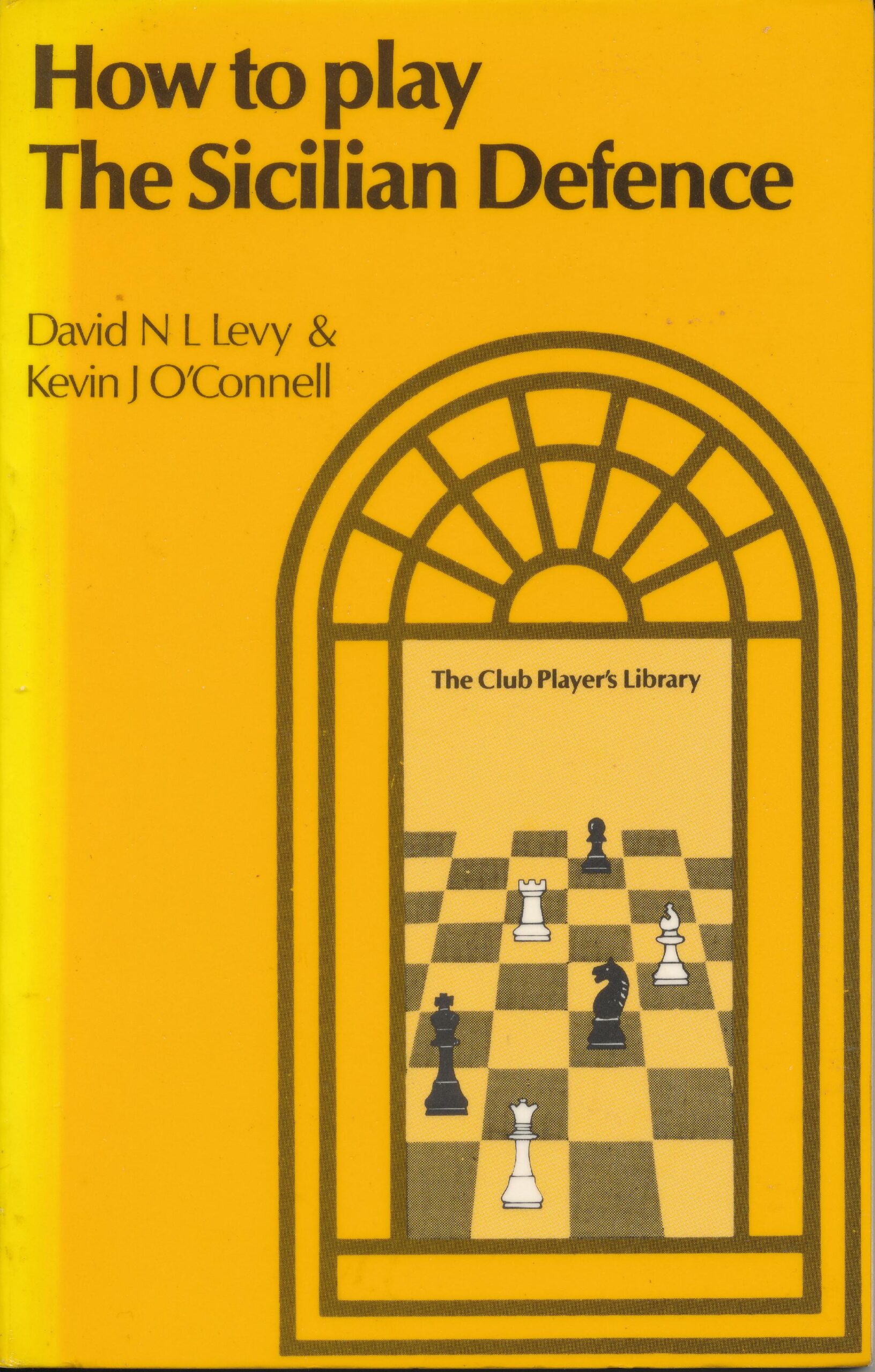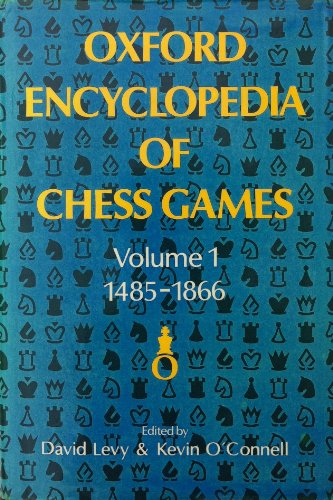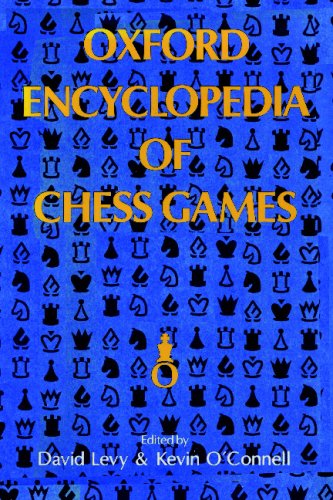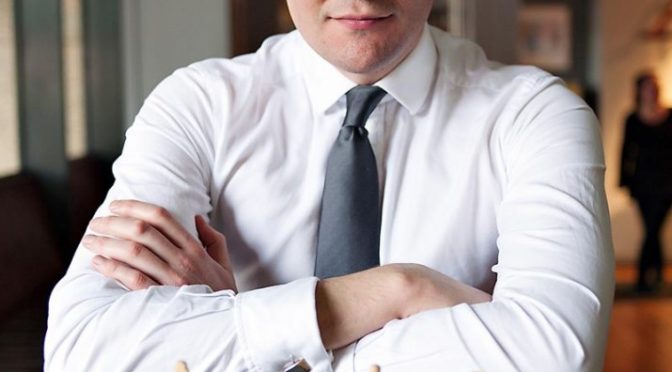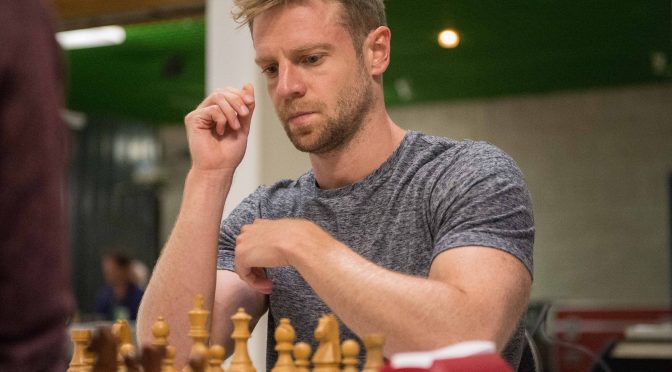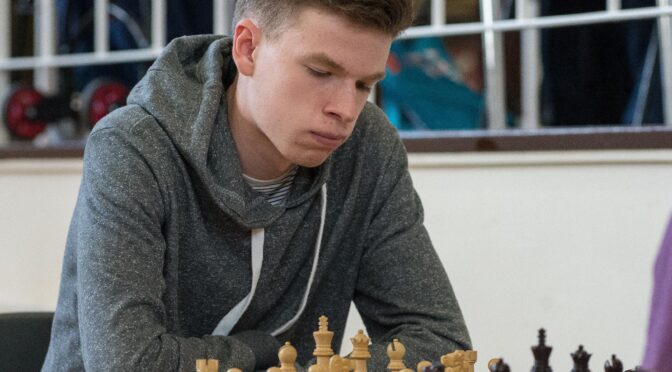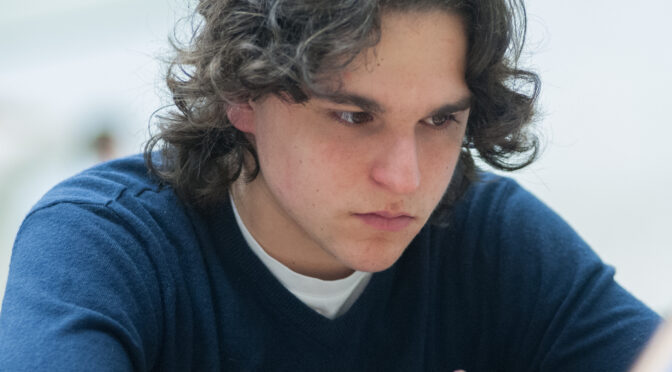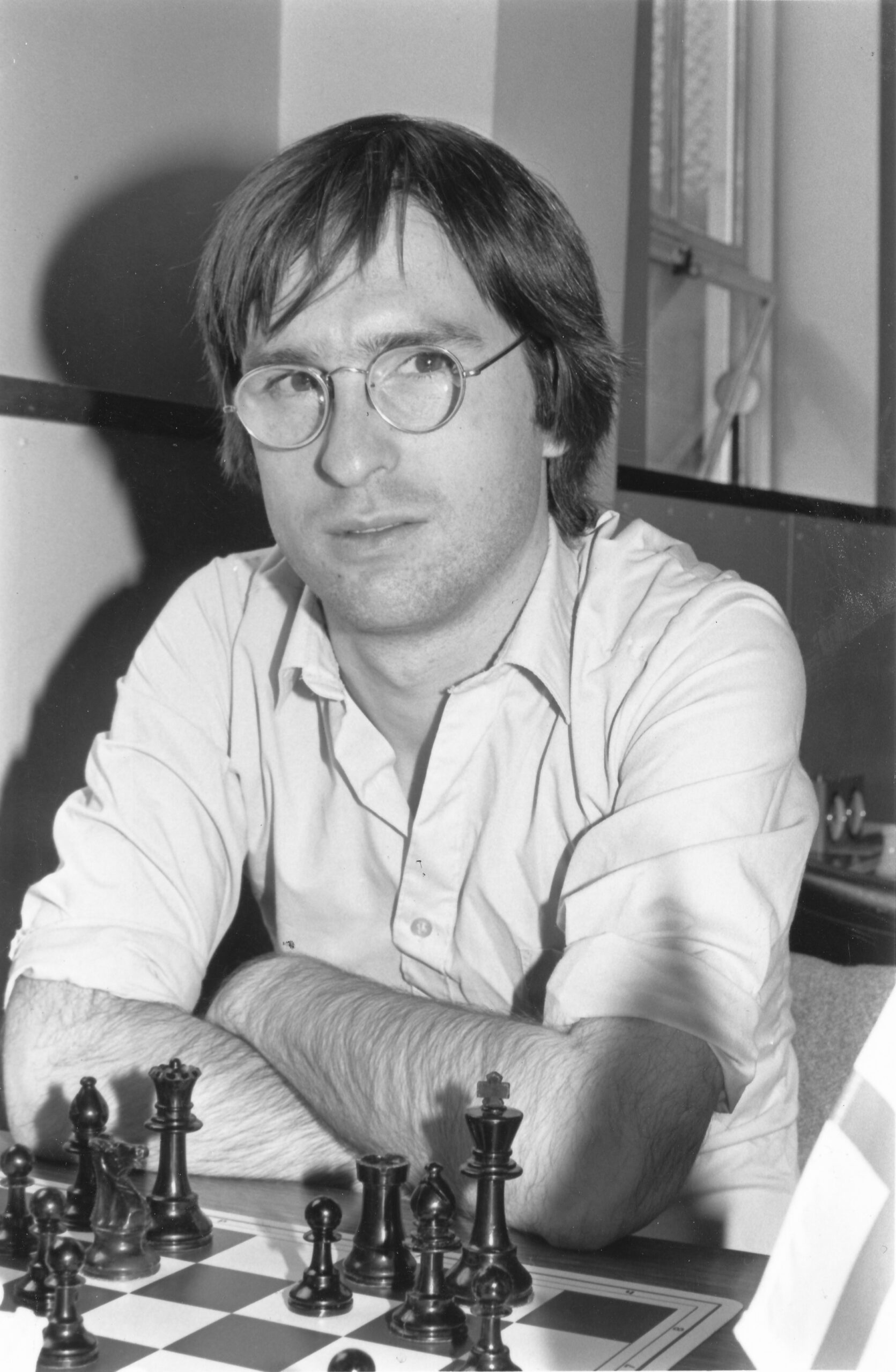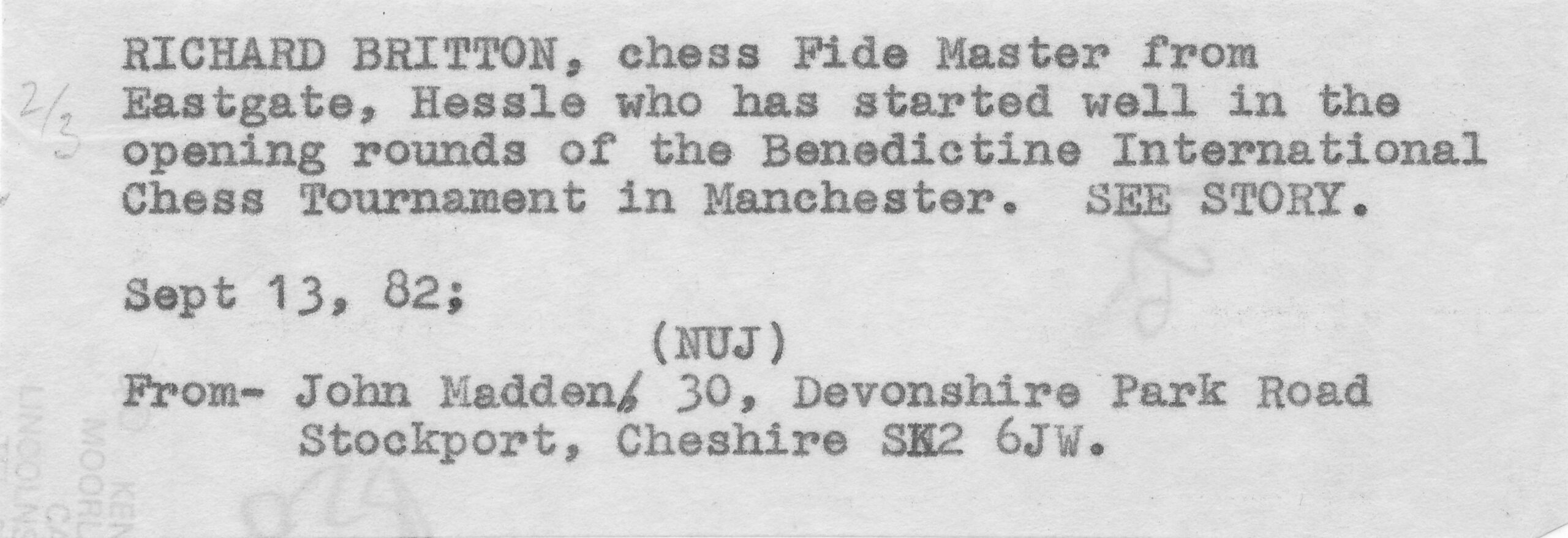Remembering William Ewart Napier (17-i-1881 06-ix-1952)
Category Archives: Player
Happy Birthday IM Lorin D’Costa (05-ix-1984)
We wish Happy Birthday to IM Lorin D’Costa.
Lorin Alexander R D’Costa was born on Wednesday, September 5th 1984. “What’s Love Got To Do With It” by Tina Turner was number one in the UK singles chart. His mother’s maiden name was Antheunis. He studied Dutch and Management at University College, London. See here for an interview.
According to Wikipedia : “Lorin is a masculine given name. The meaning of Lorin derives from a bay or laurel plant; of Laurentum (wreathed/crowned with laurel). Laurentum, in turn is from laurus (laurel), from the place of laurel trees, laurel branch, laurel wreath. Laurentum was also a city in ancient Italy.”
Lorin was born in Lambeth, London and became a FIDE Master in 2004 and an International Master in 2008.
His first ever BCF/ECF grading was 36D in July 1994 aged 10 but his grading very quickly improved :

His peak FIDE rating was 2485 in April 2009.
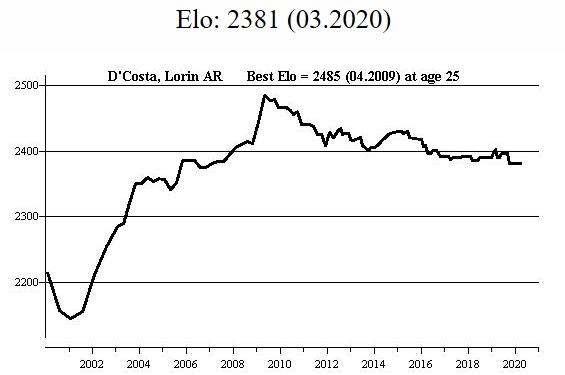
Lorin has the unique distinction of gaining the title of “Strat” four times for winning the UK Chess Challenge Terafinal in 2000, 2001, 2002 and 2003. Only four other players have won the title more than once : Peter Poobalasingam, Félix José Ynojosa Aponte, Marcus Harvey and Koby Kalavannan.
Lorin plays for Hendon in the London League and 4NCL Barbican in the Four Nations Chess League.
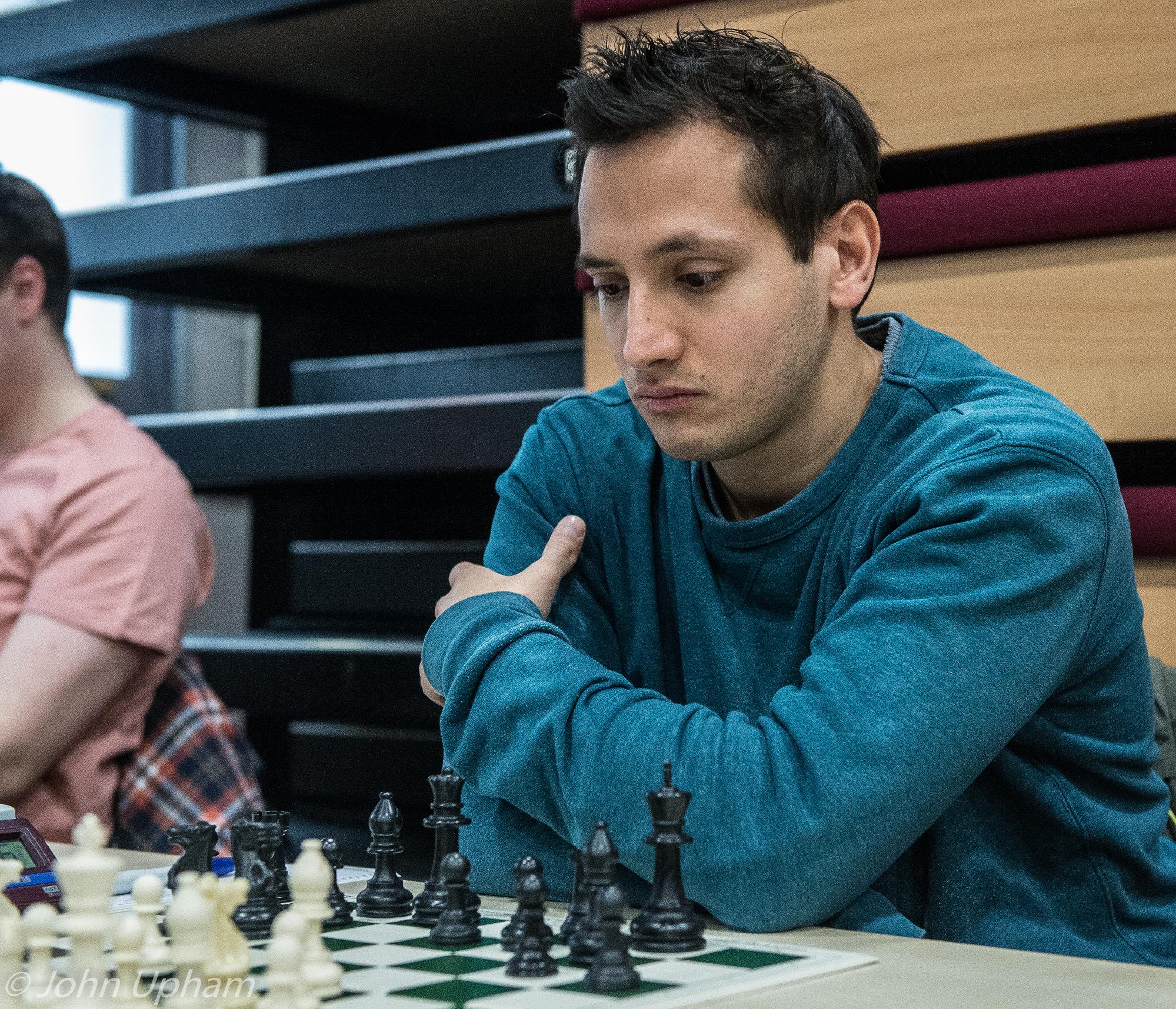
Lorin was Southern Counties (SCCU) champion for the 2008-09 season.
Lorin became a Director of Lorinchess Ltd in March 2020 and currently resides in Wembley, Middlesex.
Lorin started his 4NCL career in 1999 with Barbican and has been loyal all the way to 2019.
With the white pieces Lorin prefers the Queen’s Gambit but does also play 1.e4, 1.c4 and 1.Nf3 so a fairly wide repertoire.
As the second player Lorin prefers the Sicilian Kan and the Nimzo-Indian Defence.
Here is a convincing win against Ian Nepomniachtchi from Budva, 2009 :
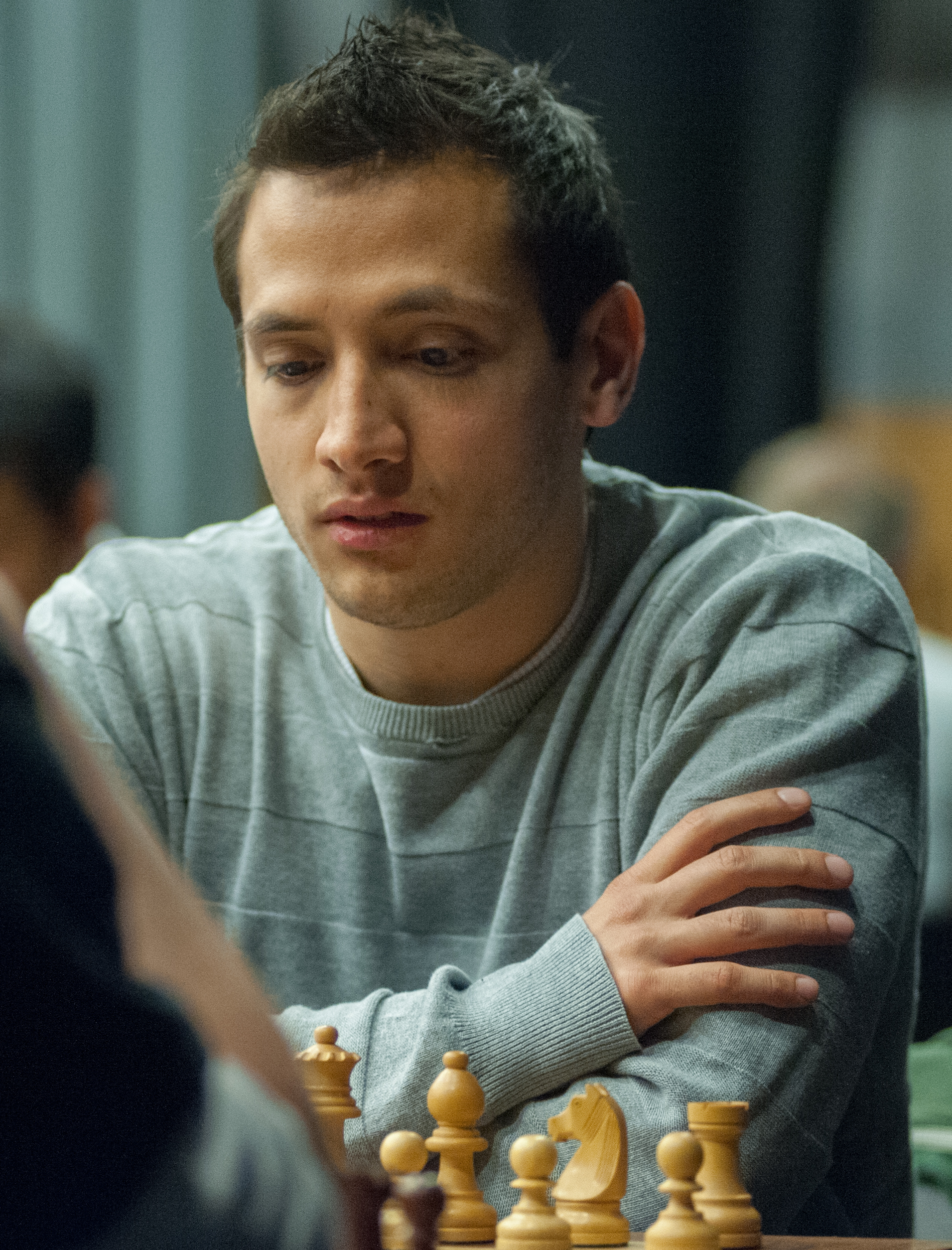
In 2012 Lorin and Nick Murphy created Chess on Toast and published a series of introductory DVDs including :
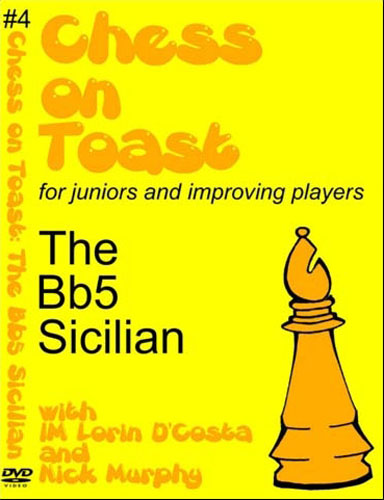
Lorin has authored several chess books and DVDs including :
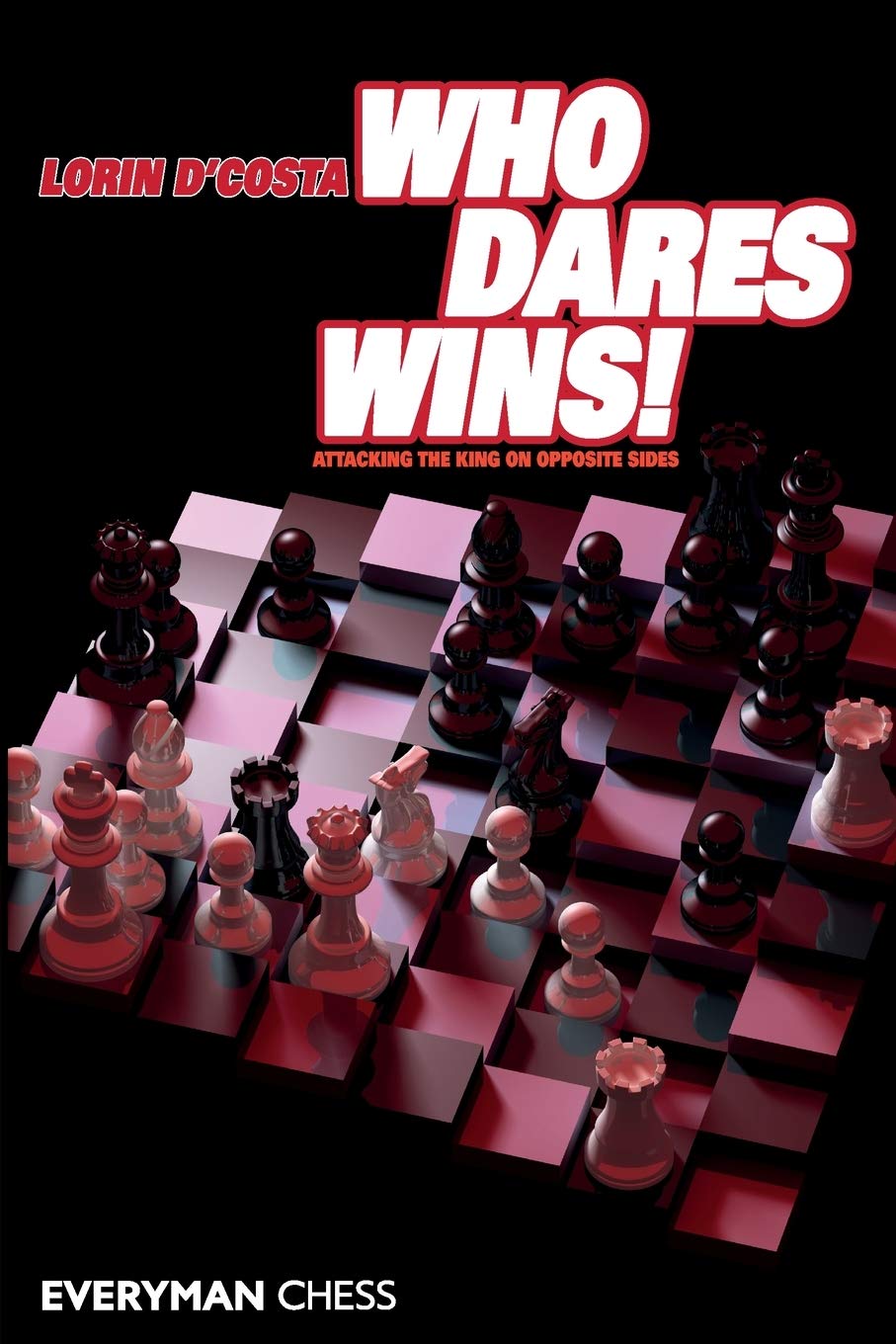
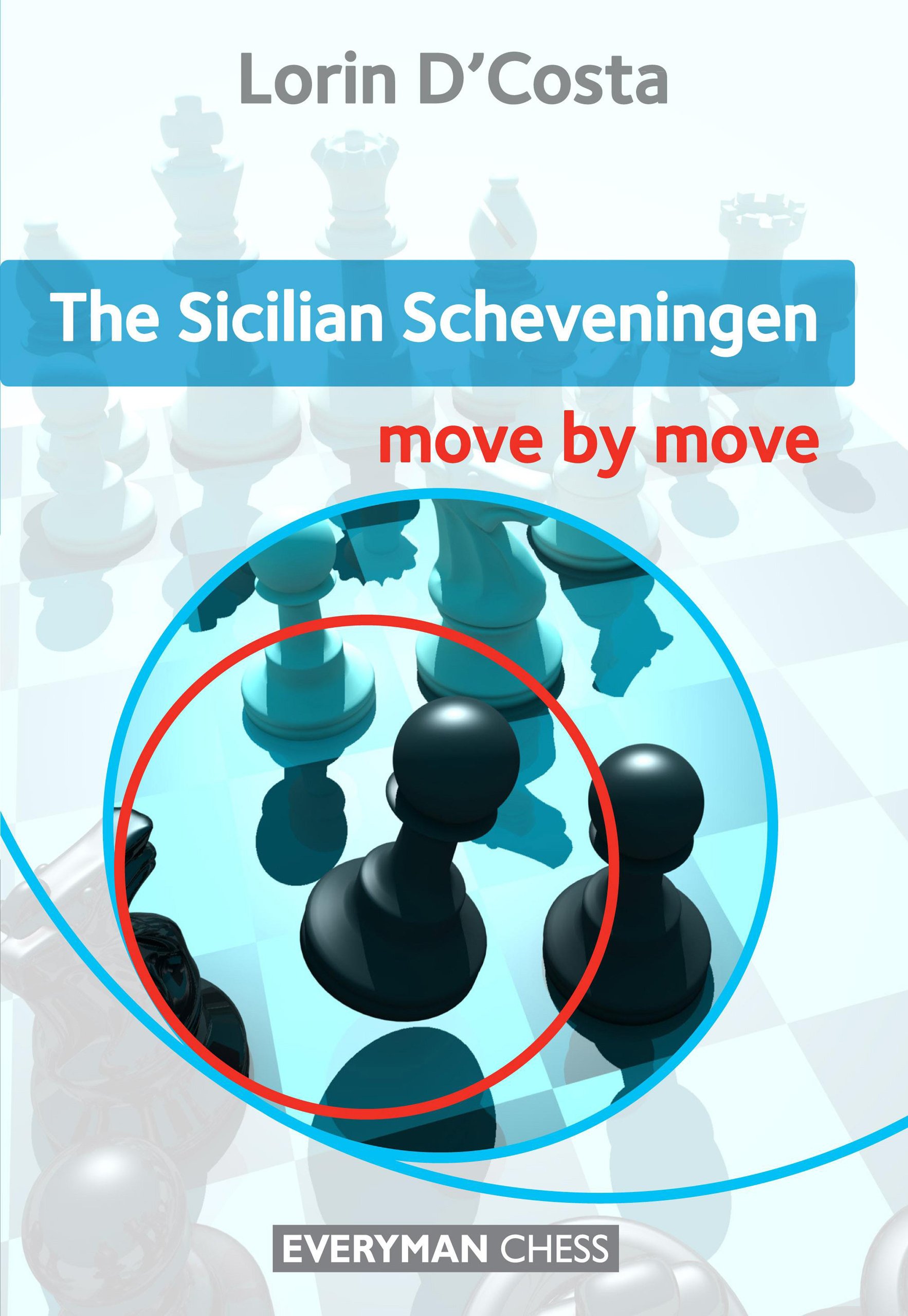
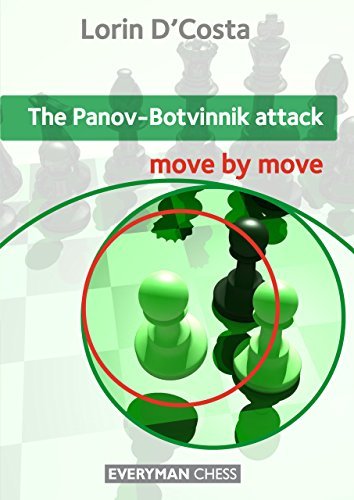
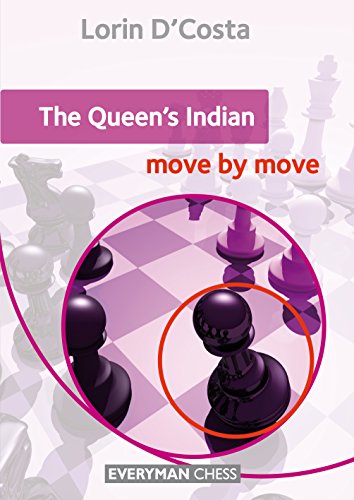
and several Chessbase DVDs including :
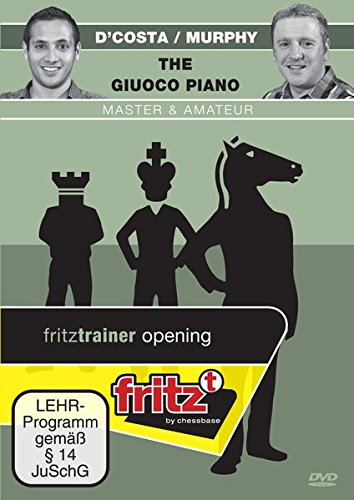
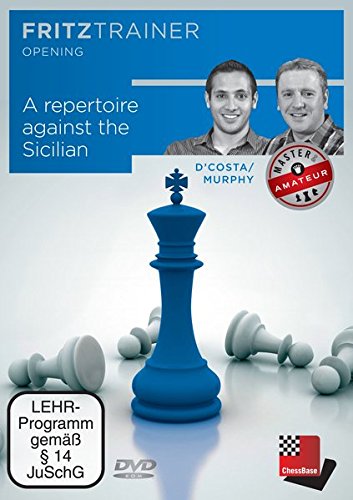
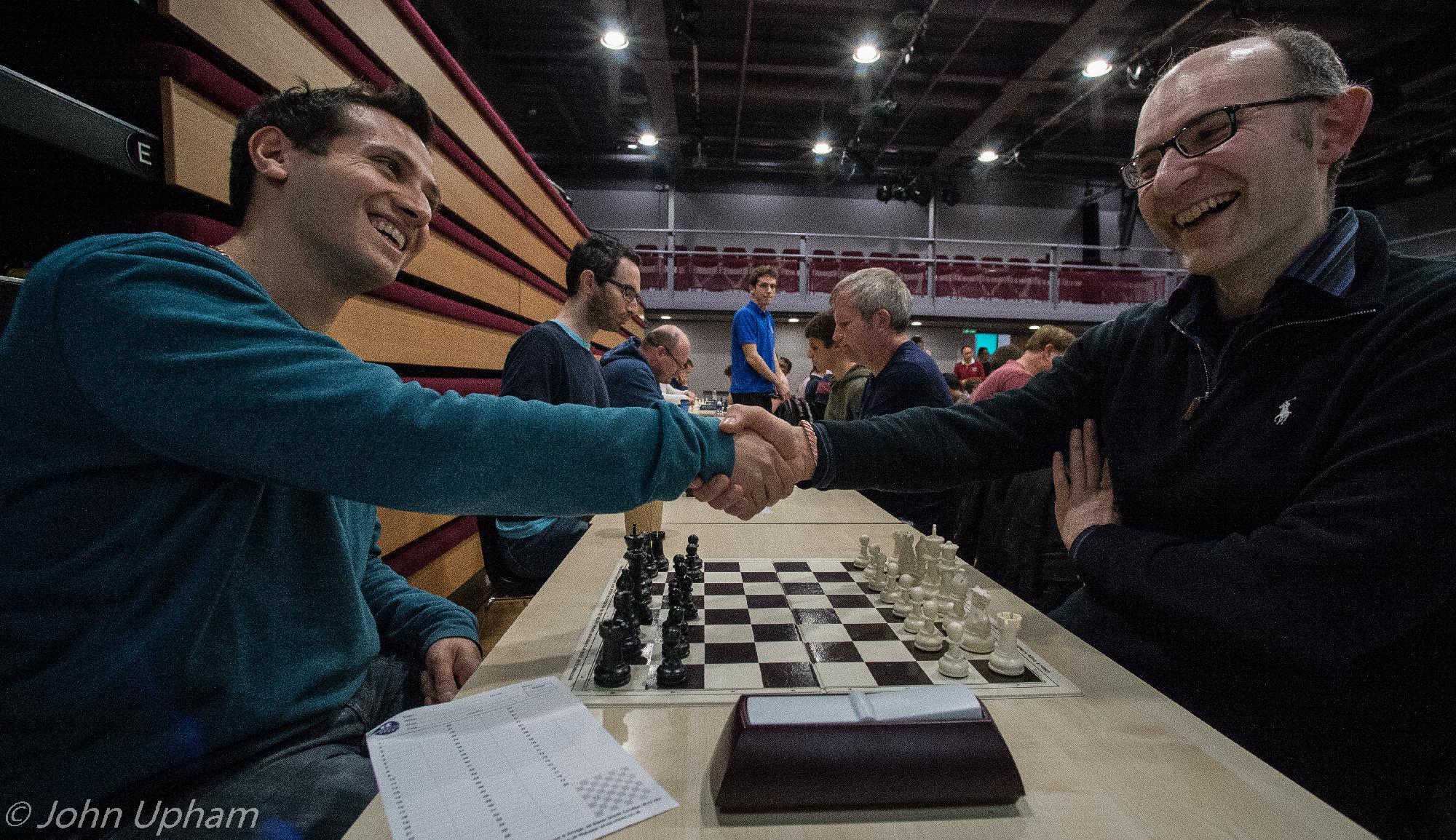
Happy Birthday IM Sam Collins (05-ix-1982)
BCN wishes Happy Birthday to IM Sam Collins (05-ix-1982)
Samuel E Collins was born on Sunday, September 5th, 1982 in Dublin, Republic of Ireland.
He attended Gonzaga College, Ranelagh, Dublin (founded in 1950) famously very active at chess and then studied at University College, Dublin (UCD).
Sam spent three years in London and one year in Japan where he found time to win their national championship.
Sam became a FIDE Master in 2003 and an International Master in 2004 and holds three GM norms.
His peak FIDE rating was 2495 in August 2014 at the age of 32.
According to chessgames.com :
“Collins won the Irish Championship twice, in 2002 and 2014, and the Japanese Championship in 2009.”
According to The Tarrasch Defence, move by move :
“Sam Collins is an International Master with tree Grandmaster norms, and a former Irish and Japanese Champion, He has represented Ireland at eight Olympiads, winning an individual gold medal at Bled 2002. He has a wealth of teaching and writing experience, and has produced many books, DVDs and magazine articles on chess.”
According to An Opening Repertoire for White :
“Sam Collins is a chess writer who regularly contributes to Chess, British Chess Magazine, Chess Mail and Chess Today. He is a former Irish Champion and Olympic gold medal winner.”



Sam is an accomplished writer with several titles to his name both on paper and on DVD. Some of these titles are listed below.
Sam started his 4NCL career with Barbican in 2001 through to 2019 moving to Gonzaga in 2020.
With the white pieces Sam essays 1.e4 and prefers a main line Ruy Lopez when possible along with open Sicilians.
As the second players Sam enjoys the black side of a main line Ruy Lopez and main line Slavs.
Firstly an aperitif :
and then the main course :
Sam is an active coach has this page on Lichess where he is known as The Chairman.
Sam has been the Games Editor at British Chess Magazine.
Here is his Wikipedia entry
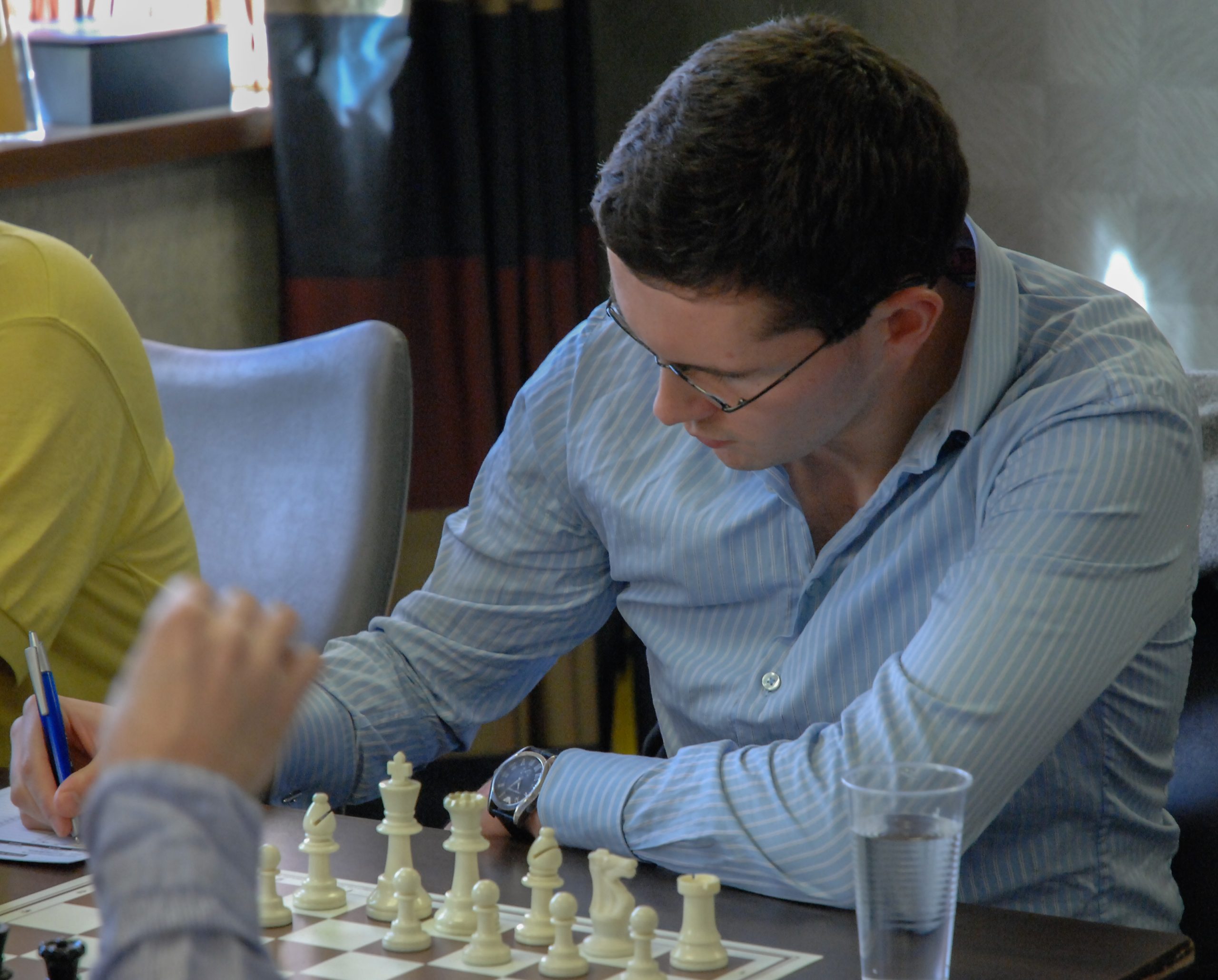
Here is Sam talking about his Alapin Sicilian DVD from GingerGM


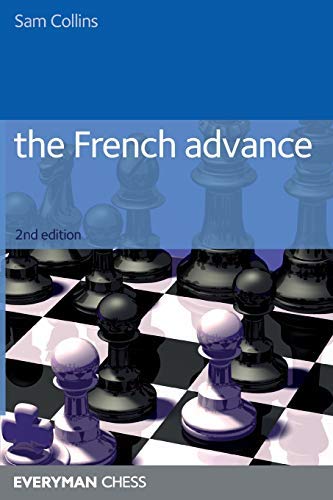
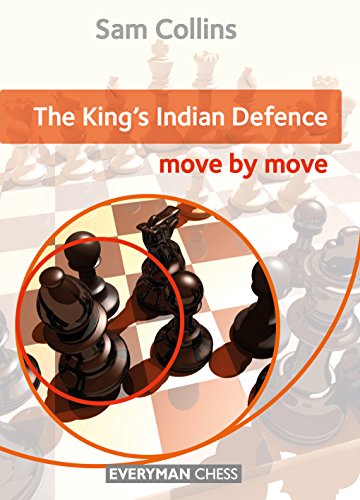
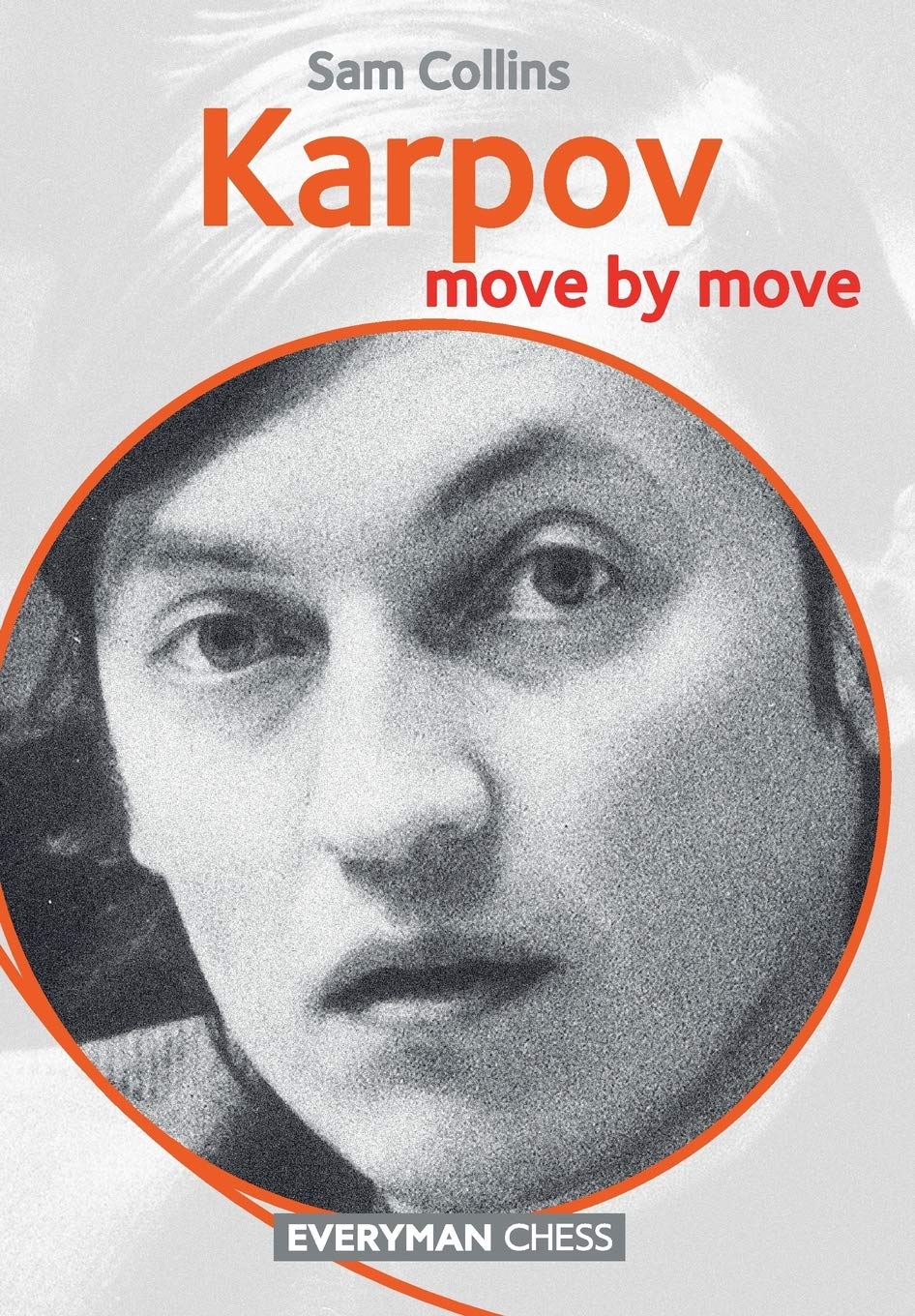
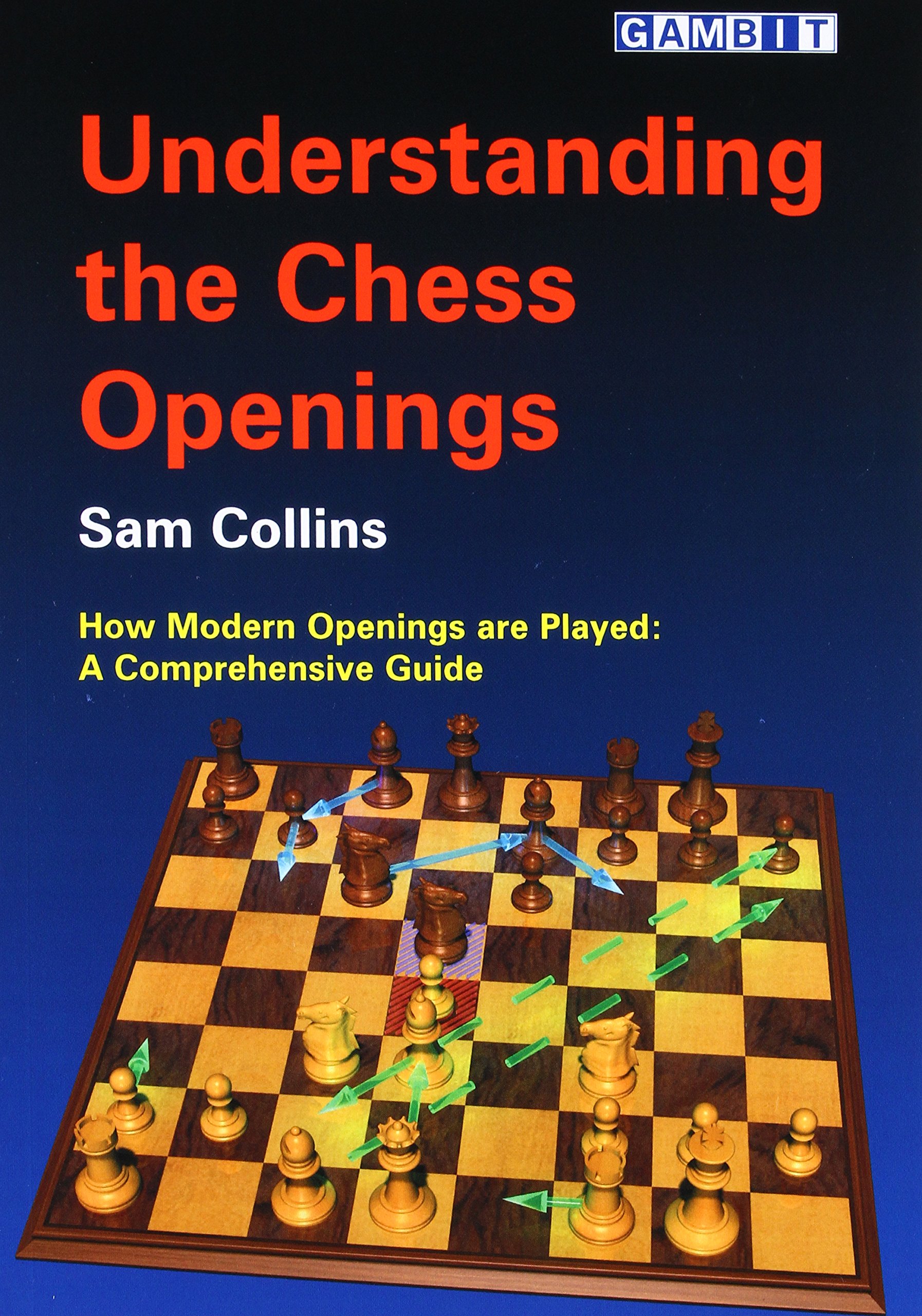
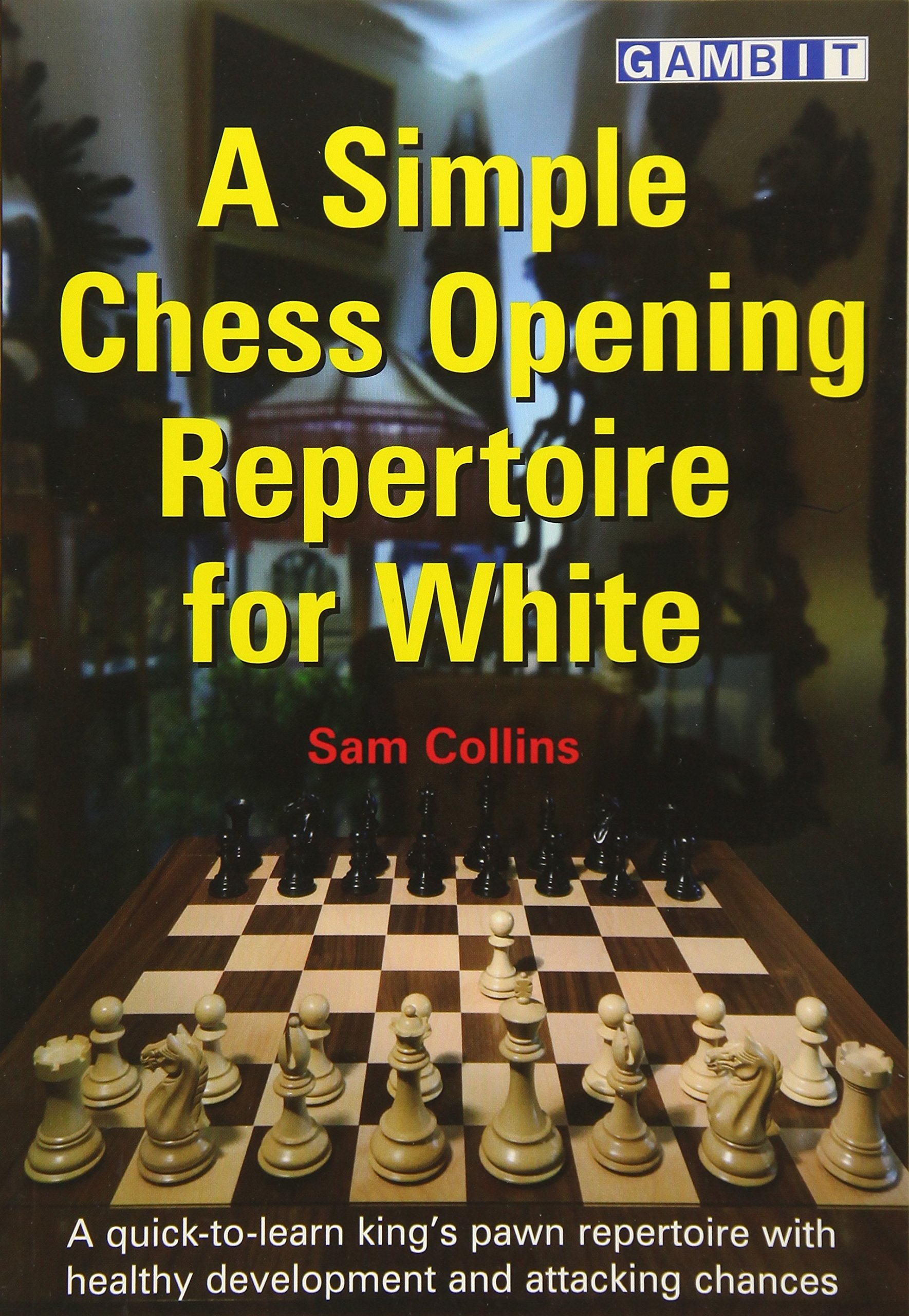
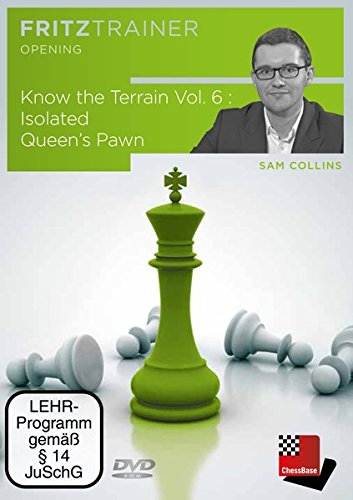
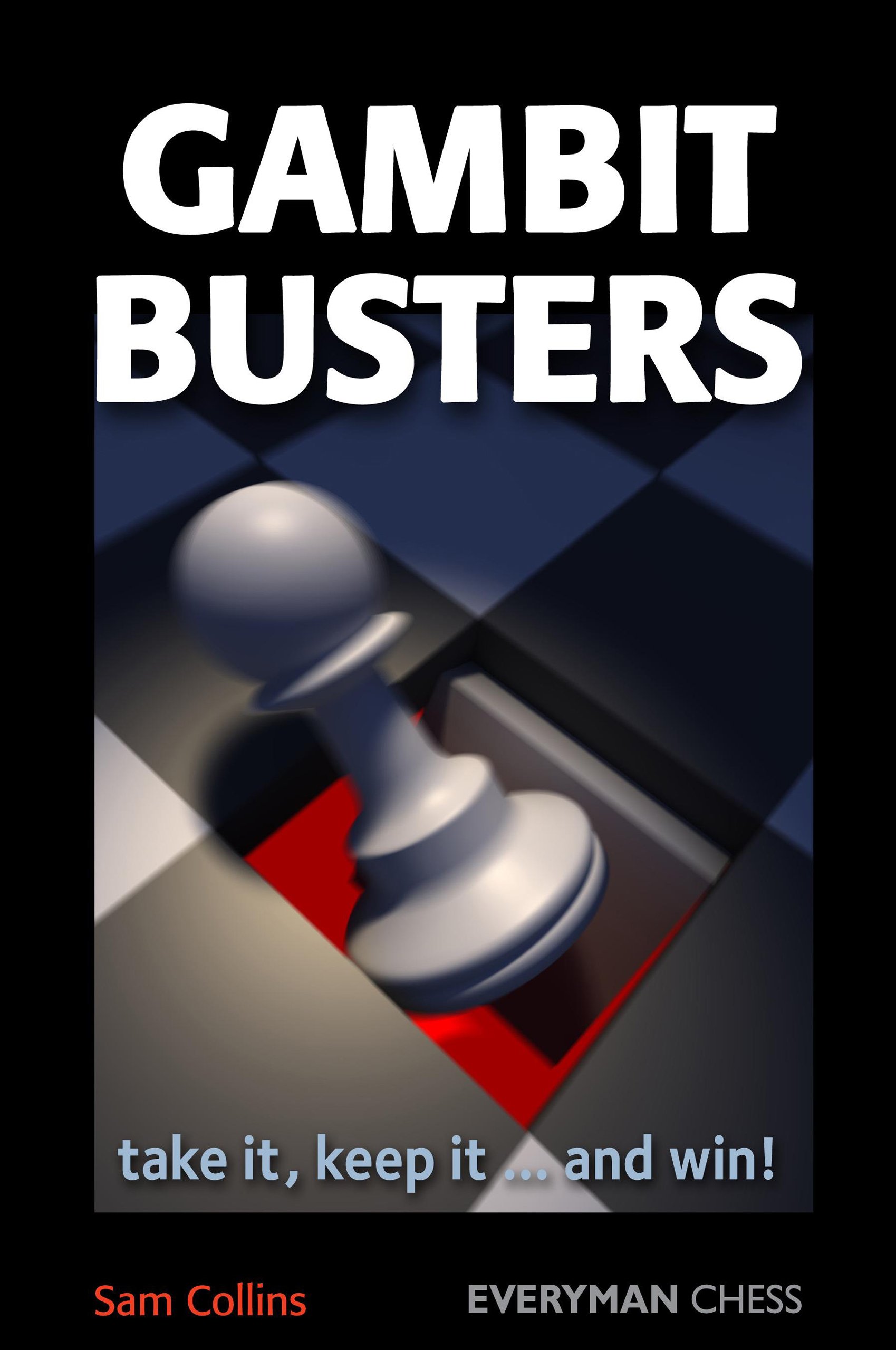
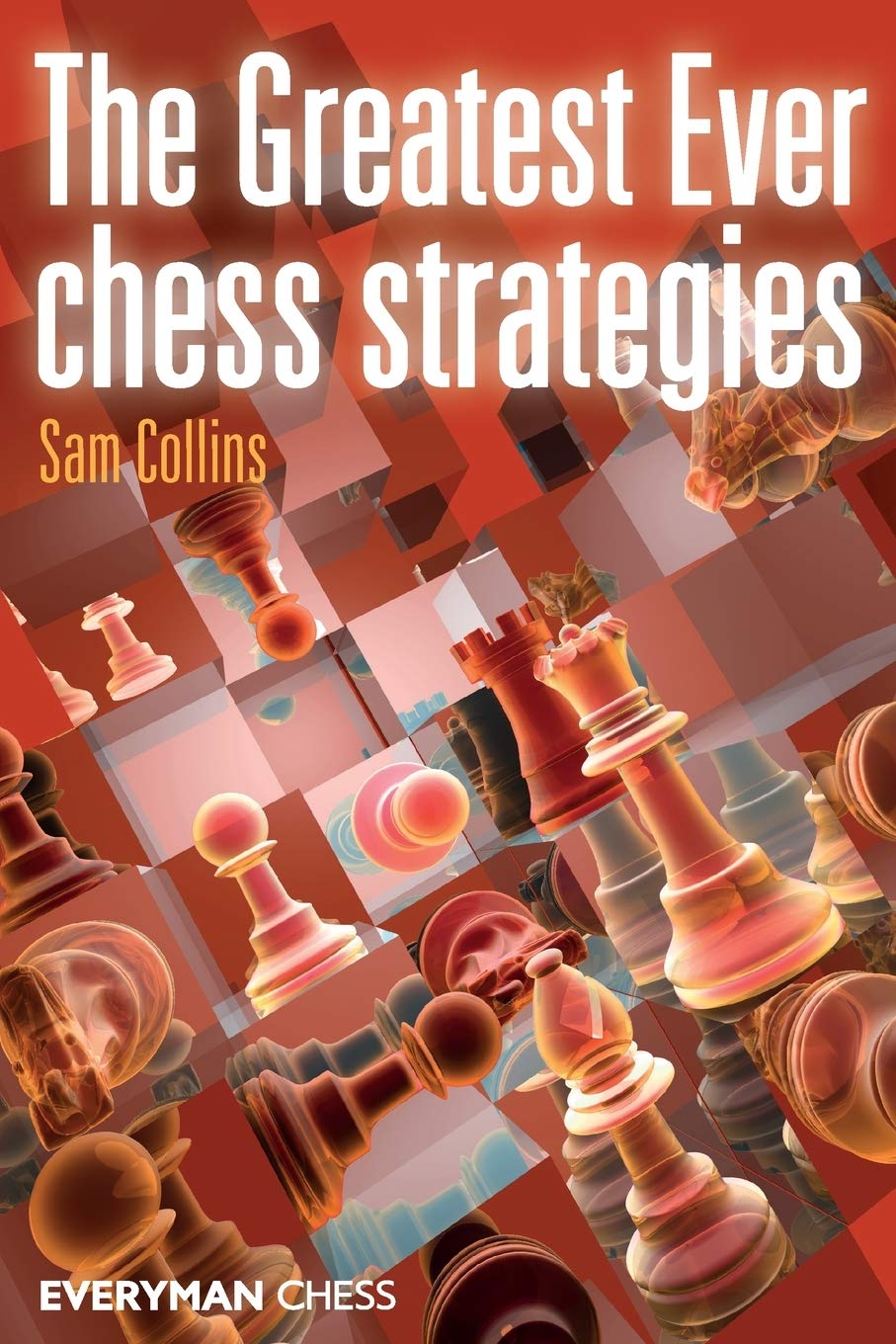
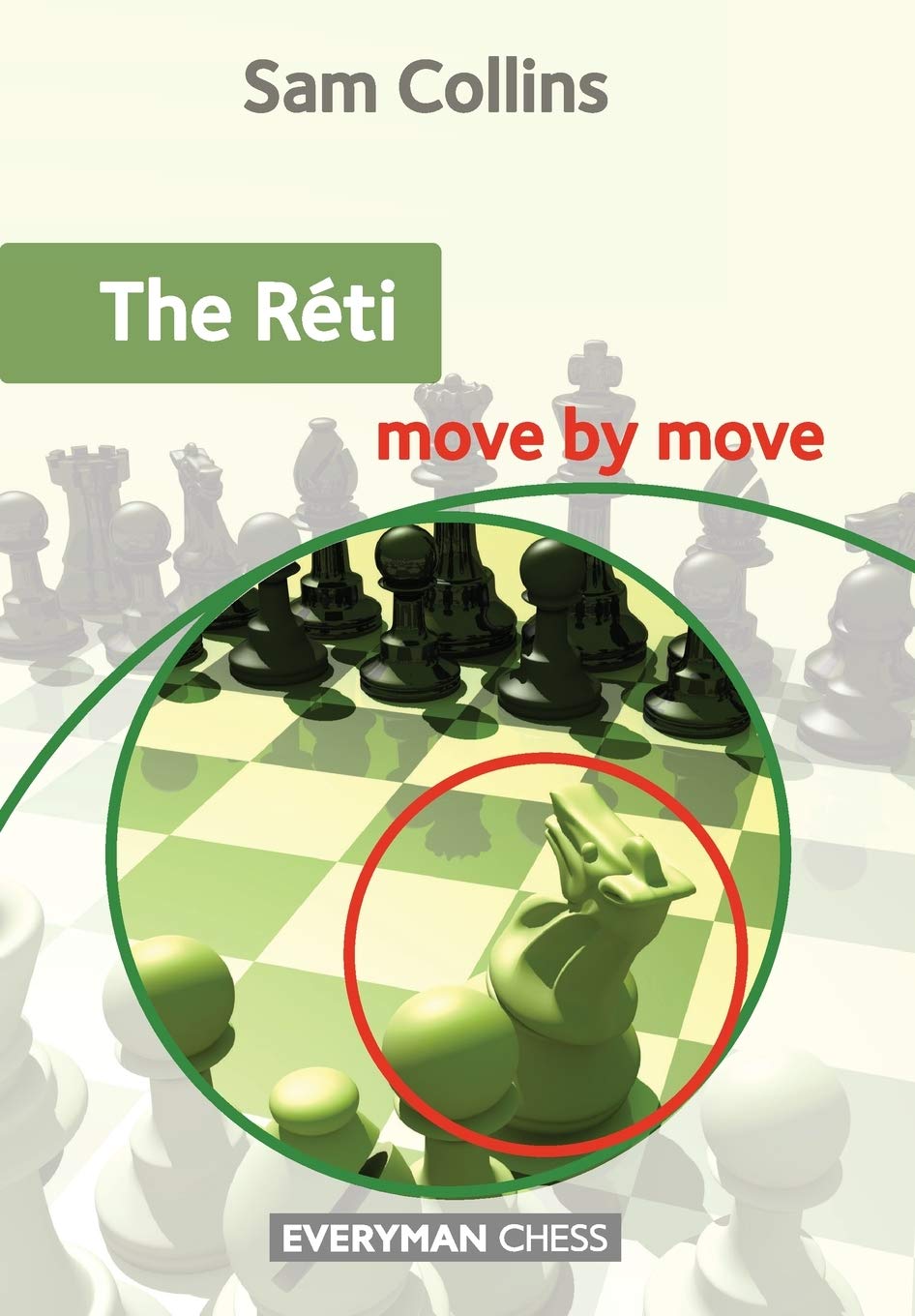
Happy Birthday GM Stephen Gordon (04-ix-1986)
We wish Stephen Gordon all the best on his birthday, this day (September 4th) in 1986.
Stephen John Gordon was born on Thursday, September 4th 1986 in Oldham, Lancashire where he has lived since.
He attended The Blue Coat School in Oldham
He became a FIDE Master in 2004, an International Master in 2006 and a Grandmaster in 2009.
In 2012 he shared first place with Gawain Jones in the British Championships in North Shields.

According to Felice his peak FIDE rating was 2556 in September 2012 at the age of 26.
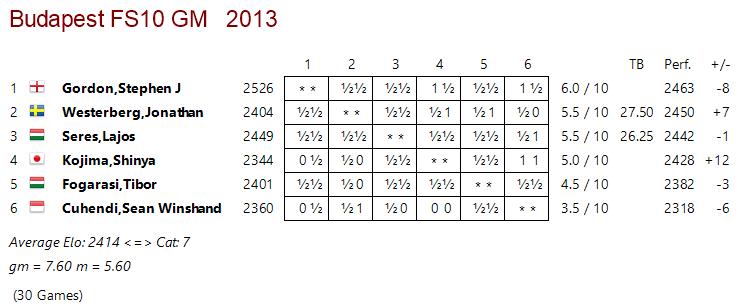
Stephen plays for 3Cs in the Manchester Chess League and for Wood Green in the London League and for 4NCL 3Cs in the Four Nations Chess League.
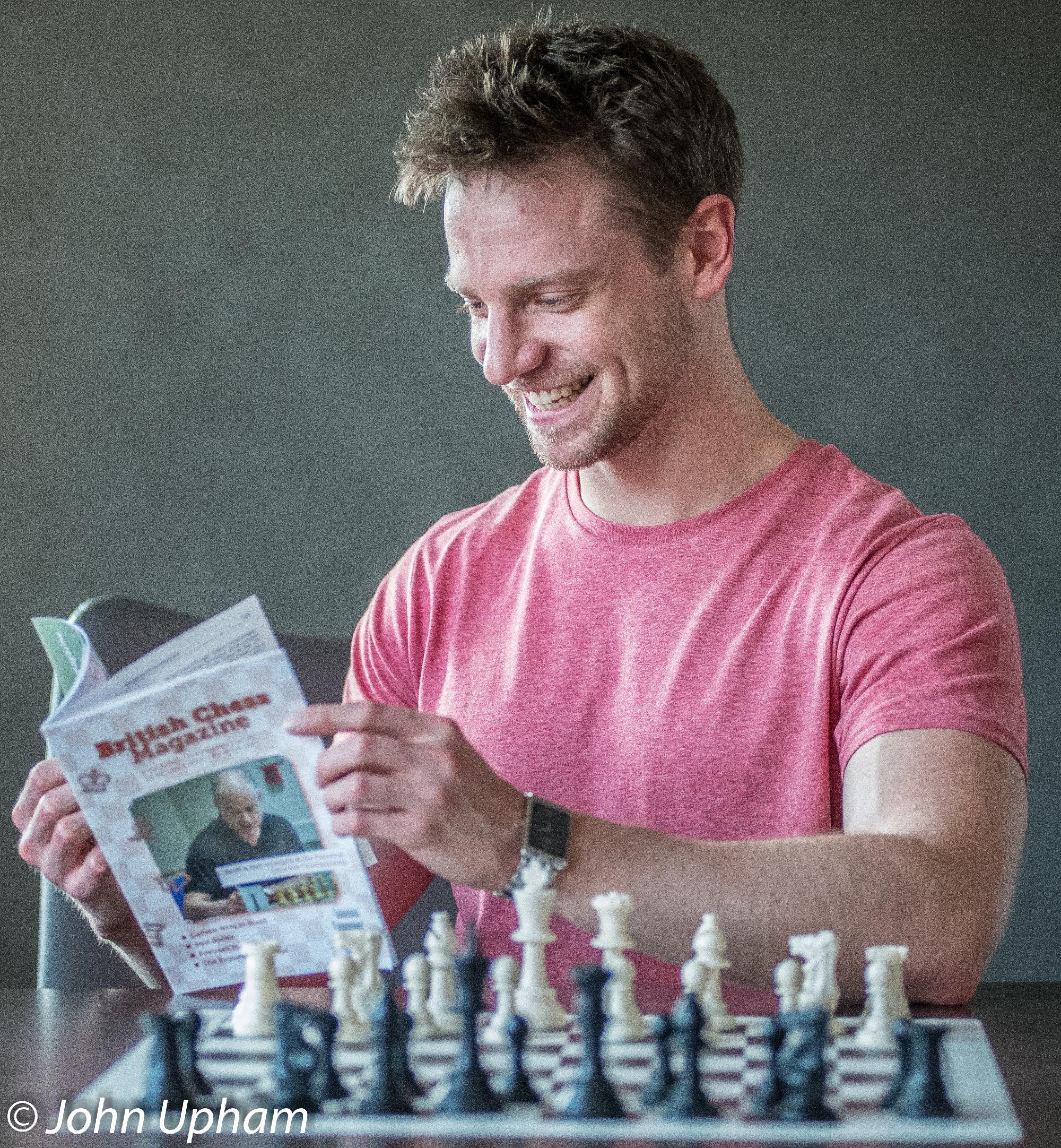
With the White pieces Stephen almost always plays 1.d4 aiming for a Queen’s Gambit and other main lines.
As the second player, Stephen plays the Sicilian Najdorf and the Nimzo-Indian Defence.
From Wikipedia :
“Stephen J. Gordon (born 4 September 1986) is an English chess grandmaster.
In September 2004 he took a break from his A-level studies at The Blue Coat School, Oldham to compete in the thirteenth Monarch Assurance Isle of Man International.
In 2005, while still a FIDE Master, he finished 6th in the British Championships ahead of a Grandmaster and several International Masters.
At the EU Individual Open Chess Championship held at Liverpool in 2006, he led the tournament after eight rounds and finished a very creditable (joint) second, a half point behind winner Nigel Short and level with Luke McShane among others.
Probably his best result to date however, was second place in the 2007 British Championship, narrowly losing his share of the lead in the final round. In previous rounds, he defeated both tournament victor Jacob Aagaard and previous champion Jonathan Rowson.
By 2008, his rating had reached grandmaster level, although the title itself had not yet been secured. At the British Championship in Liverpool, he almost repeated his performance of the previous year, by taking a share of third place. He was the British under-21 Champion each consecutive year between 2005 and 2008. He became a grandmaster on 1 August 2009.
He has been one of the co-presenters of the chess podcast The Full English Breakfast since its inaugural show in October 2010.”

For more see Wiki Entry for Stephen Gordon
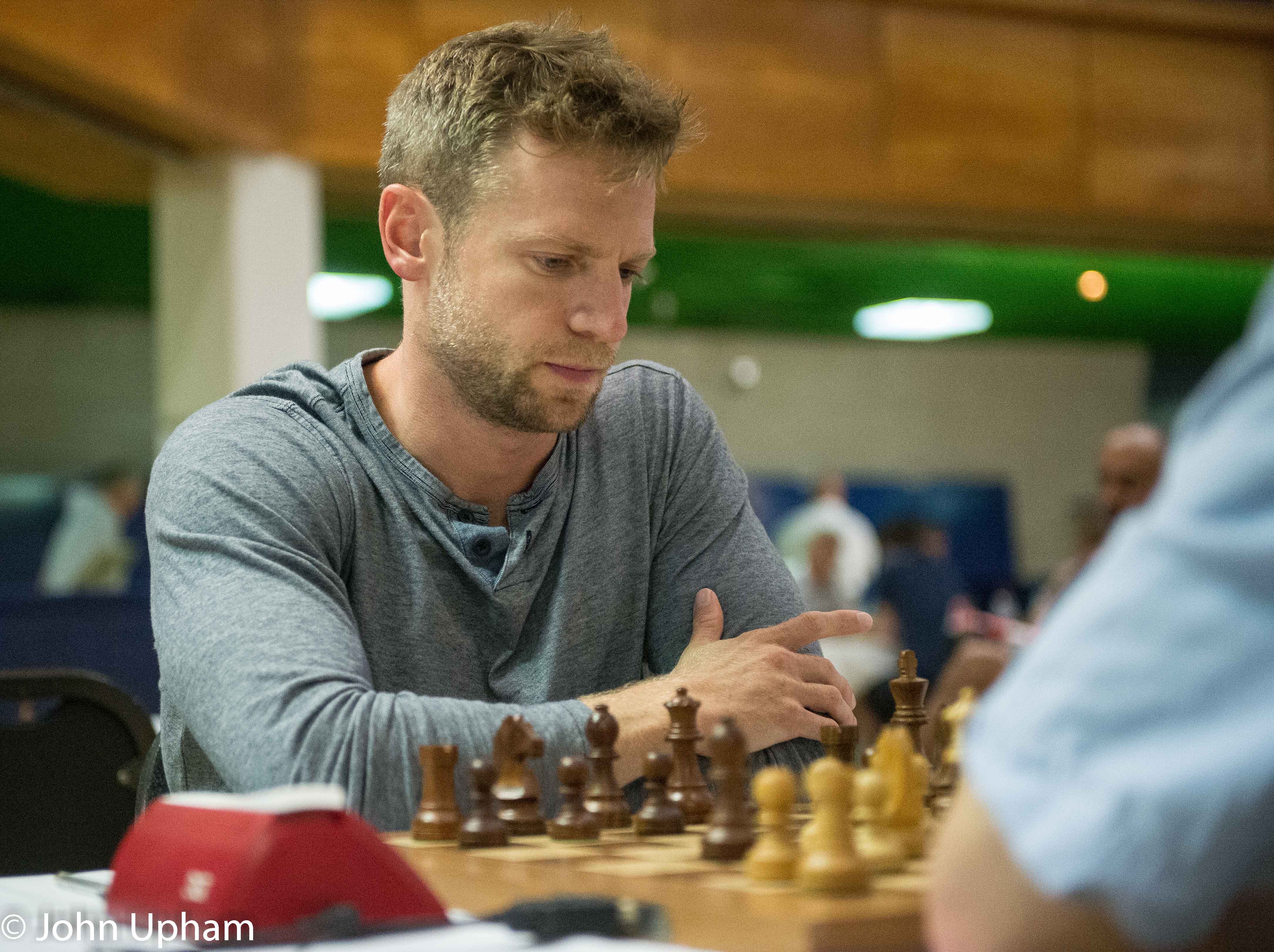
Best Wishes GM Michael Stean (04-ix-1953)
We send best wishes to GM Michael Stean on his 71st birthday,
Michael Francis Stean was born Michael Francis (some say Frank) Stein on Friday, September 4th, 1953 in Pancras, London. His mother’s maiden name is / was Jean Feldman. Michael has a brother, Howard.
He attended Latymer Upper School and Cambridge University and his early chess days were spent at Richmond and Twickenham Chess Club.
He became an International Master in 1975 and England’s third (OTB) Grandmaster in 1977 winning £2,500 from the Jim Slater Foundation.
He was the chess correspondent of The Observer.
Some notable opponents that he has a plus score against include:
John Nunn: 3.5/5
Jonathan Speelman: 2.5/4
Gert Ligterink: 2.5/3
Robert Bellin: 2.5/3
Brian Eley: 2.5/3
Vladimir Liberzon: 2/3
and others.
With the white pieces Michael played 1.e4, 1.c4 and 1.Nf3 but rarely 1.d4 preferring the Ruy Lopez, Exchange Variation.
With the black pieces he played the Sicilian Najdorf (and was a leading expert), the Nimzo-Indian and the Queen’s Indian defences.
He has the dubious honour of being the first Grandmaster to lose a blitz game to a computer (Chess 4.6) in London, 1977. Stean exclaimed, “This computer is a genius!”

His peak FIDE rating was 2540 in January 1979.
His mother (Jean) presented a trophy to the Marlow Congress (now the Berks and Bucks Congress) which became the Mrs. Jean Stean Cup.
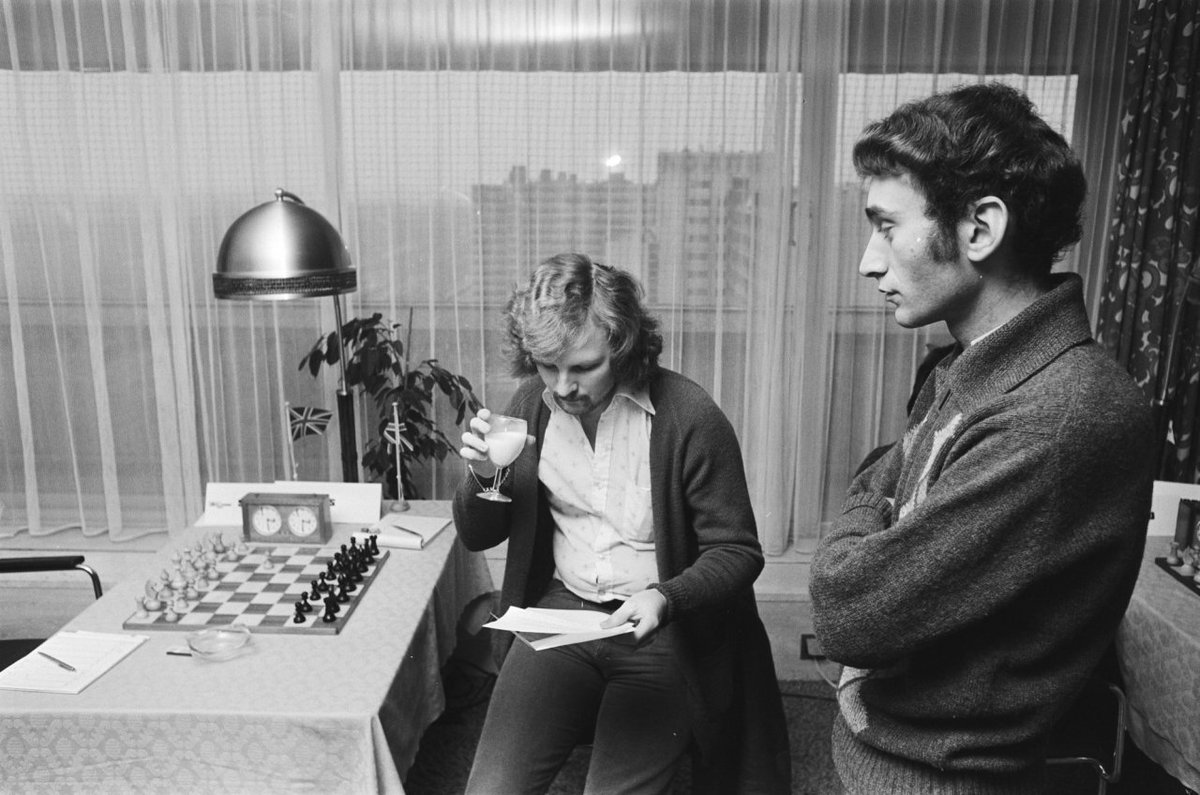
According to British Chess (Pergamon, 1983) by Botterill, Levy, Rice and Richardson :
“Stean was educated at Cambridge University, He was equal first in the British Championship, Clacton, 1974, although only 4th in the playoff. He has been an important member of Korchnoi’s team for the last 5 years, and this perhaps has been responsible more than anything for the rounding out and maturing of his style from the sharp tactical play of the early 1970s to the solid positional GM (especially with the White pieces) of today.
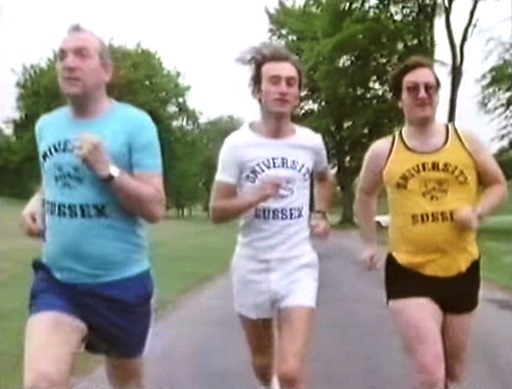
Stean is a fine author; Simple Chess and the Sicilian Najdorf are both excellent books.
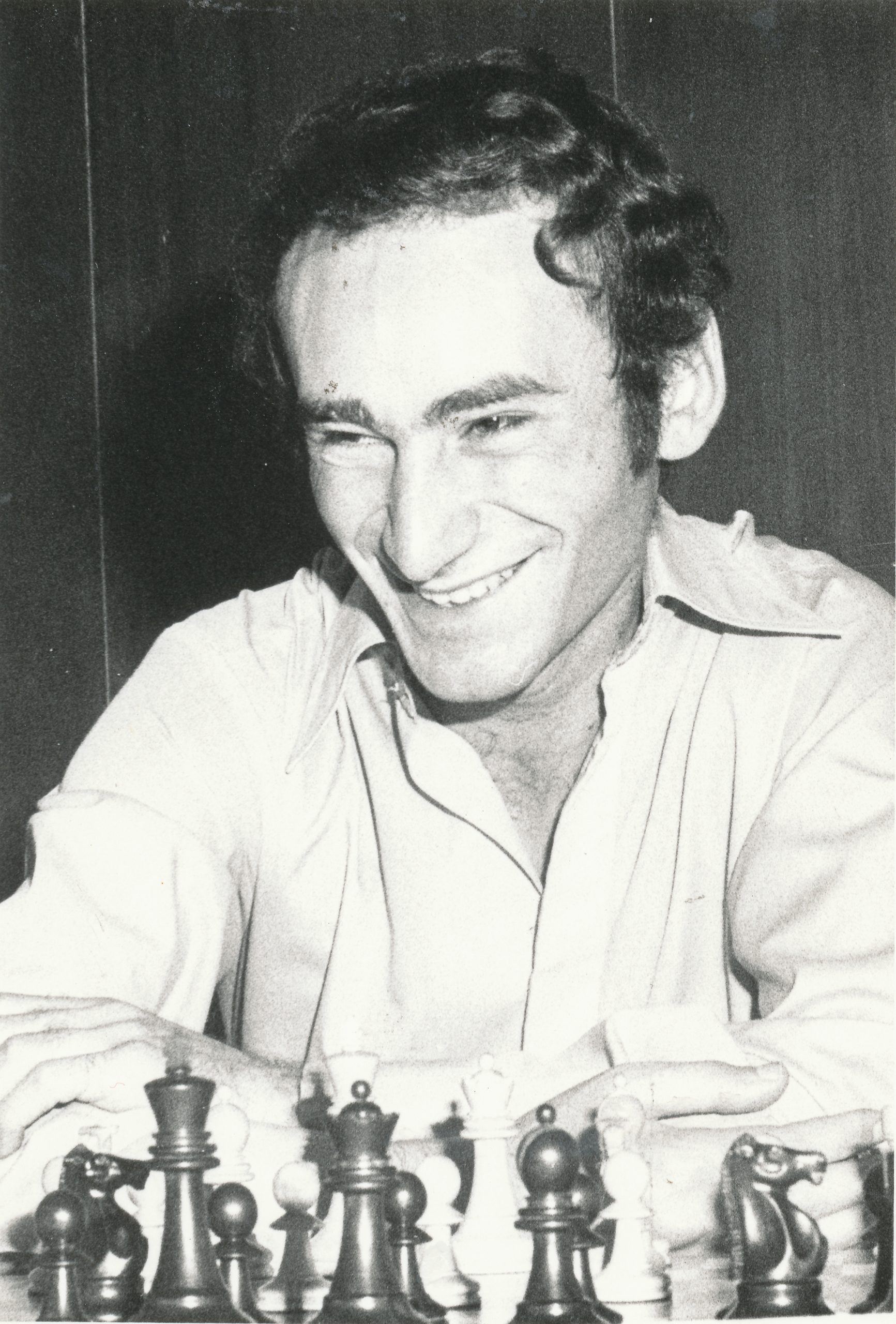
Temperamentally he is generally pleasant, good humoured and self confident, although he suffers from intermittent poor health which might help to explain his at times erratic results.”
According to Chessgames.com :
“Michael Francis Stean was born on the 4th of September 1953 in London, England. He finished 3rd at the 1973 World Junior Chess Championships behind Alexander Beliavsky and Tony Miles. Awarded the IM title in 1975 and the GM title in 1977 (The third Englishman to attain the title after Miles and Keene).
He finished 1st= in the 1974 British Championship but lost the play-off. He played on 5 English Olympiad teams from 1974 – 1983 and has won 1st prizes at Vrsac 1979, Smederevska Palanka 1980 and Beer Sheba 1982.
A specialist in Opening Theory he served as one of Viktor Korchnoi’s seconds in the 1977 – 1981 period. He is the author of Simple Chess, an introduction to chess strategy.”

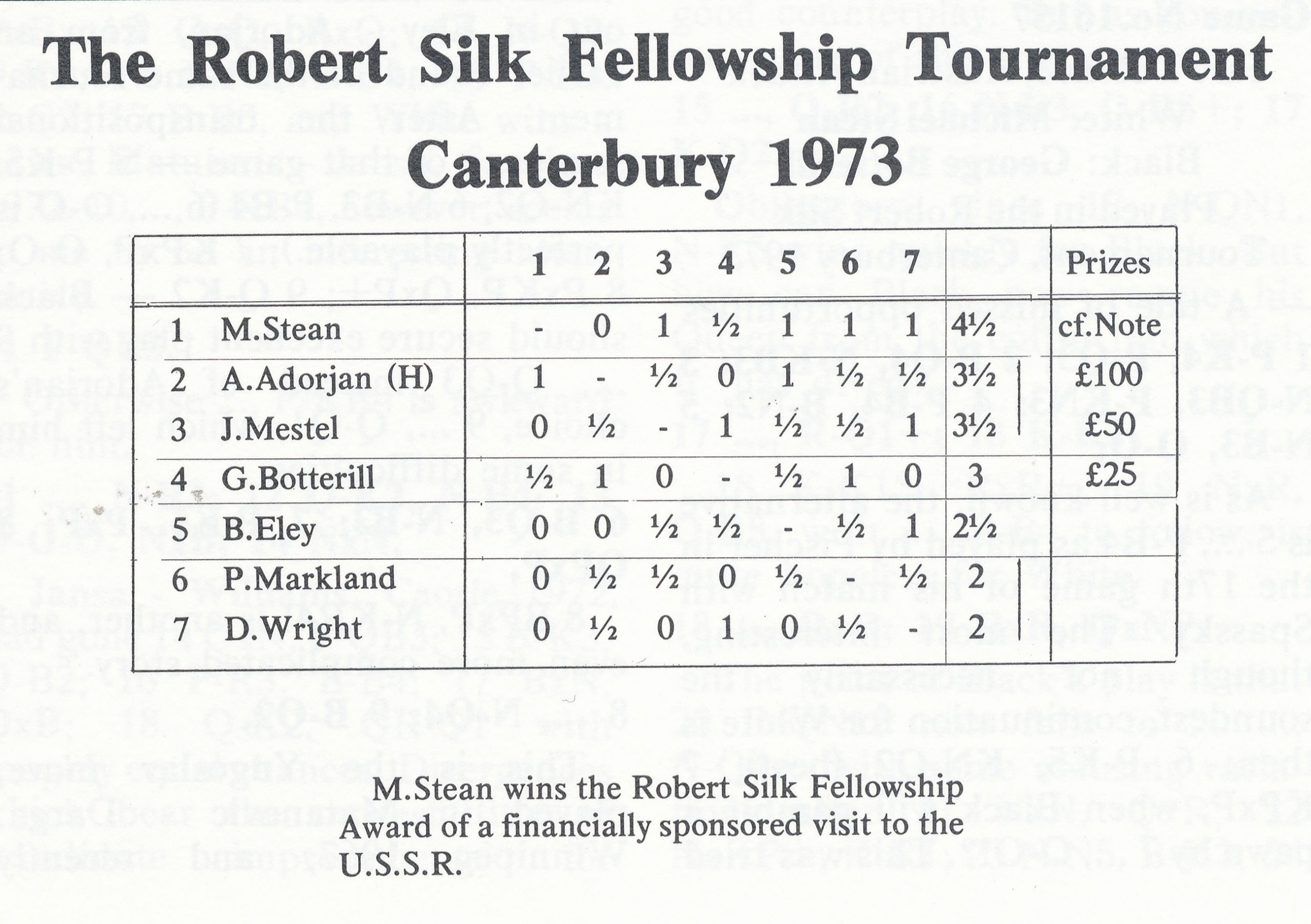
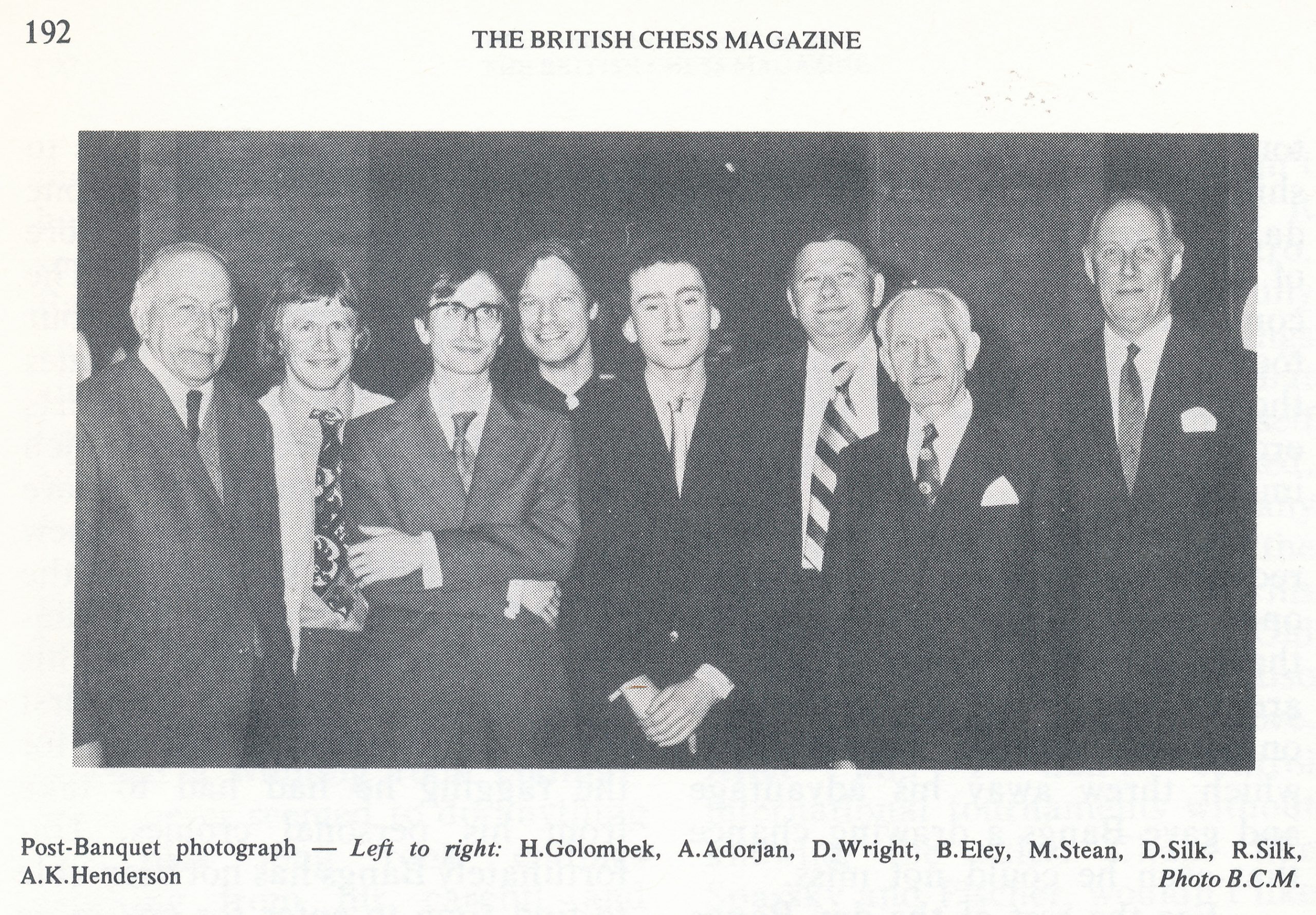
Harry Golombek wrote this about Michael in a 1980 Dataday chess diary :
“The fact that he has sprung up into second place among English players as regards Elo ratings demonstrates the considerable advance Michael Stean has made in the course of a year.
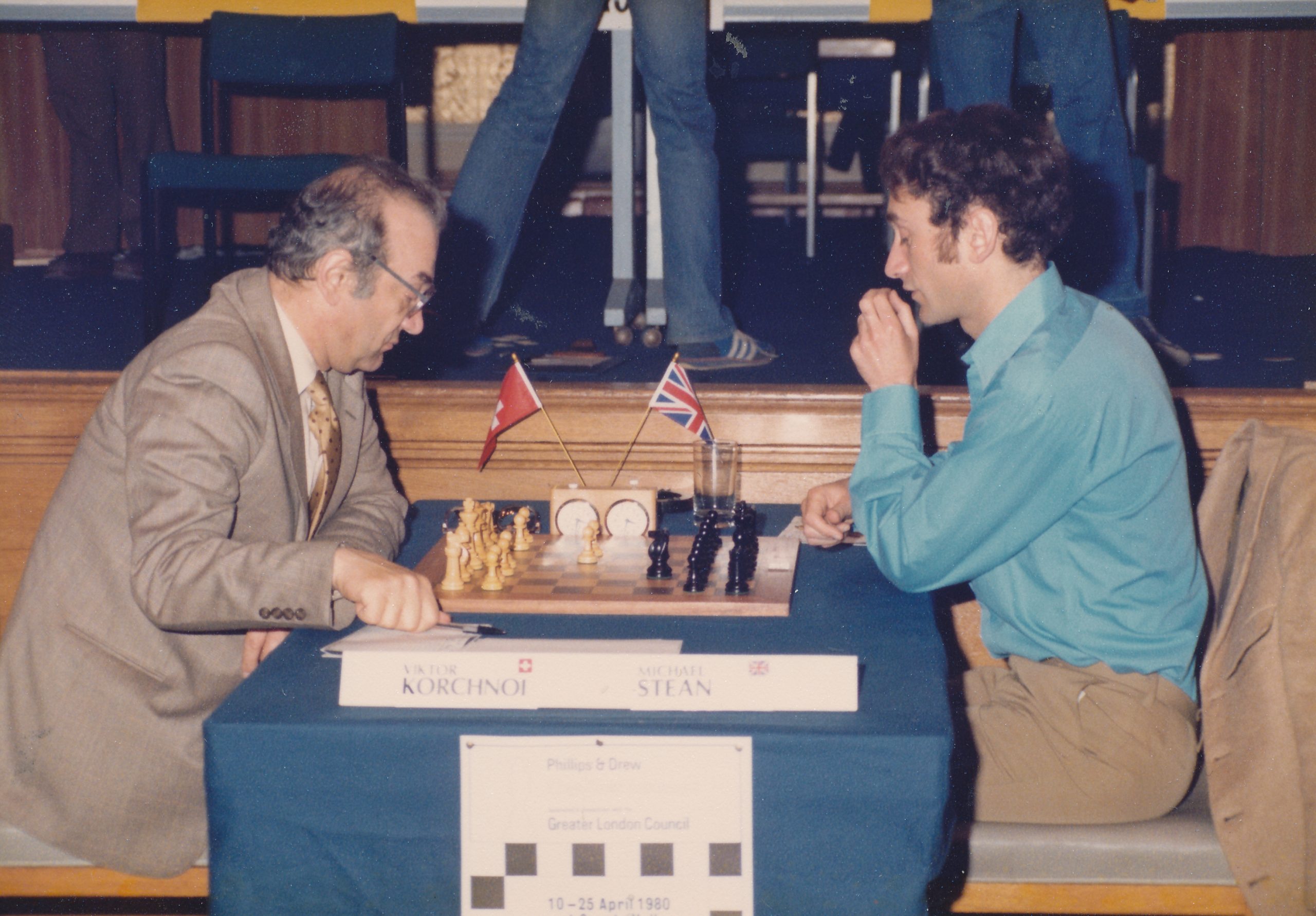
In the 1978 diary I wrote that it would not be long before he gained the grandmaster title since he already possessed one norm of the title. The forecast proved to be correct as he duly acquired the title a few months after I wrote the prophecy.
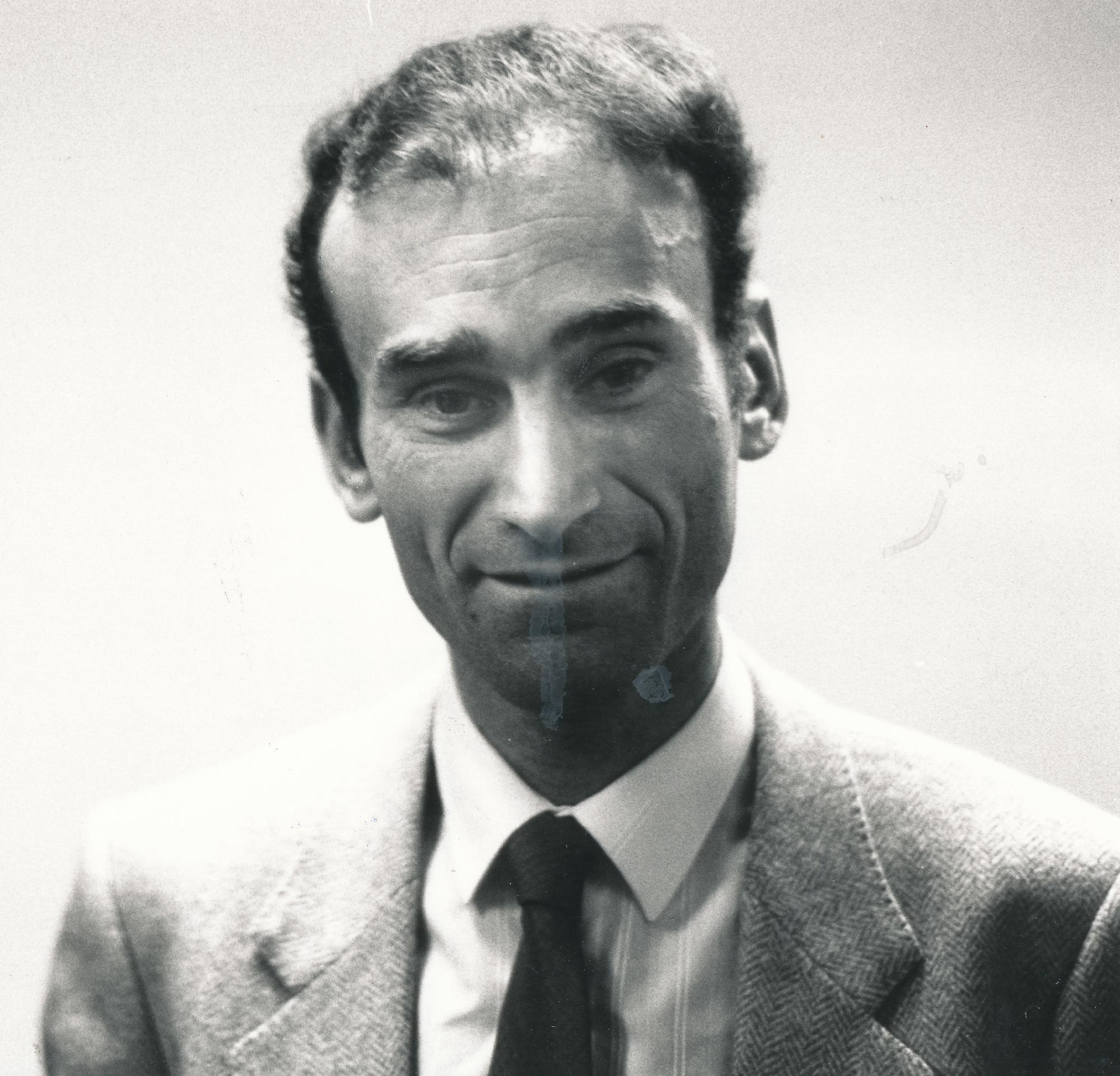
He had though to take two more bites at the cherry before he managed to gain the required norms since the tournaments in which he played were not long events. They were Montilla in August 1977 where he came third below Gligoric and Kavalek and the Lord John Cup Tournament in London in September 1977 where he was equal 2nd with Quinteros and Mestel, first place being occupied by the Czechoslovak grandmaster, Hort.
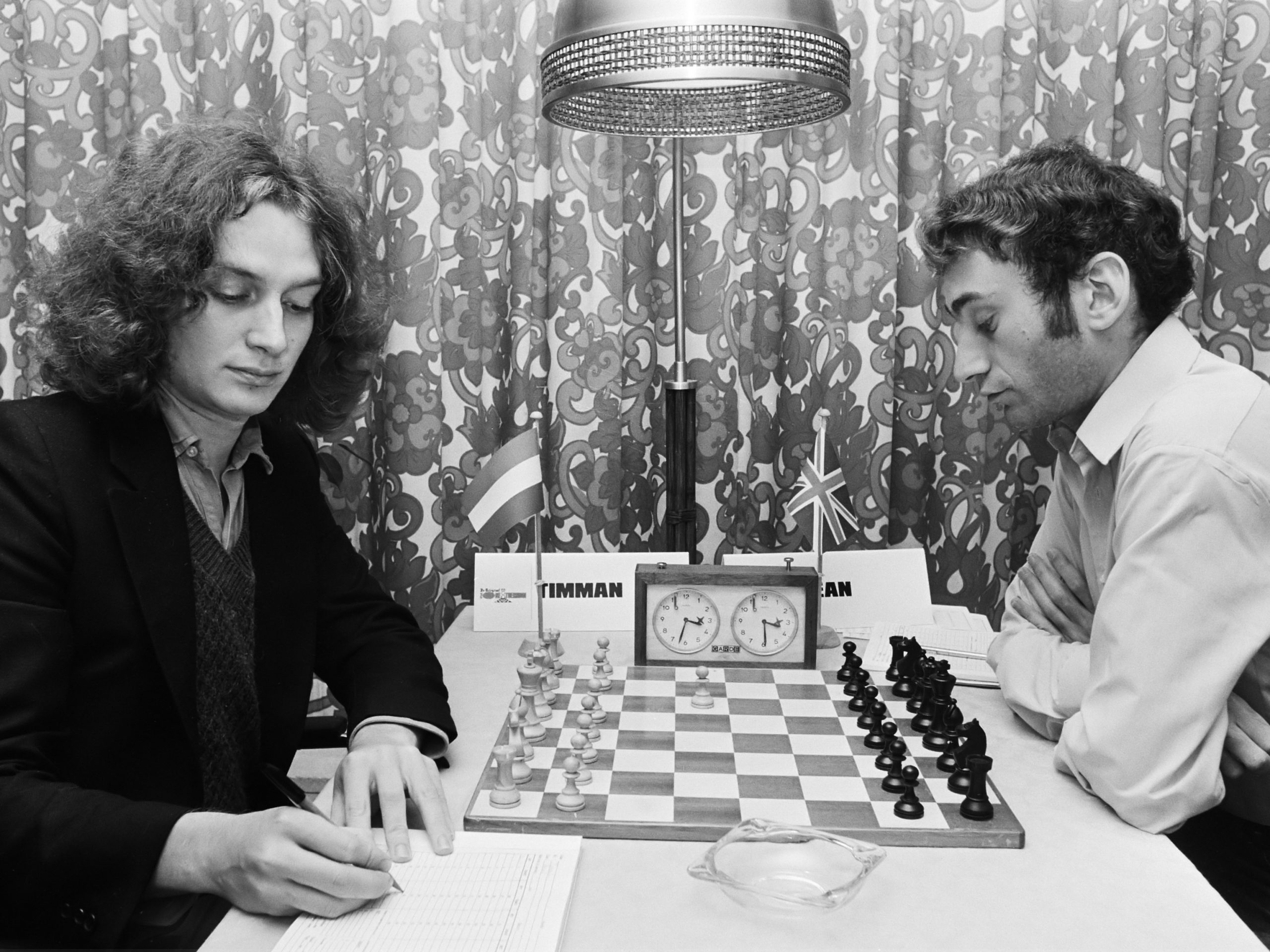
Before that he had assisted Keene in seconding Korchnoi in his candidates match versus Polugayevsky and had done this to such effect that Korchnoi asked him and Keene to act as his seconds at his final match in the Candidates at Belgrade and later on still at the World Championship match against Karpov in the Philippines.
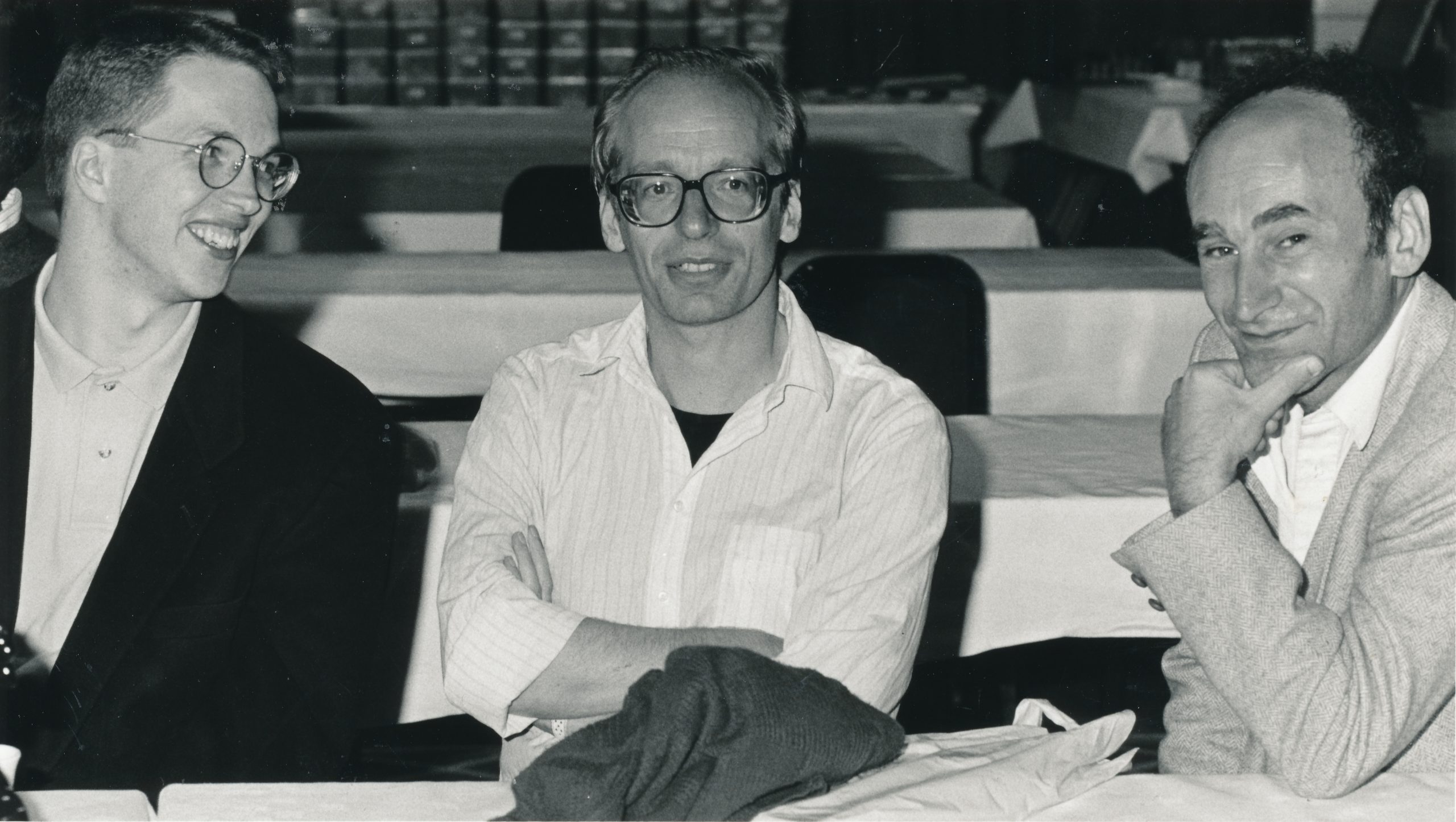
He also played successfully in Yugoslavia in 1977 (equal 2nd at Virovitica and equal 2nd at Bar). In 1978 he was 3rd at Beersheba below Korchnoi but head of Keene. Five points out of nine at the very strong Swiss System tournament at Lone Pine was followed by an excellent equal 4th with Miles at the tournament at Las Palmas. He has shown that he not only possesses the title of grandmaster but also plays like one.
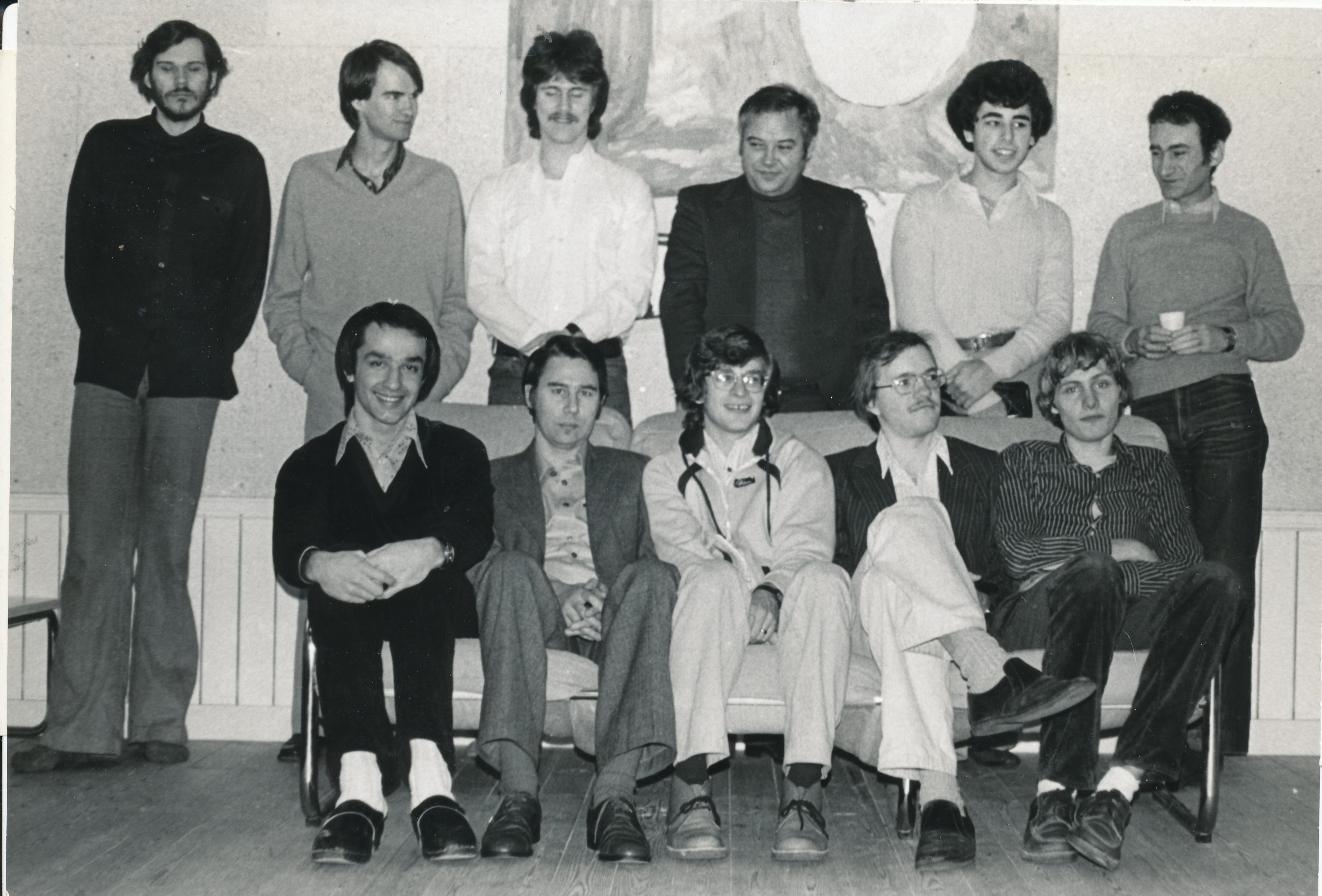
A good example in the following game (Stean-Sax) against one of the joint first prize winners at the Las Palmas event. It was awarded the prize for the best game :”
From The Oxford Companion to Chess (OUP, 1984) by Hooper & Whyld :
“English player, International Grandmaster (1977). At Nice 1974, in the first of his several Olympiads, he won the brilliancy prize for his game against Browne.
Since then he has had several good results: Montilia 1976, equal second with Kavalek and Ricardo Calvo (1943— ) after Karpov; Montilia 1977, third (-1-3 = 6)after Gligoric and Kavalek ahead of R. Byrne, Taimanov, and Andersson; London 1977. second (+4=4—1) equal with Mestel and Quinteros after Hort ; Vrsac 1979, first (+ 8=5—1); Smederevska Palanka 1980, first (+7-6); Beersheba 1982, first, Stean was one of Korchnoi’s seconds in the world championship cycles of 1977-8 and 1980-1, and the two became close friends.
In particular Stean provided help with the openings, a subject on which he specialises. He published a book on the Najdorf variation of the Sicilian defence in 1976, and Simple Chess, a guide to the understanding of positional ideas, in 1978.”
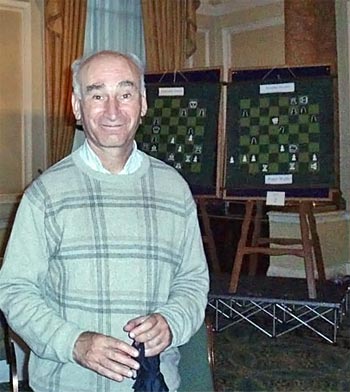
From Wikipedia :
“Michael Francis Stean (born 4 September 1953) is an English chess grandmaster, an author of chess books and a tax accountant.
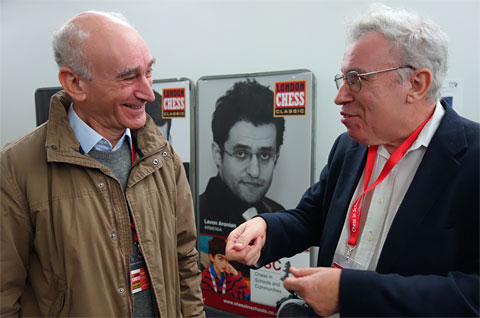
The game below (Stean-Browne) was the first winner of the World Brilliancy Prize established in 1974 by Isador Samuel Turover. The value of the prize was $1,000.”
See Michael Stean’s Wikipedia entry for more
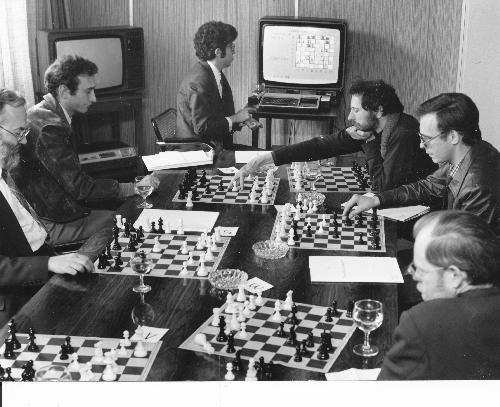
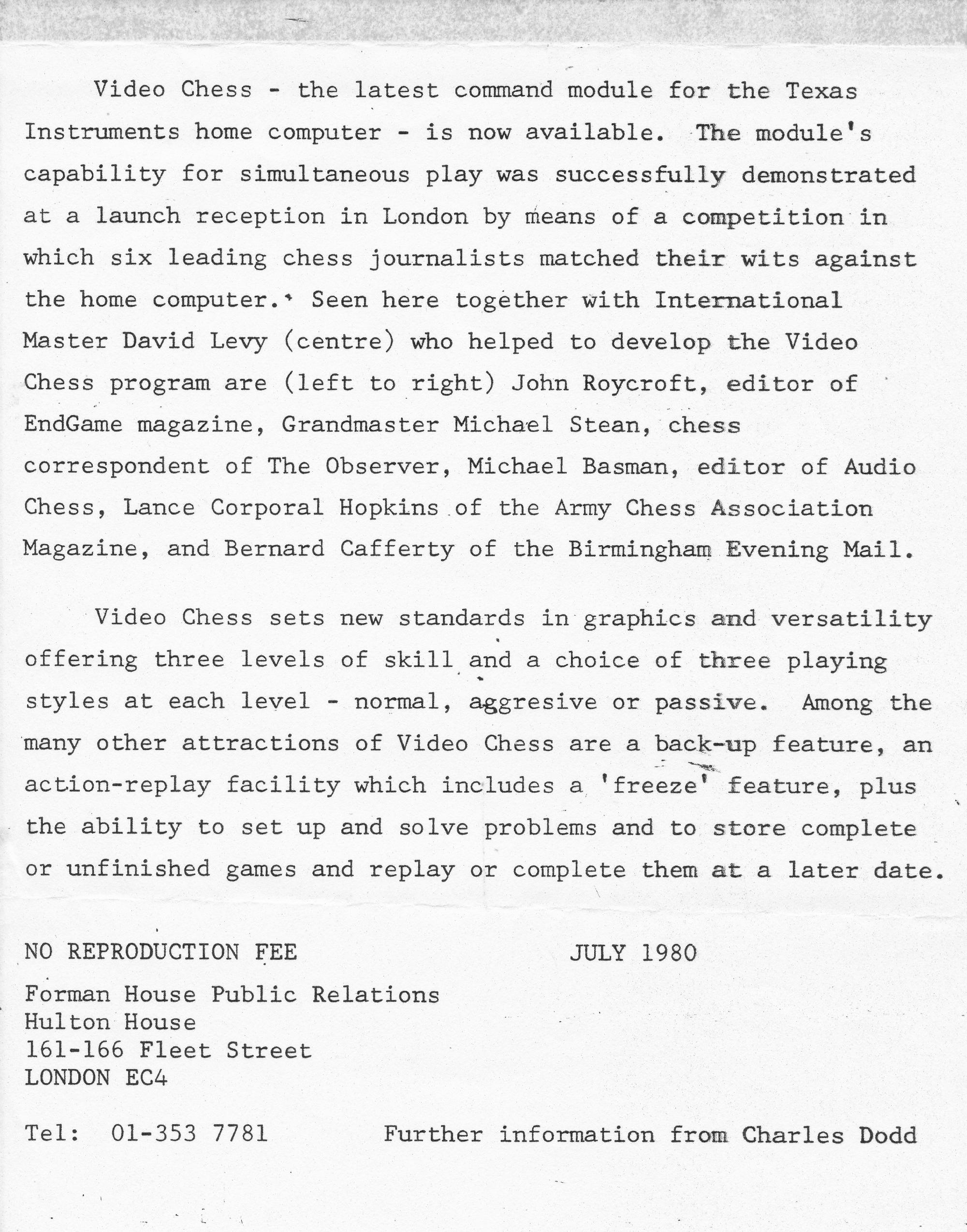
In 1983 at the height of his powers Michael left the chess work and became a tax accountant. He is now a senior partner at RSM UK.
Apparently :
“A cross disciplinary tax partner, Michael’s experience spans both corporate and non-corporate taxation for clients spanning a wide range of companies (listed and private) as well as high net worth individuals. Areas of activity include advice on transactions and structures, dealing with enquiries conducted by the tax authorities and forensic tax services in tax disputes.
As a member of the large business and international tax sub-committee of the tax faculty of the Institute of ICAEW, Michael was an active contributor to the consultation and development of the so-called ‘GAAR’ (general anti-abuse rule) law enacted in 2013.
Formerly a professional chess grandmaster, Michael brings an analytical approach to the field of tax.”
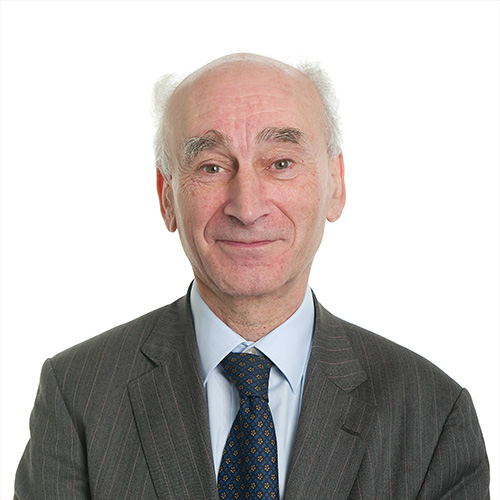
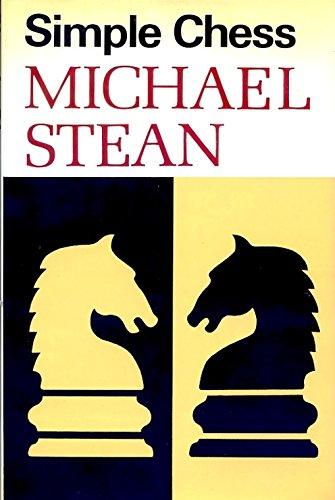
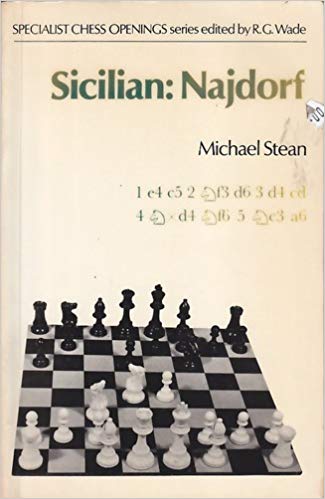
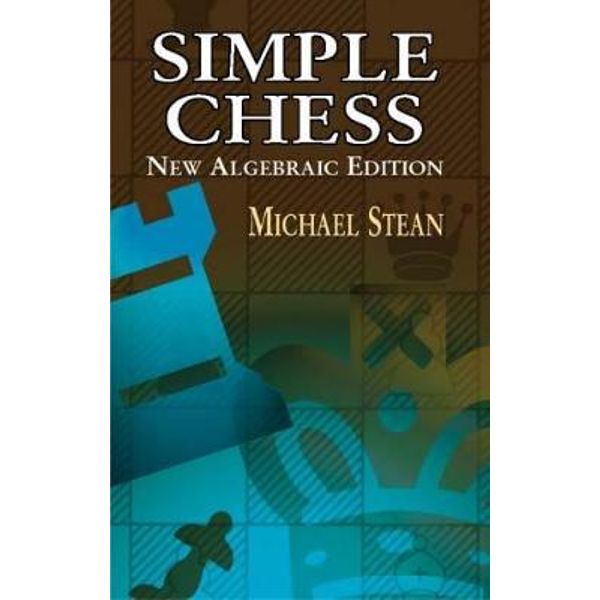
Happy Birthday IM Joseph McPhillips (04-ix-1997)
BCN says Happy Birthday to IM Joseph McPhillips (04-ix-1997)
Joe became a FIDE Master in 2015 and an International Master in 2018.
His peak FIDE rating is 2434 as at August 2019 and we predict it will increase.

In Joseph won outright the Kecskemet IM Tournament :

In 2016 Joseph won the Delancey UK Chess Challenge Terafinal to become a “Strat”* for the first time.
*Only Mike Basman knows what this means!
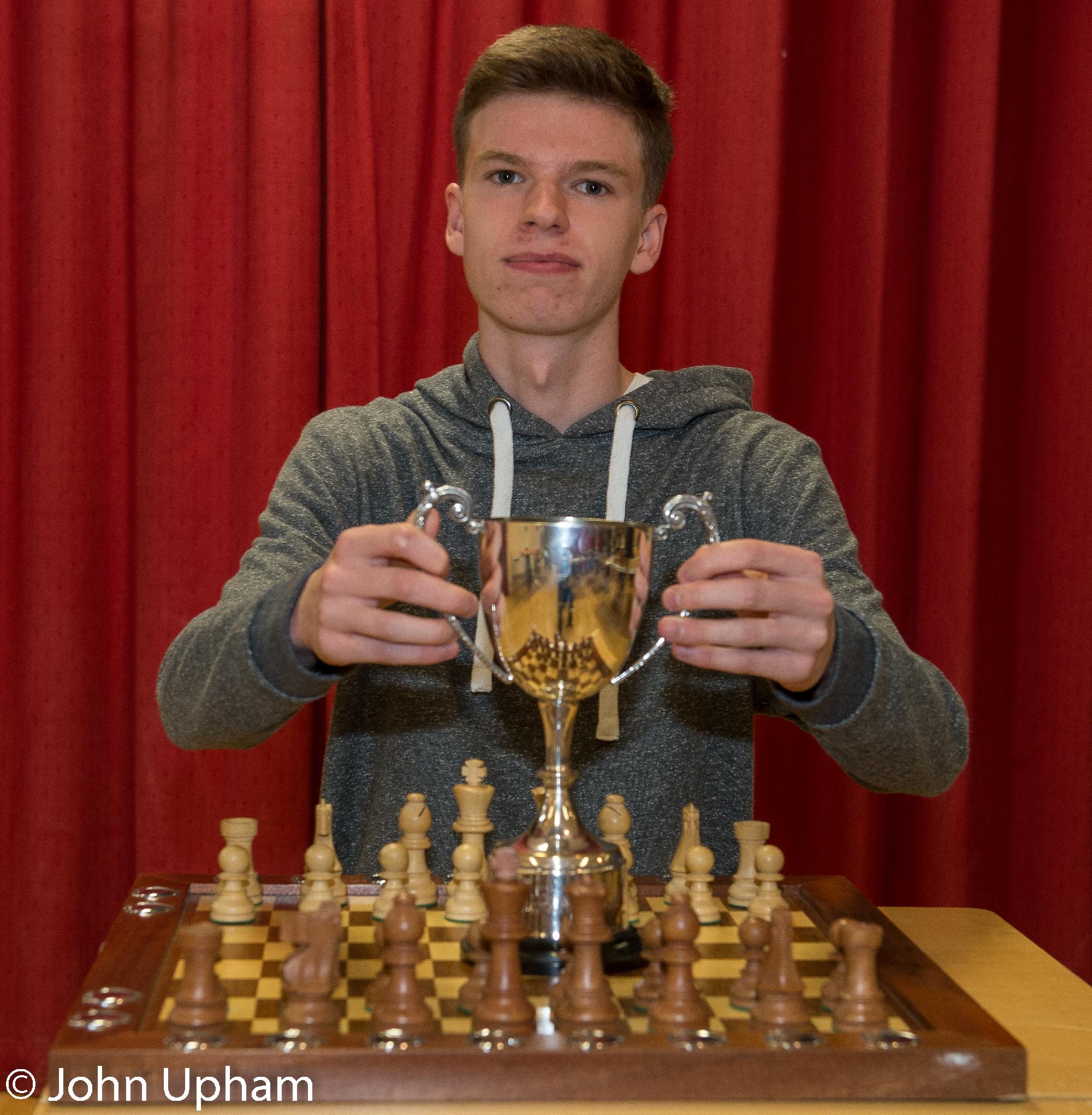
Joseph plays for Bolton and for Wood Green in the Four Nations Chess League.
Joseph won outright the Budapest First Sunday IM tournament in 2018 :

With the white pieces Joseph prefers a main line Ruy Lopez and the Open Sicilian and he has recently started dabbling with 1.d4
As the second player Joseph employs the Classical French and the Queen’s Indian Defences.
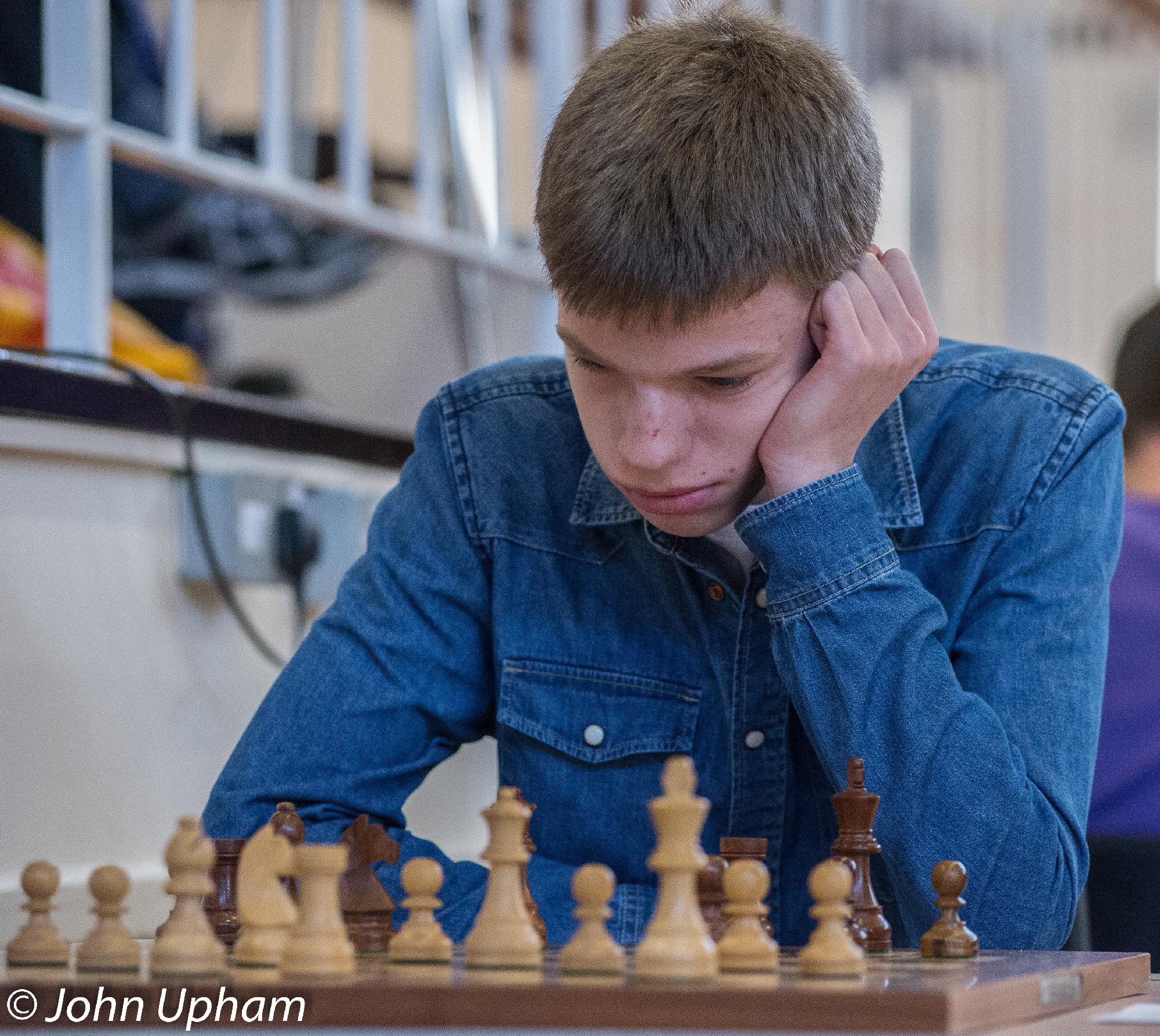
Happy Birthday IM Ezra Kirk (02-ix-1996)
BCN wishes Happy Birthday to IM Ezra Kirk (02-ix-1996)
Ezra Gillie Kirk was born on Monday, September 2nd 1996 in Waltham Forest, Essex.
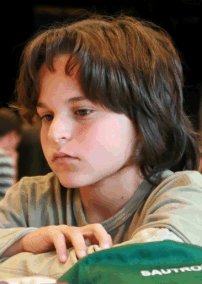
Ezra attended Varndean College, Brighton and then the University of Bath to read Natural Sciences and was an intern at AIR INDUSTRIE THERMIQUE and is currently a Data Product Consultant at the Kubrick Group and is based in France.
He edits chess books written by non-English speaking authors and is an accomplished musician publishing works on Spotify.
Ezra became a FIDE Master in 2013 and an International Master in 2018
His peak rating is likely to be in the future but currently is 2445 in December 2018 aged 22.
Ezra plays for 4NCL Cheddleton in the Four Nations Chess League.
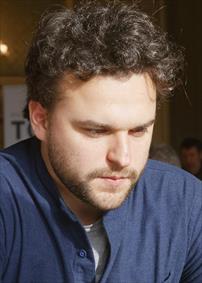
Here is one of Ezra’s best wins :
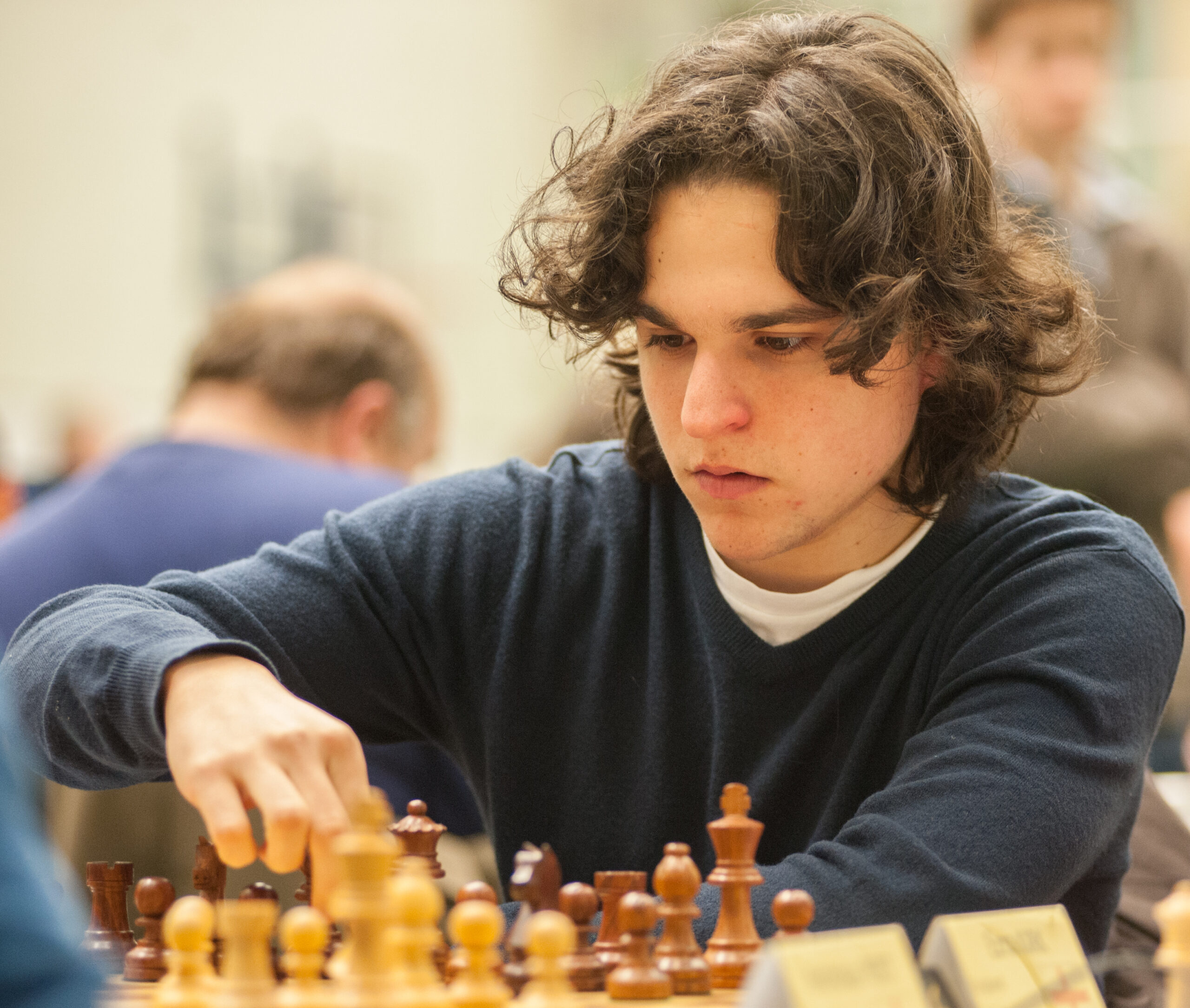
Happy Birthday FM Richard L Britton (01-ix-1957)
Remembering Joseph Blackburne (10-xii-1841 01-ix-1924)
BCN remembers Joseph Blackburne (10-xii-1841 01-ix-1924)
The following (excerpts of) information were obtained via ancestry.co.uk / findmypast.co.uk:
Joseph Henry Blackburne was born on Friday, December 10th, 1841 in Chorlton, Manchester. His father was Joseph Blackburn (aged 23, a temperance reformer) and his mother was Ann Pritchard (aged 24).
His brother Frederick Pritchard Blackburn died on 11 October 1847 in Lancashire, Lancashire, when Joseph Henry was 5 years old.
His sister Clara was born on 4 November 1847 in Street, Lancashire, when Joseph Henry was 5 years old.
His mother Ann passed away on 26 November 1857 in Manchester, Lancashire, at the age of 40.
His half-brother William Thomas was born on 17 June 1865 when Joseph Henry was 23 years old.
Joseph Henry Blackburne married Eleanor Driscoll on 10 December 1865 when he was 24 years old.
Joseph Henry Blackburne married Beatrice Lapham on 3 October 1876 when he was 34 years old.
His wife Beatrice passed away in January 1880 in St Olave Southwark, London, at the age of 26. They had been married 3 years.
Joseph Henry Blackburne married Mary Jane Fox in St Olave Southwark, London, on 16 December 1880 when he was 39 years old.
Joseph Henry Blackburne lived in Everton, Lancashire, in 1891.
According to Edward Winter in Chess Notes JHB lived at the following addresses :
- 16 Lucey Road, London SE, England (The Chess Amateur, October 1924, page 32 (address in 1879) and the 1881 British census (C.N. 4756)*).
- 116 Barkworth Road, Camberwell, London, England (1891 British census (C.N. 4756)*).
- 7 Whitbread Road, Lewisham, London, England (1901 British census (C.N. 4756)*).
- 45 Sandrock Road, Lewisham, London SE, England (Ranneforths Schach-Kalender, 1915, page 56, and Hastings Chess Club address list, 1922*).
According to chessgames.com :
“Joseph Henry Blackburne was born in Chorlton, Manchester. He came to be known as “The Black Death”. He enjoyed a great deal of success giving blindfold and simultaneous exhibitions. Tournament highlights include first place with Wilhelm Steinitz at Vienna 1873, first at London 1876, and first at Berlin 1881 ahead of Johannes Zukertort. In matchplay he lost twice to Steinitz and once to Emanuel Lasker. He fared a little better with Zukertort (Blackburne – Zukertort (1881)) and Isidor Gunsberg, by splitting a pair of matches, and defeating Francis Joseph Lee, ( Blackburne – Lee (1890) ). One of the last successes of his career was at the age of 72, when he tied for first place with Fred Dewhirst Yates at the 1914 British Championship.
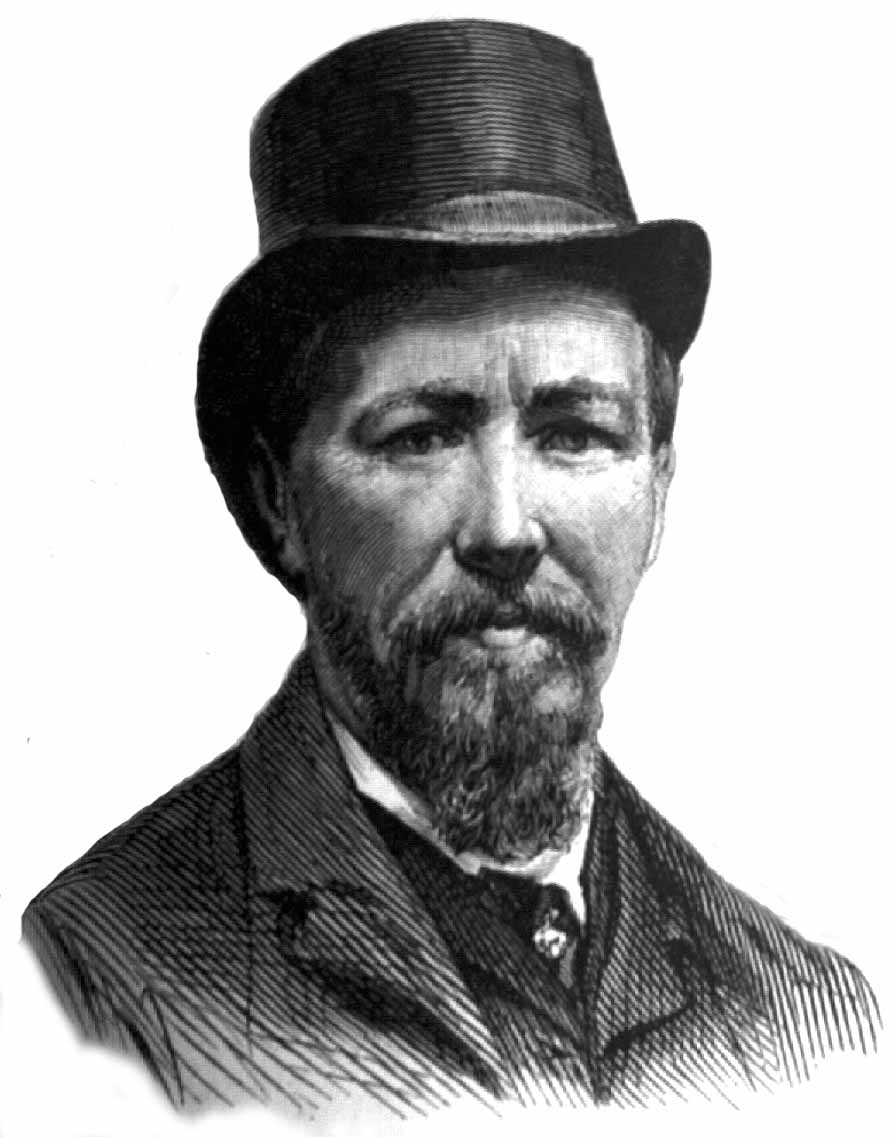
In his later years, a subscription by British chess players provided an annuity of £100 (approximately £4,000 in 2015 value), and a gift of £250 on his 80th birthday.”
In 1923 he suffered a stroke, and the next year he died of a heart attack.”
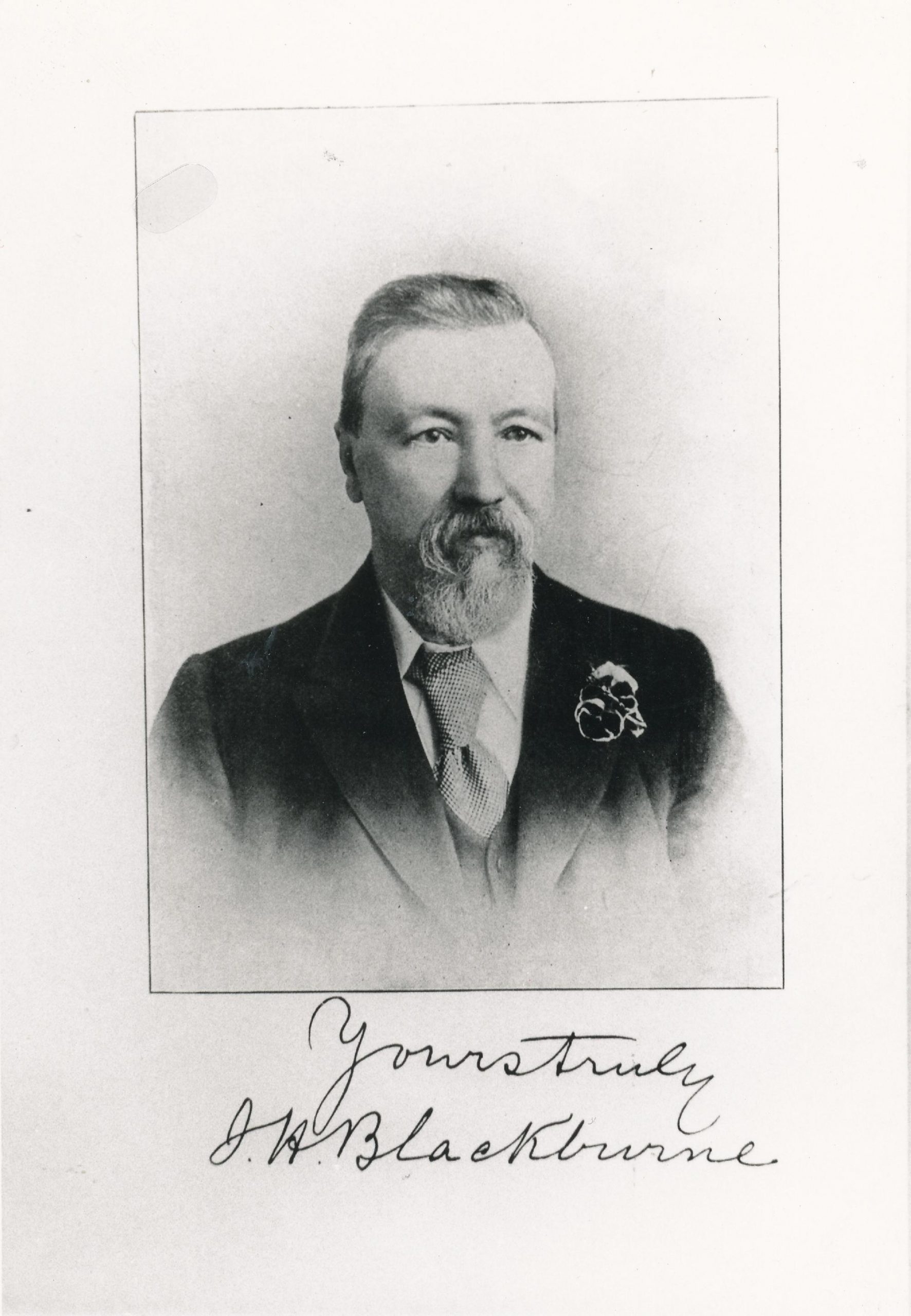
From The Oxford Companion to Chess (OUP, 1984) by Hooper and Whyld :
“For more than 20 years one of the first six players in the world and for even longer the leading English born player. Draughts was the most popular indoor game in his home town, Manchester; he learned this game as a child and became expert in his youth.
He was about 18 when, inspired by Morphy’s exploits, he learned the moves of chess. In July 1861 he lost all live games of a match against the Manchester chess club champion Edward Pindar, but he improved so rapidly that he defeated Pindar three months later (-1-5=2—1), and in 1862 he became champion of the club ahead of Pindar and Horwitz.
Instructed by Horwitz, Blackburne became one of the leading endgame players of his time; and wishing to emulate the feats of L. Paulsen, who visited the club in November 1861, he developed exceptional skill at blindfold chess. He spent most of the 1860s developing his chess and toying with various occupations.
After winning the British championship, 1868-9, ahead of de vere, he became a full-time professional player.
Blackburne achieved excellent results in many tournaments: Baden-Baden 1870, third equal with Neumann after Anderssen and Steinitz; London 1872, second (+5-2) after Steinitz ahead of Zukertort; Vienna 1873, second to Steinitz after a play-off; Paris 1878, third after Winawer and Zukertort: Wiesbaden 1880, first equal with Englisch and Schwarz; Berlin 1881, first (+13=2 — 1), three points ahead of Zukertort, the second prize winner (Blackburne’s greatest achievement); London 1883, third after Zukertort and Steinitz; Hamburg 1885, second equal with Englisch, Mason, Tarrasch, and Weiss half a point after Gunsberg; Frankfurt 1887, second equal with Weiss after Mackenzie; Manchester 1890, second after Tarrasch; Belfast 1892, first equal with Mason; London 1892, second ( + 6-2) after Lasker; London 1893, first ( + 2=3).
He was in the British team in 11 of the Anglo-American cable matches, meeting Pillsbury on first board six times (+2-3 — 1), and he continued to play internationally until he was 72, long enough to meet the pioneer of the hypermodern movement Nimzowitsch, whom he defeated at St Petersburg 1914.
Blackburne had remarkable combinative powers and is remembered for his swingeing king’s side attacks, often well prepared but occasionally consisting of an ingenious swindle that would deceive even the greatest all his contemporaries. The tournament book of Vienna 1873 refers to him as ‘der schrwarze Tod [Black death] der Schachspieler’, a nickname that became popular.
His unflappable temperament also earned him the soubriquet “the man with the iron nerves’. Even so, neither his temperament nor his style was suited to set matches, in which he was rarely successful against world-class players. He had other chess talents: a problem composer, he was also a fast solver, allegedly capable of outpacing the great Sam Loyd. Blackburne earned his livelihood by means of simultaneous displays, for this purpose touring Britain twice-yearly, with a few breaks, for more than 50 years.
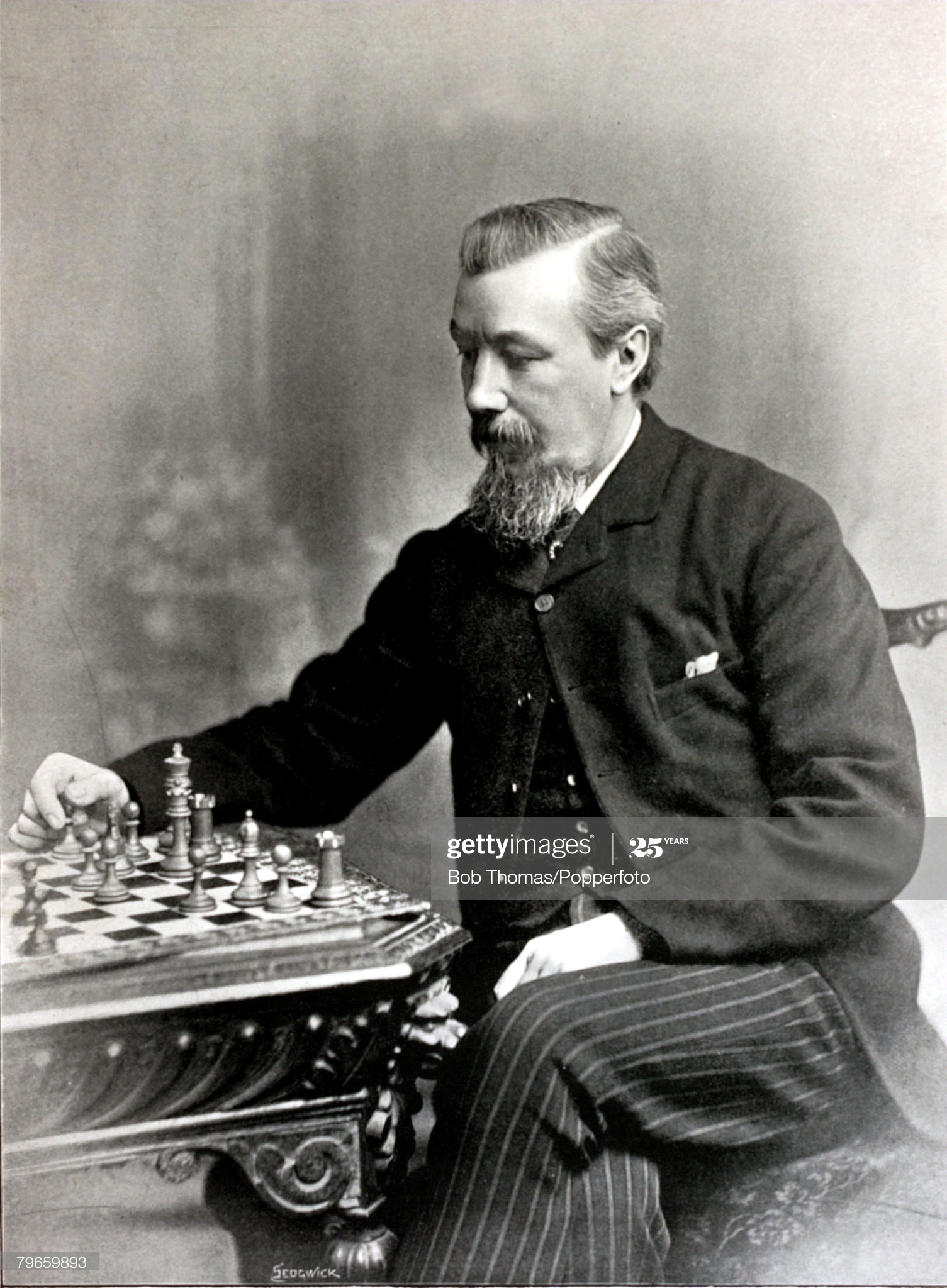
Before this time such displays were solemn affairs; Lowenthal, who would appear in formal dress and play for several hours in silence, was shocked when Blackburne turned up in ordinary clothes, chatting and making jokes as he played, and refreshing him self with whisky, (Blackburne confessed, however, that when fully absorbed in a game he never noticed whether he was drinking water instead,) Once, walking round the boards, he drained his opponent’s glass, saying when rebuked He left it en prise and I took it en passant‘
The illustrator Julius Hess depicted Blackburne in a New Yorker Staats Zeitung evening edition as sitting at a chesstable and beckoning: “Waitah! A whiskey and limejuice!”
He played his blindfold displays quickly, and with little sign of the stress that besets most blindfold players. Probably the leading blindfold expert of his time, he challenged Zukertort, a close rival in this field, to a match of ten games, played simultaneously, both players blindfold; but Zukertort declined. Many who knew and liked Blackburne subscribed to a fund which sustained him in his last years.
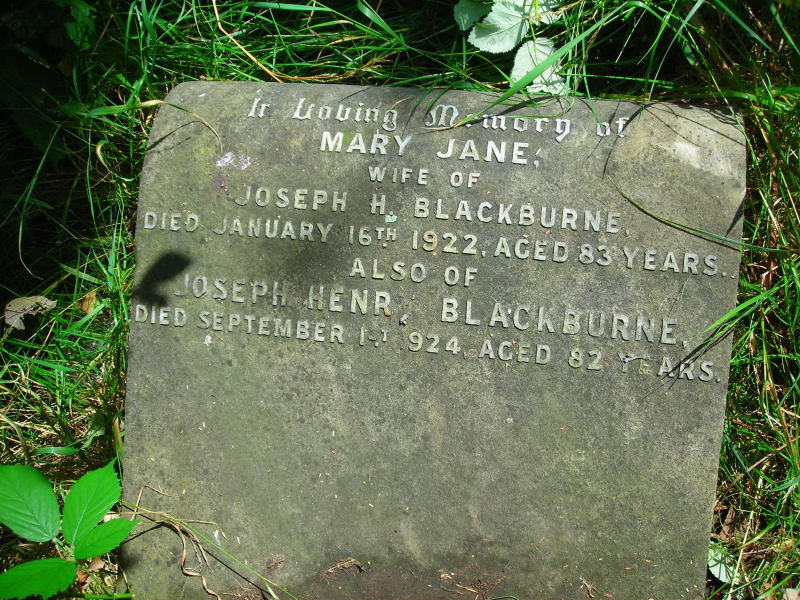
P. A. Graham, Mr Blackburne’s Games at Chess (1899) contains 407 games annotated by Blackburne and 28 three-movers composed by him.
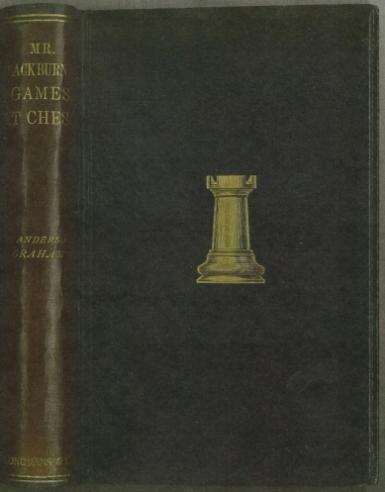
A reprint, styled Blackburne*s Chess Games (1979), has a new introduction and two more games.
One of Blackburne’s contributions was the suggestion of using chess clocks rather than the archaic hourglasses.
Here follows a reproduction of an article from British Chess Magazine, Volume LXXX1 (1961), Number 12 (December), page 340-342 written by RN Coles entitled “Early Days of a Great Master” :
“The only record of how J. H. Blackburne first, entered the chess world is the one provided by P. Anderson Graham in the introduction to his collection of Blackburne’s games. This has all the ingredients of a romanticized version of the truth-the first casual games in a temperance hotel, then entry to the important Manchester Club and a series of victories over ever stronger opponents until at last Pindar, Champion of the Provinces, comes along, plays the unknown youth and is defeated.
Reference to C. H. Stanley’s column in the Weekly Guardian and Express helps to supply a more accurate version. Young Blackburne’s earliest interest was in problems and he submitted one to the Guardian and Express which appeared in January, 1861, only to be found by several solvers to be cooked, Then silence till May 11th, when the column carries a note:
J. H. B. Problems received with much pleasure…Shall be glad to see you at the Club.”
Here are a couple of published problems. For a complete listing see below.
Manchester Express, 1861
#4. 6+4
The Field, 1893
#3, 7+6
Not yet a member, clearly. Nevertheless, he contrived somehow to meet Pindar outside the club and played some games-with him (two scores appear in the Guardian and Express, July 20th), and a set-match of five up was then arranged, still played in private (Guardian and Express, August 3lst), which “was terminated by Mr. Pindar winning a clear victory, the score being Pindar 5, Blackburne 0” (one game was quoted in the July “B.C.M.” and another score can be found in the Guardian and Express, July 27th.
“A second match was agreed upon, level games to entitle either player to the victor’s palm. The result … is calculated positively, to startle the chess world. The first game was scored by Mr. Pindar; of the next seven, Blackburne won five and the two remaining were drawn. ‘At this point Mr. Pindar resigned the match.” (Guardian and Express, September 7th, with the score of a Blackburne win from this match quoted February 1st, 1962.)
Only now does Blackburne appear to have joined the Manchester Club, meeting such players as Stanley himself for the first time (Guardian and Express gives the score of a casual game, November 9th), though Stanley later claimed personally to have discovered the young prodigy.
In November, 1861, Paulsen visited the club and the score survives of a casual game in which he beat Blackburne, who played a Winawer Variation of the French Defence long before Winawer ever came on the-scene (Guardian and Express, December,1861); Paulsen concluded his visit with one of his celebrated ten-board blindfold displays and not unnaturally the young Blackburne eagerly took a board; his defeat is No.25O in his games collection. This so stimulated him that he himself tried blindfold play and by January 20th, 1862, was able to give his first display against four boards, winning them all (Guardian and Express, January 25th, with one of the scores). This he followed with seven games on February 8th,
winning five and losing two. (Guardian and Express, February 8th) and finally ten games on February 8th, winning five, losing two, and drawing three (Guardian and Express,February 15th, which quotes the score of one game in addition to No. 254 in his games).
Inter-club matches were something of a rarity in those days and were regarded as of considerable importance when they occurred; one such was the annual Manchester-Liverpool match and in 1862 Blackburne took part for the first time, being matched against Wellington, another young player of promise who seems to have got no further; as many games were played between opponents as time allowed and these two young men played three, all won by Blackburne. (Guardian and Express, February 22nd, which quotes the score of one game in addition to No. 138 in the collection).
During this spring the rivalry with Pindar was renewed in a third match for the first five wins and after eleven games the score stood at 4 each, with three drawn (Guardian and Express, March 15th, quoting the score of the eleventh game), but I cannot find who won the last game. Since Blackburne was hailed as club champion this season, one must suppose he was the victor.
Such was his first club season. ln June, 1862, he played in the London lnternational Tournament and from then on his chess career was public property.
To conclude, here is the score of the eleventh game of his third match with Pindar, a critical struggle in which his budding mastery appears at the-end. From an inferior opening he struggles into an equal ending but by a rash exchange of Rooks on the 36th move gives Pindar a clear advantage, which could have been held by 41. P-R4. Blackburne seizes on this omission like a real master to switch into a most accurately calculated queen ending.
and here is the original article:
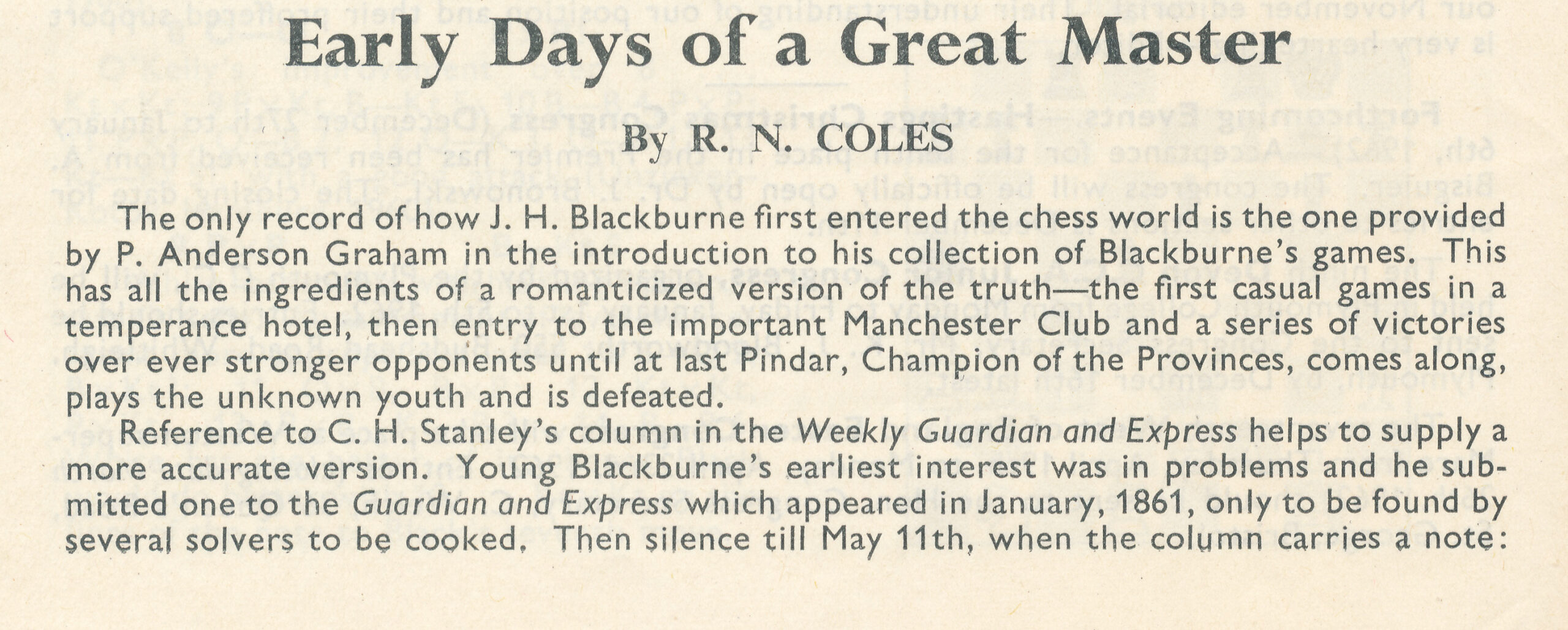
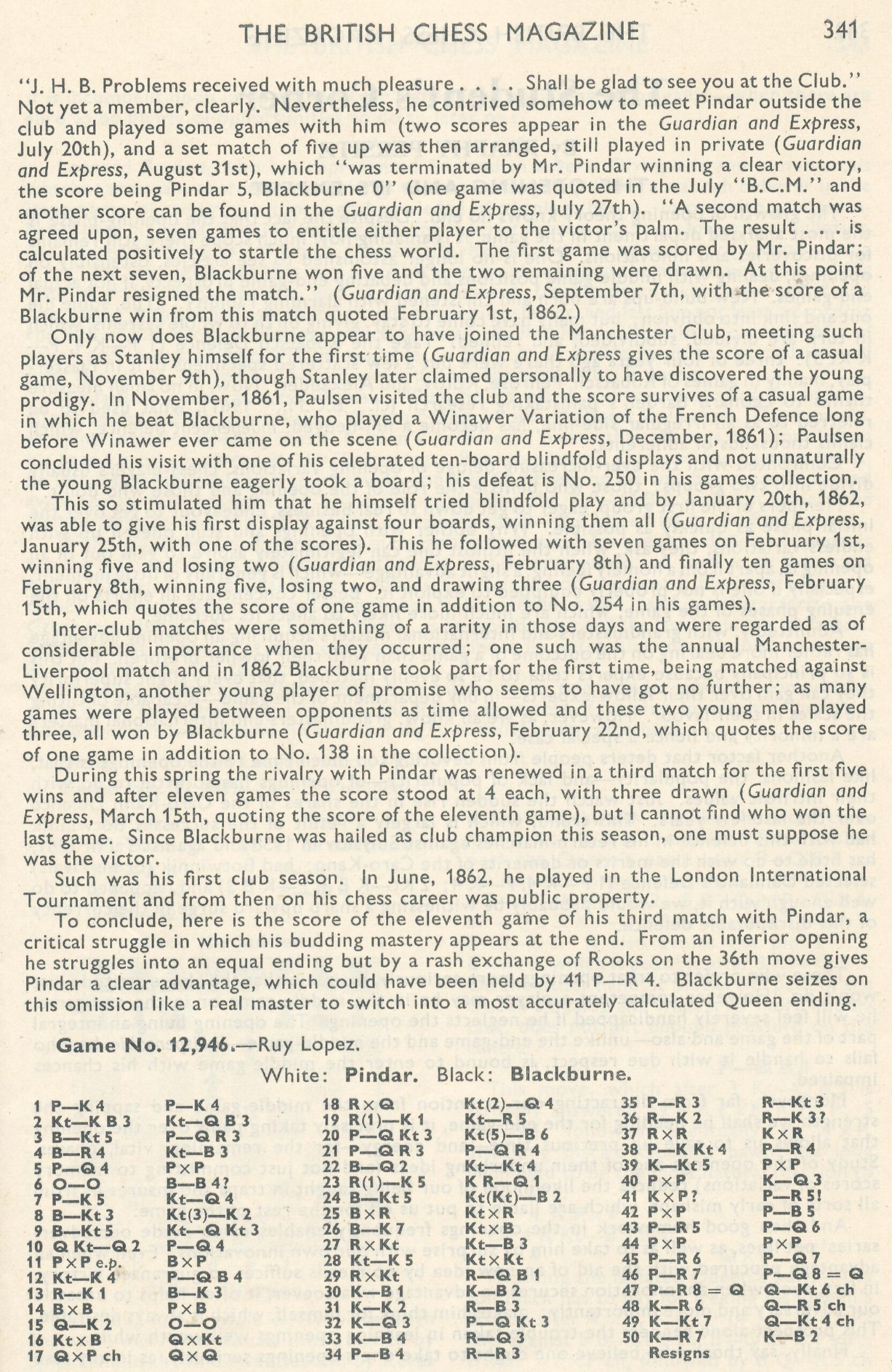
Many juniors and beginners will know the Blackburne Shilling Gambit (or Kostić Gambit) in some circles known (named by Julian Hodgson) as the ‘Oh My God’:
There are variations named after Blackburne as follows :
The Blackburne Attack in the Four Knights is
and the Blackburne Variation of the Dutch defence is
and a popular line in the Queen’s Gambit
are attributed to Blackburne in the literature.
According to The Encyclopedia of Chess (Batsford, 1977) by Harry Golombek :
“British grandmaster and highly successful tournament player who was one of the most prominent masters of the nineteenth century. He did not learn to play chess until the age of nineteen, but his natural gifts soon brought him into the front rank of British players, and in 1868 he abandoned his business interests and adopted chess as a profession.
Blackburne’s international tournament career spans an impressive fifty-two years from London 1862 to St. Petersburg 1914 – a total of 53 events in which he played 814 games, scoring over 62%. Although he rarely won international events, he generally finished in the top half of the table and his fierce competitive spirit coupled with his great combinative ability earned the pleasant nickname of ‘the Black Death’.
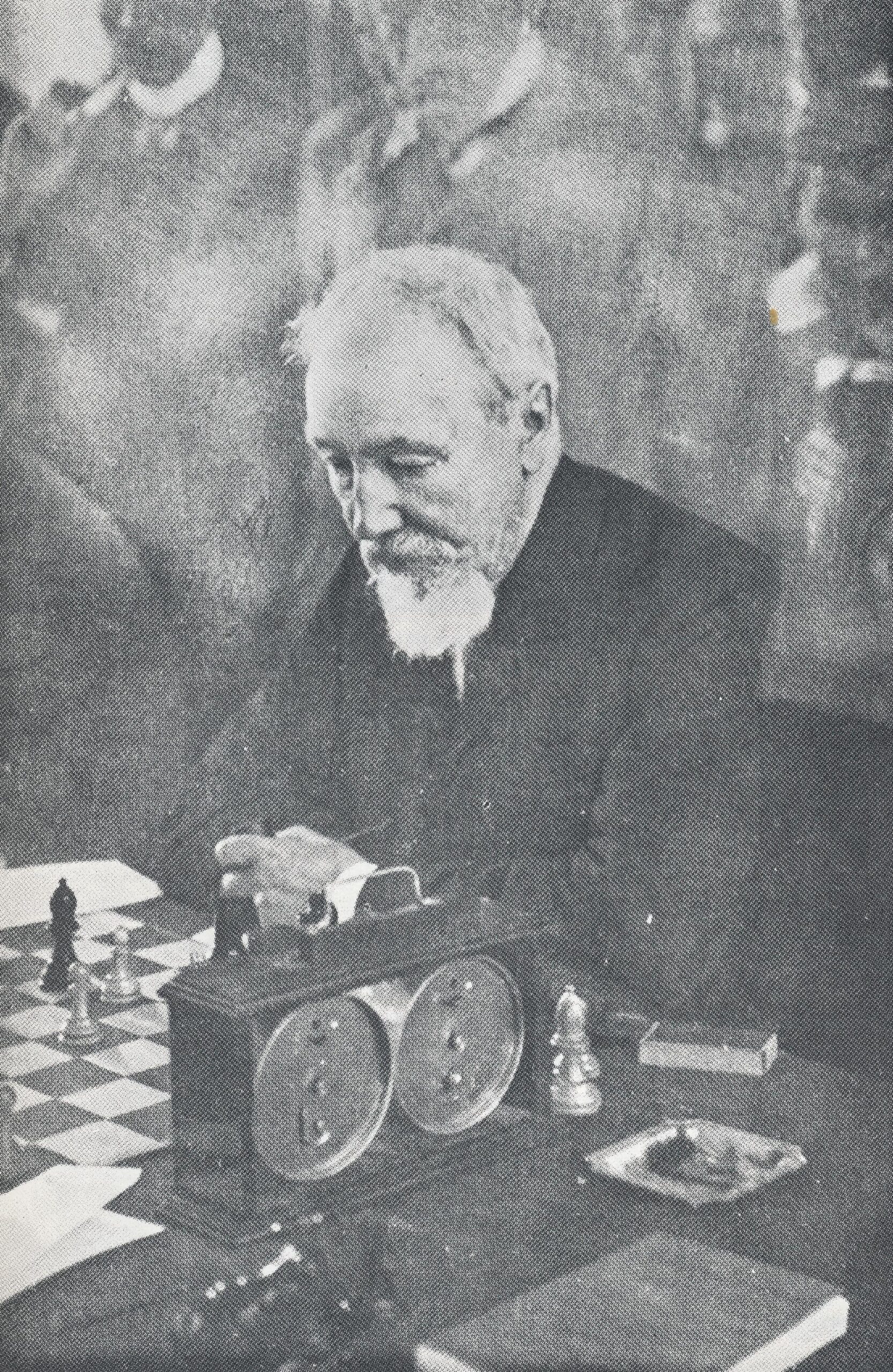
His most notable successes were =1st with Steinitz at Vienna 1873 (Blackburne lost the play-off match), 1st at Berlin 1881 ahead of Paulsen, Schallopp, Chigorin, Winawer and Zukertort, and 2nd to Tarrasch at Manchester 1890.
Blackburne won the BCA Championship in 1868 and for many years was ranked as Britain’s foremost player. In 1914 – at the age of 72 – he shared first place at the BCF congress in Chester.
In match play his success was mixed. He defeated Bird in 1888 (+4-1) and Gunsberg in 1881 (+7-4=3) but lost a second match to Gunsberg in 1886 (+2-5=6). He lost to Lasker (+0-6=4) in 1892 and was defeated heavily twice by Steinitz : in 1862/3 (+1-7=2) and in 1876 (+0-7=0), the latter of these matches being for the World Championship.
Blackburne excelled at blindfold play and in simultaneous exhibitions, which provided a major portion of his income. He died in Lewisham, a much respected veteran of eighty-three.”
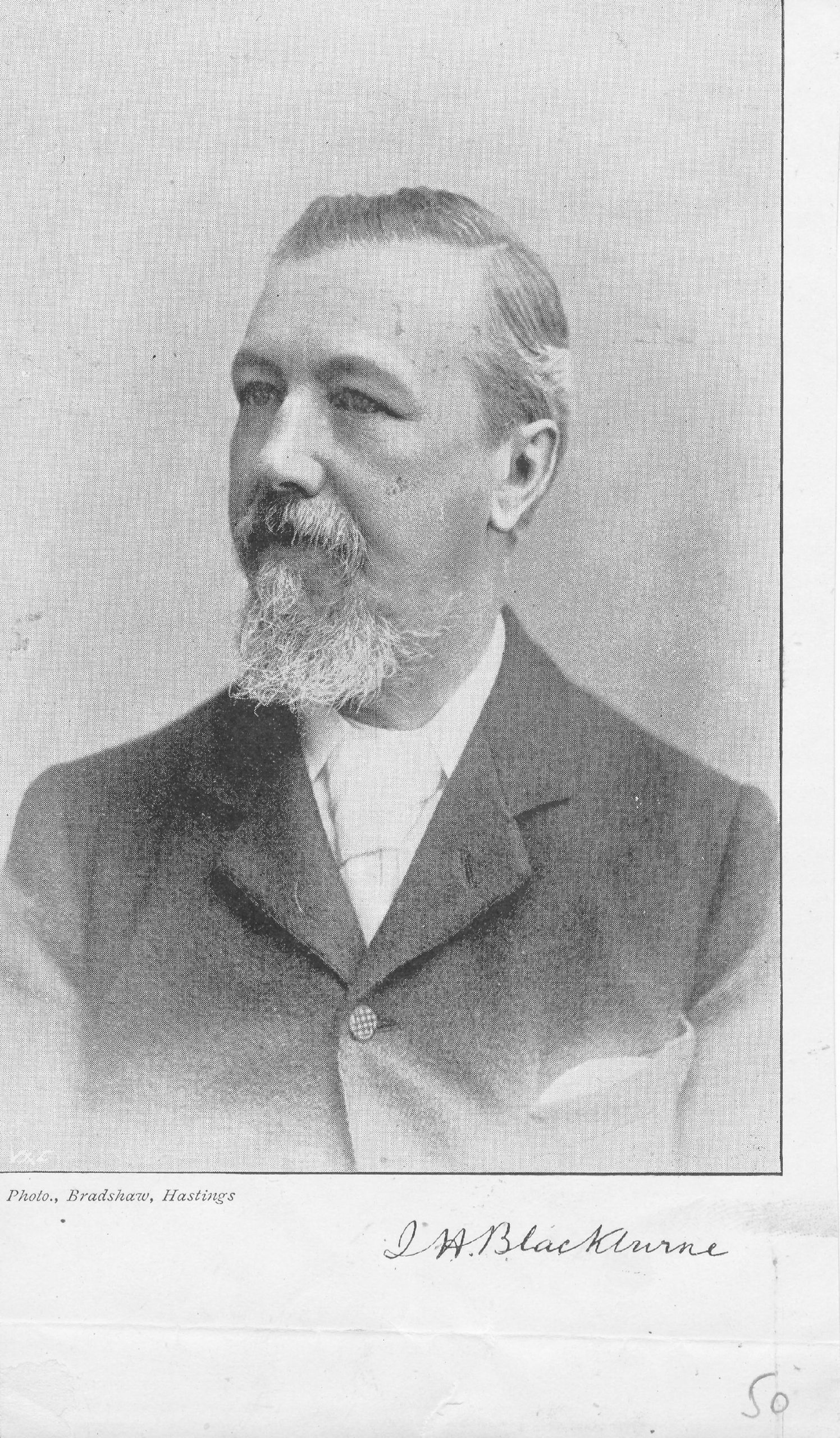
On March 21st 2023 Chessbase published an article by Eugene Manlapao.
Edward Winter discusses the Zukertort-Blackburne game of 1883.
Here is an article on chess.com by Bill Wall
Problems of the Black Death by Batgirl
Meson Database of JHBs problems
Here is his Wikipedia entry
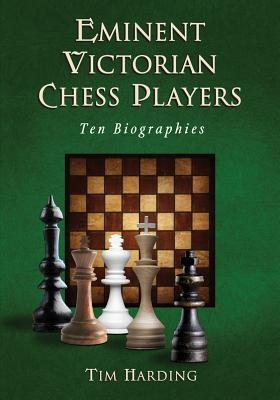
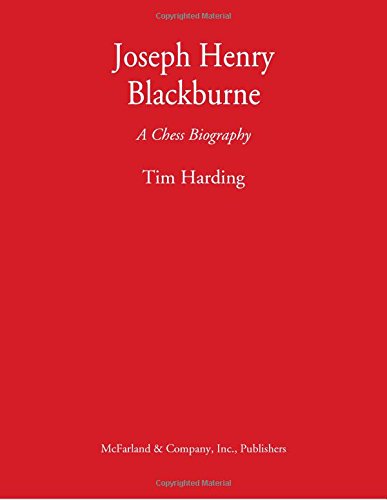
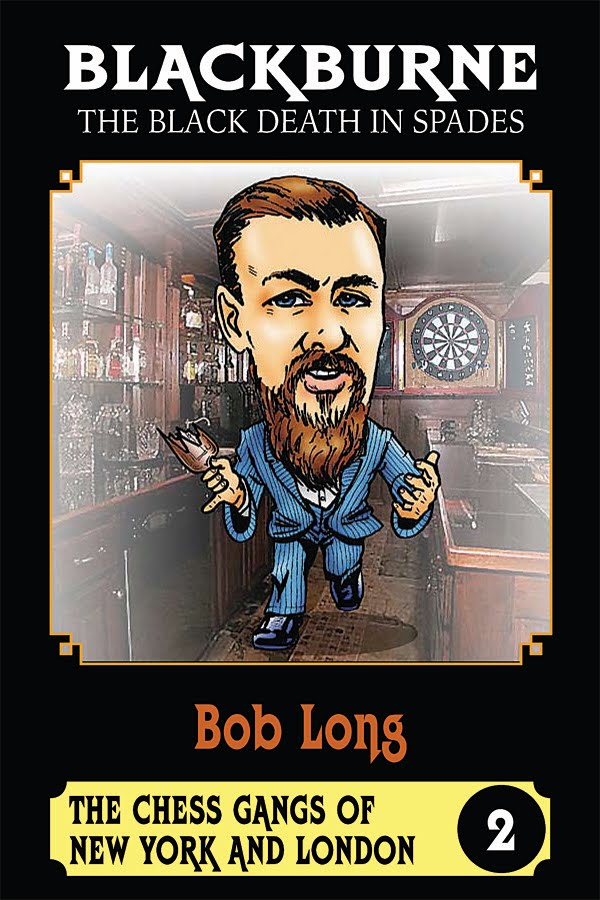
Happy Birthday FM Kevin O’Connell (28-viii-1949)
BCN wishes happy birthday to FM Kevin O’Connell (28-viii-1949)

Kevin John O’Connell was born on Sunday, August 28th 1949 in London.
Kevin attended Ilford County High School and The University of Exeter followed by an MSc in Sports Sciences at The University of Exeter.
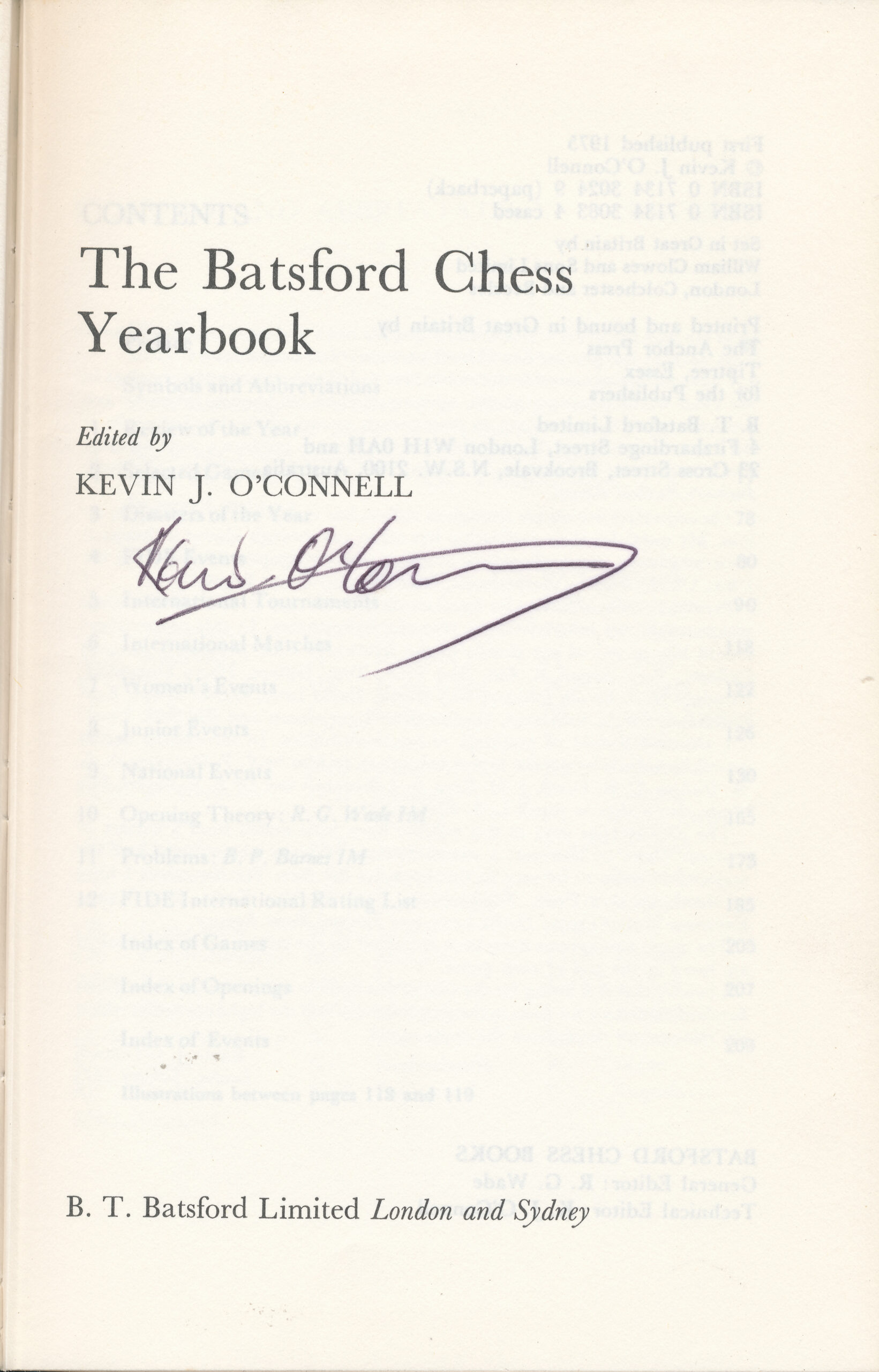
According to The Games of Robert J. Fischer :
“Kevin is an Essex county player and bulletin editor”.
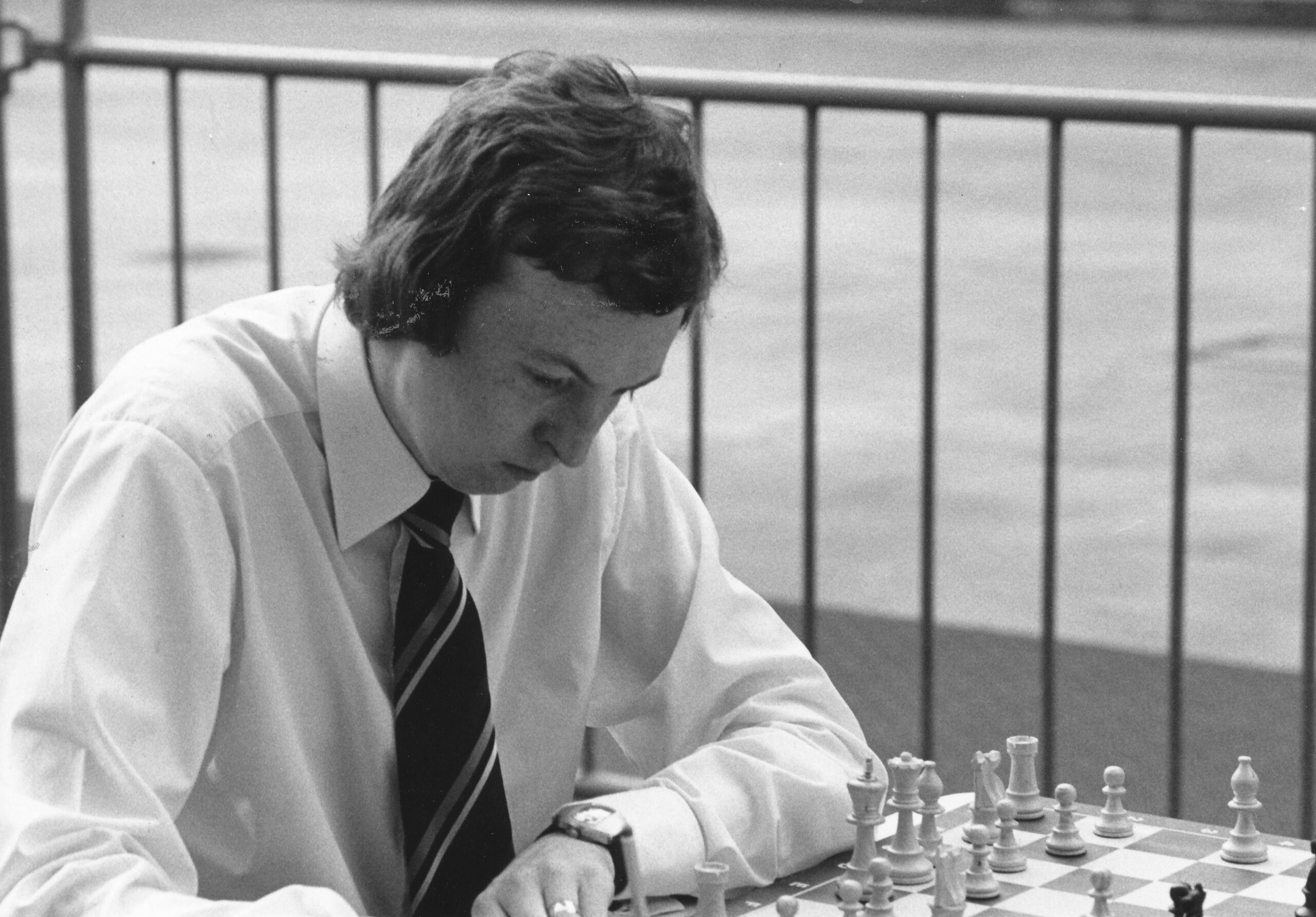
According to How to Play the Sicilian Defence :
“Kevin O’Connell is editor of the FIDE Chess Yearbook, author of many other chess books and chess columnist of London’s Evening News”
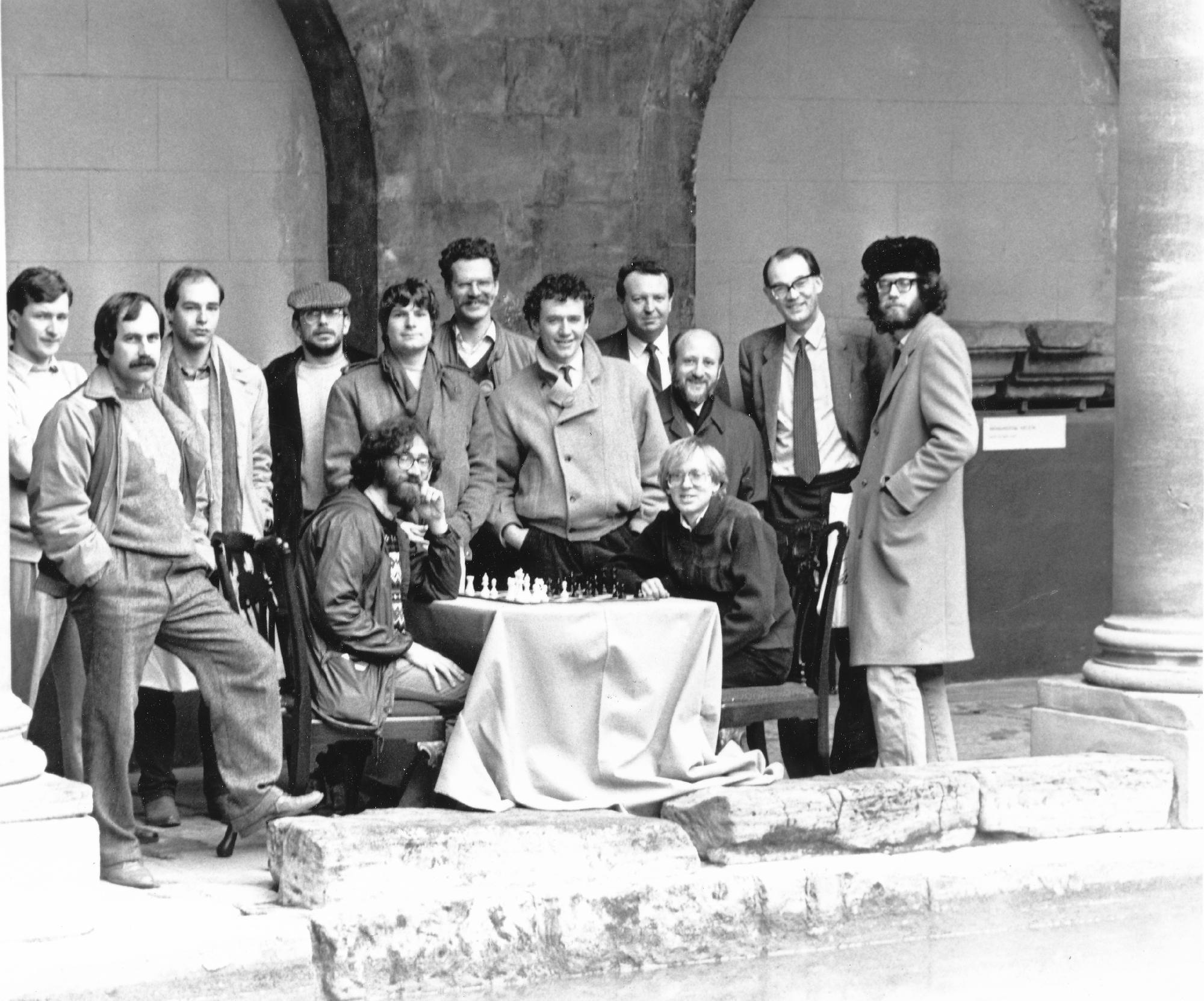
Harry Golombek wrote in The Observer Magazine (about The Batsford Chess Yearbook 1975/6) :
“O’Connell has done his work extremely well and I found all the contents interesting”
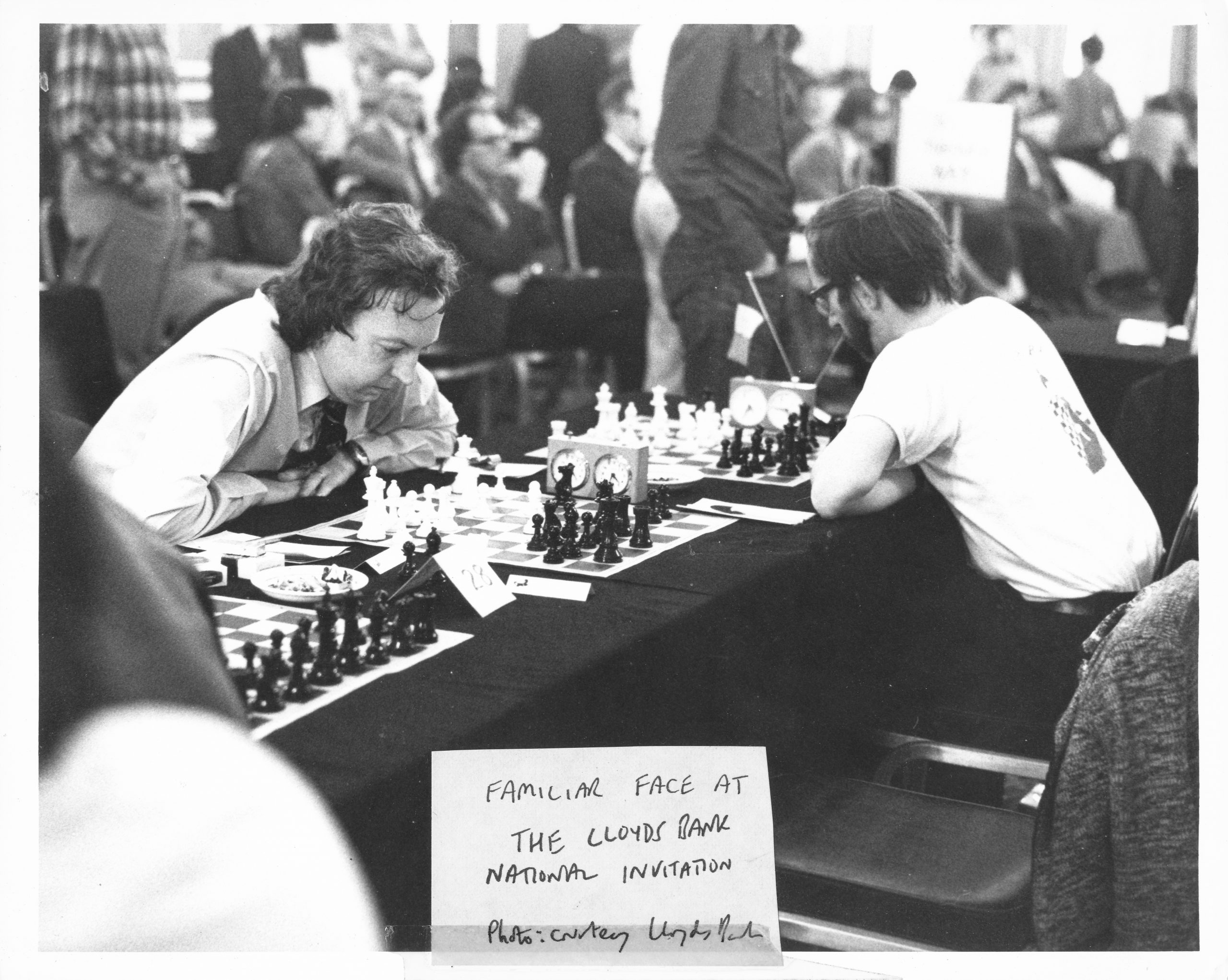
and Leonard Barden wrote (of the same book) :
“Book of the year…this reviewer admits to consulting it more frequently than any other book on his shelf”
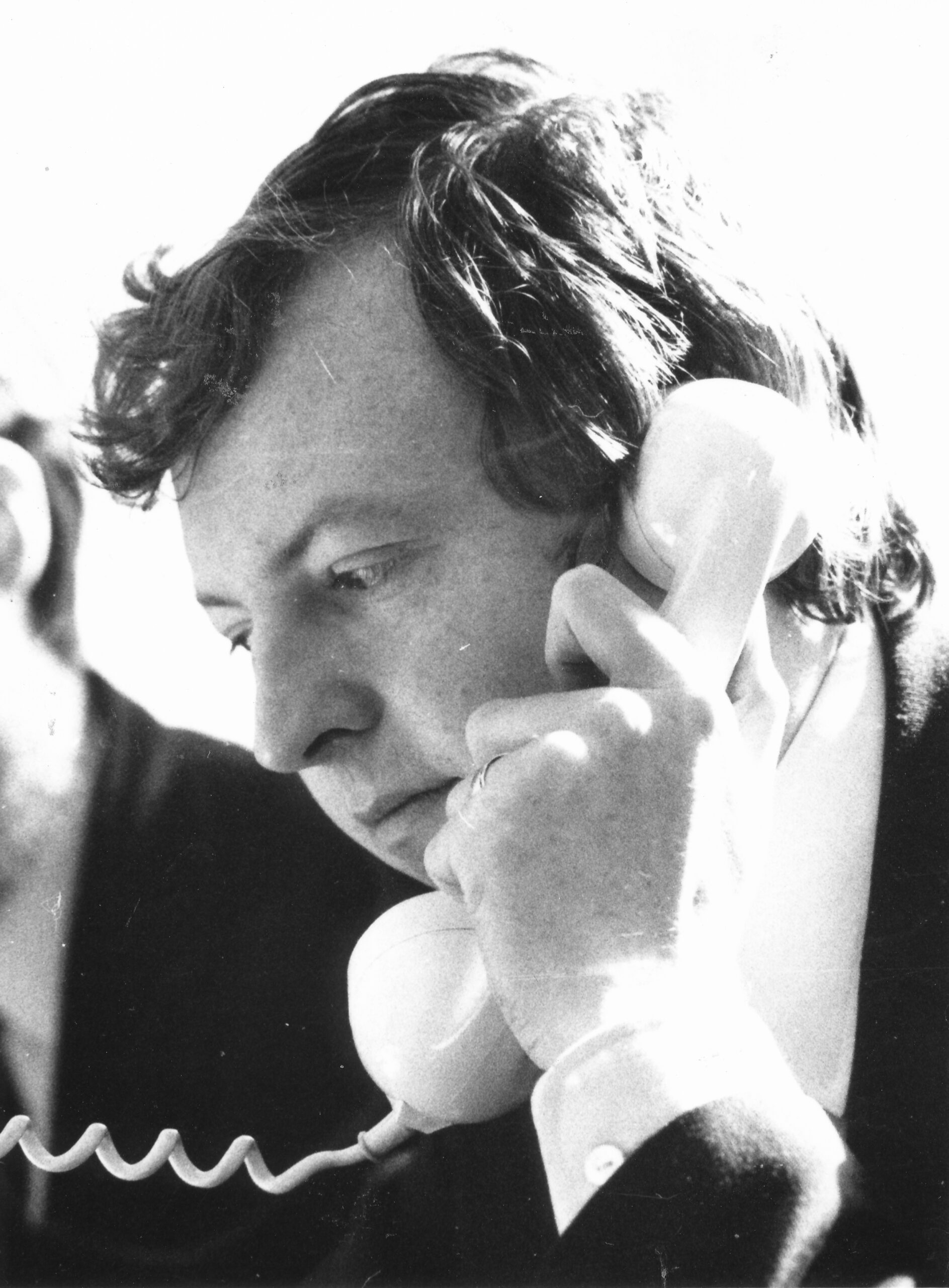
Kevin was coach (they lived in the same road in Suffolk) to GM Nick Pert and IM Richard Pert
Kevin became a FIDE Master in 2006 and his peak rating (according to Felice) was 2360 in July 1993 at the age of 44.
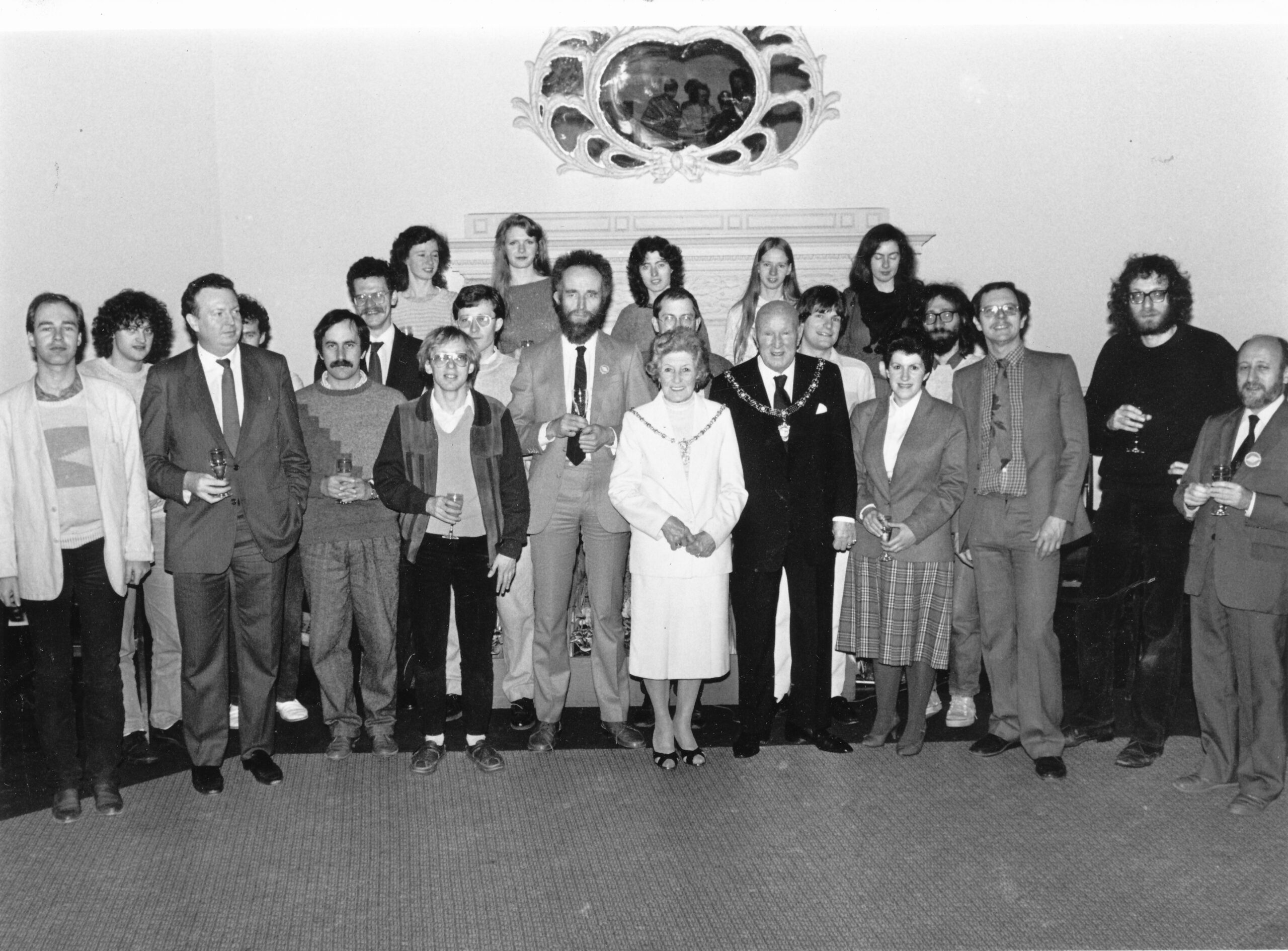
Kevin became a FIDE International Arbiter (IA) in 1998. He was the FIDE Delegate for the Republic of Ireland and was Honorary Chairman and Secretary of the FIDE Chess in Education Commission (EDU) having retired from the roles in the last couple of years. He is also a FIDE Senior Trainer.
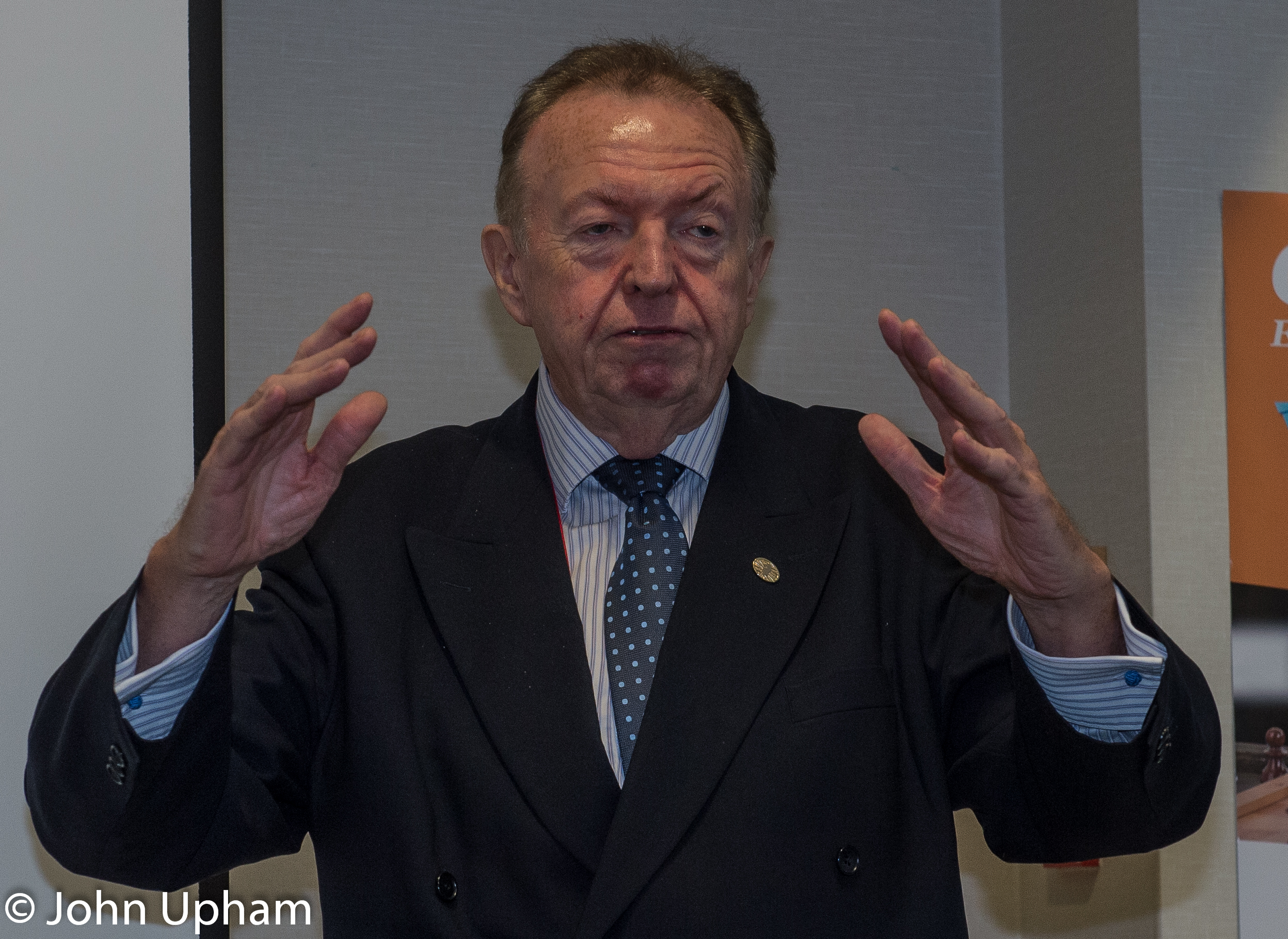
Here is his Wikipedia entry

